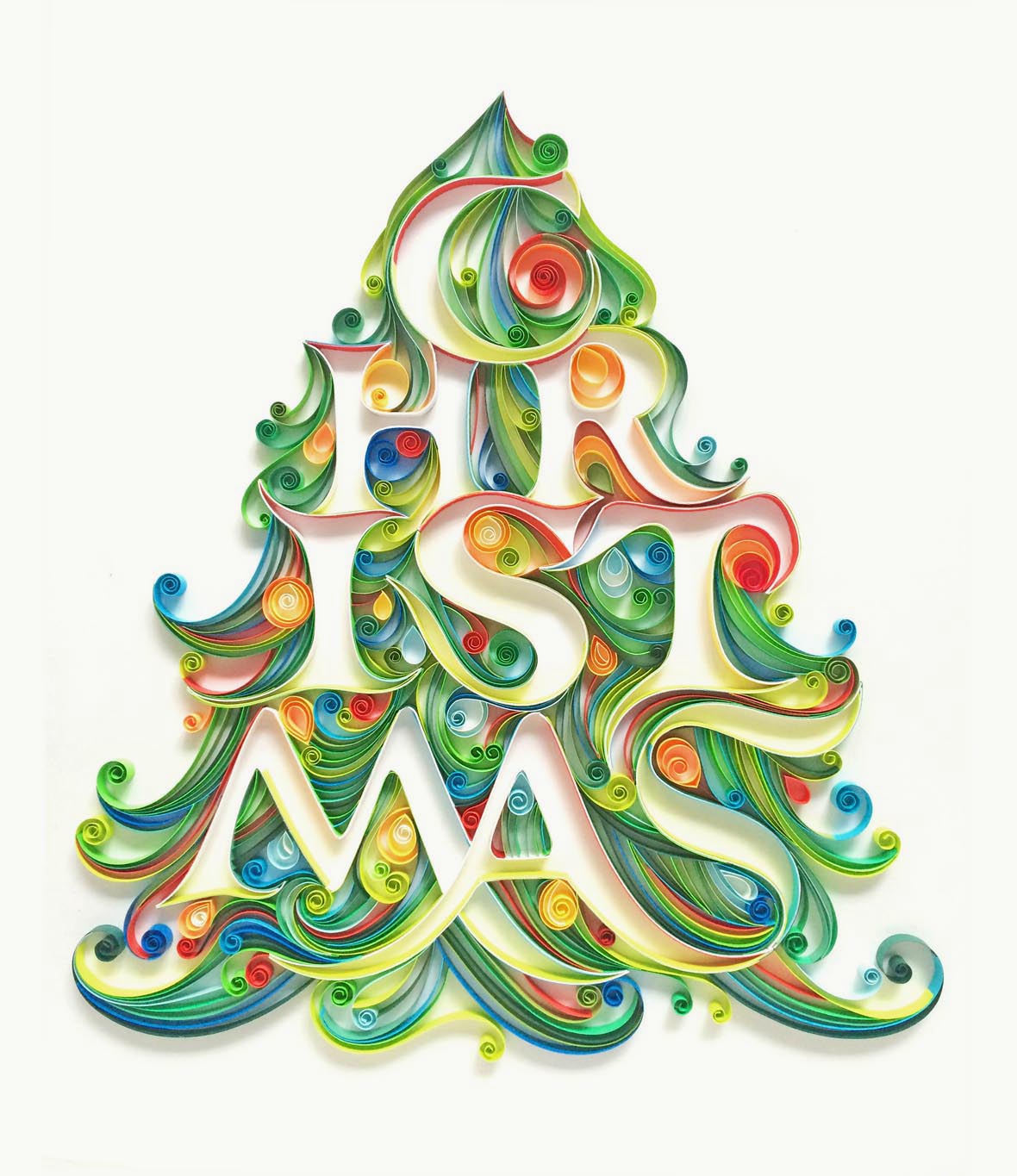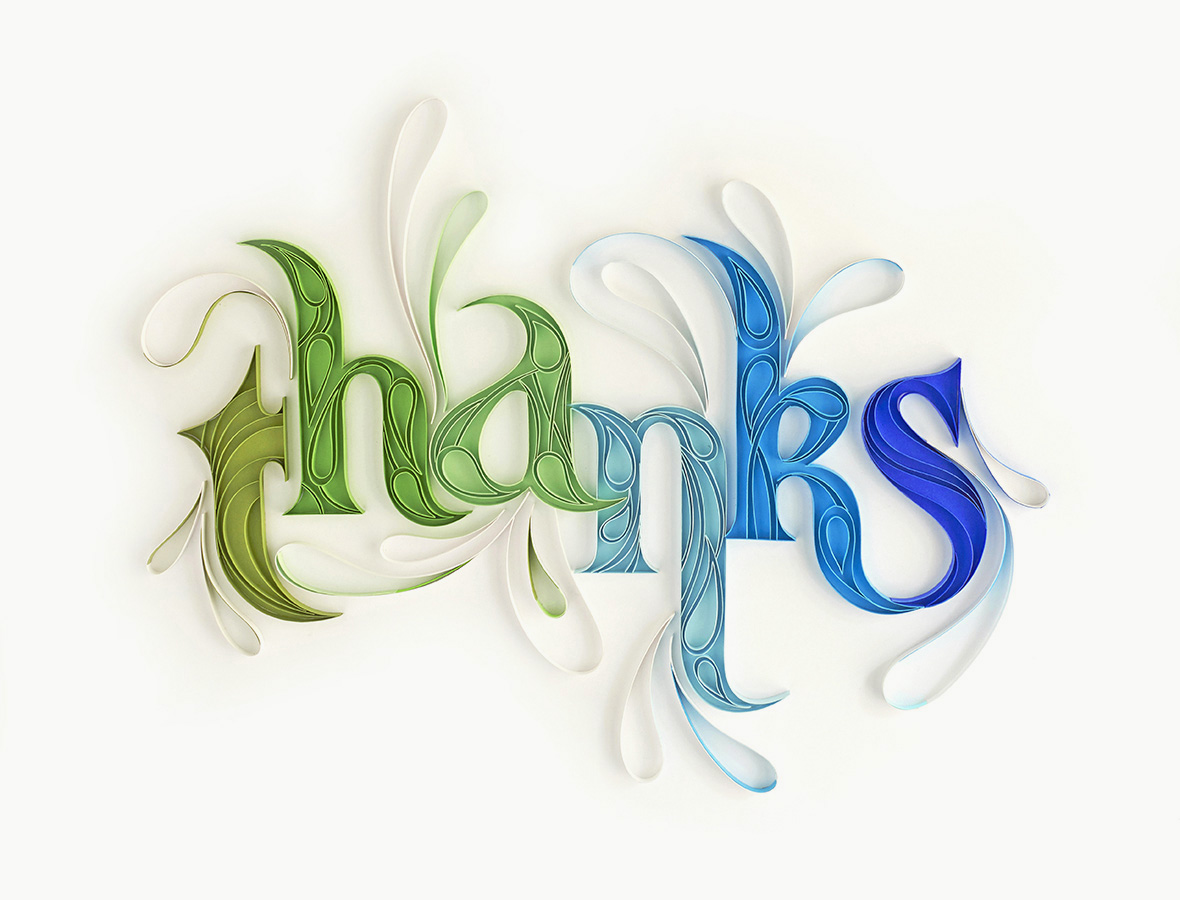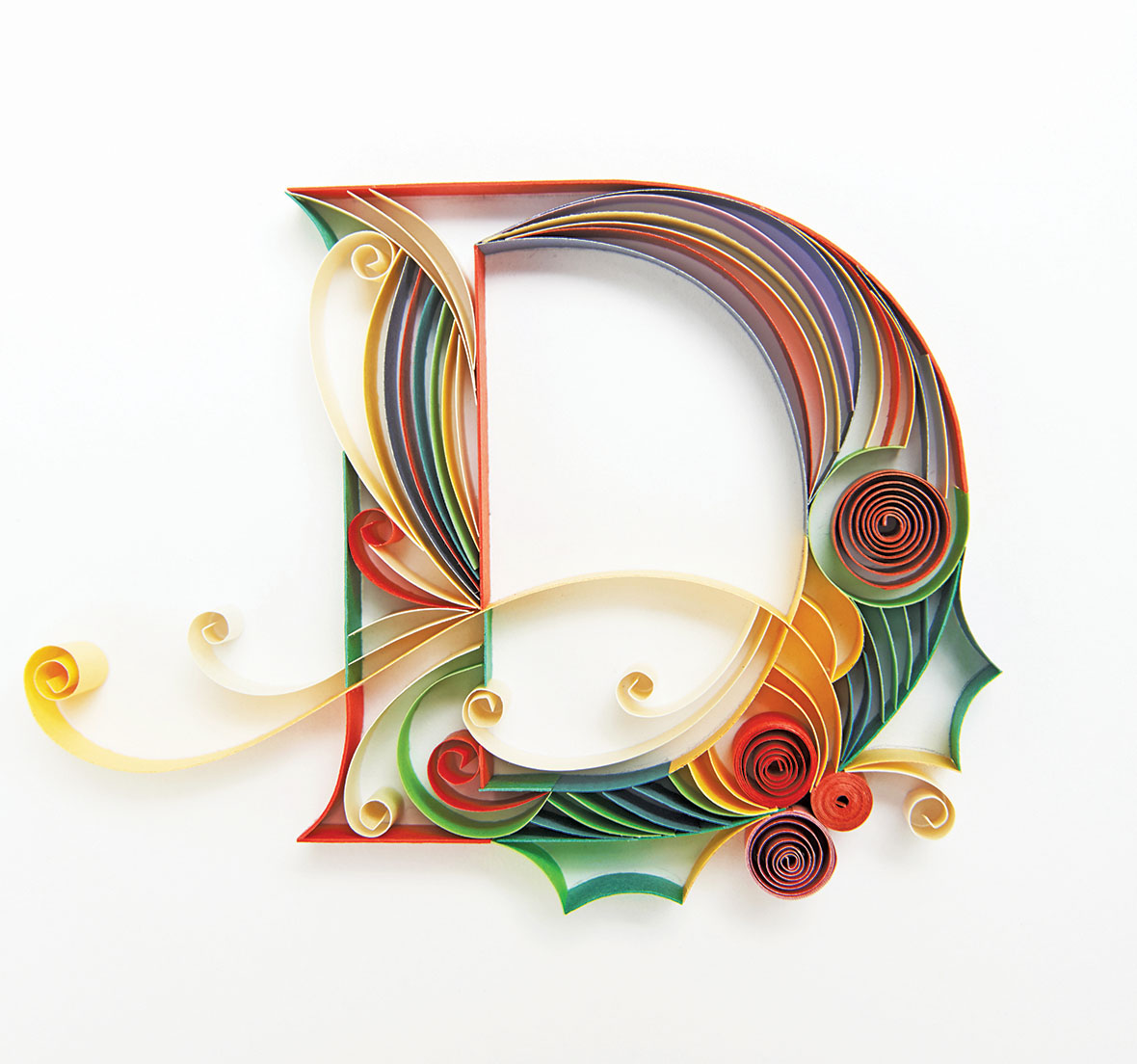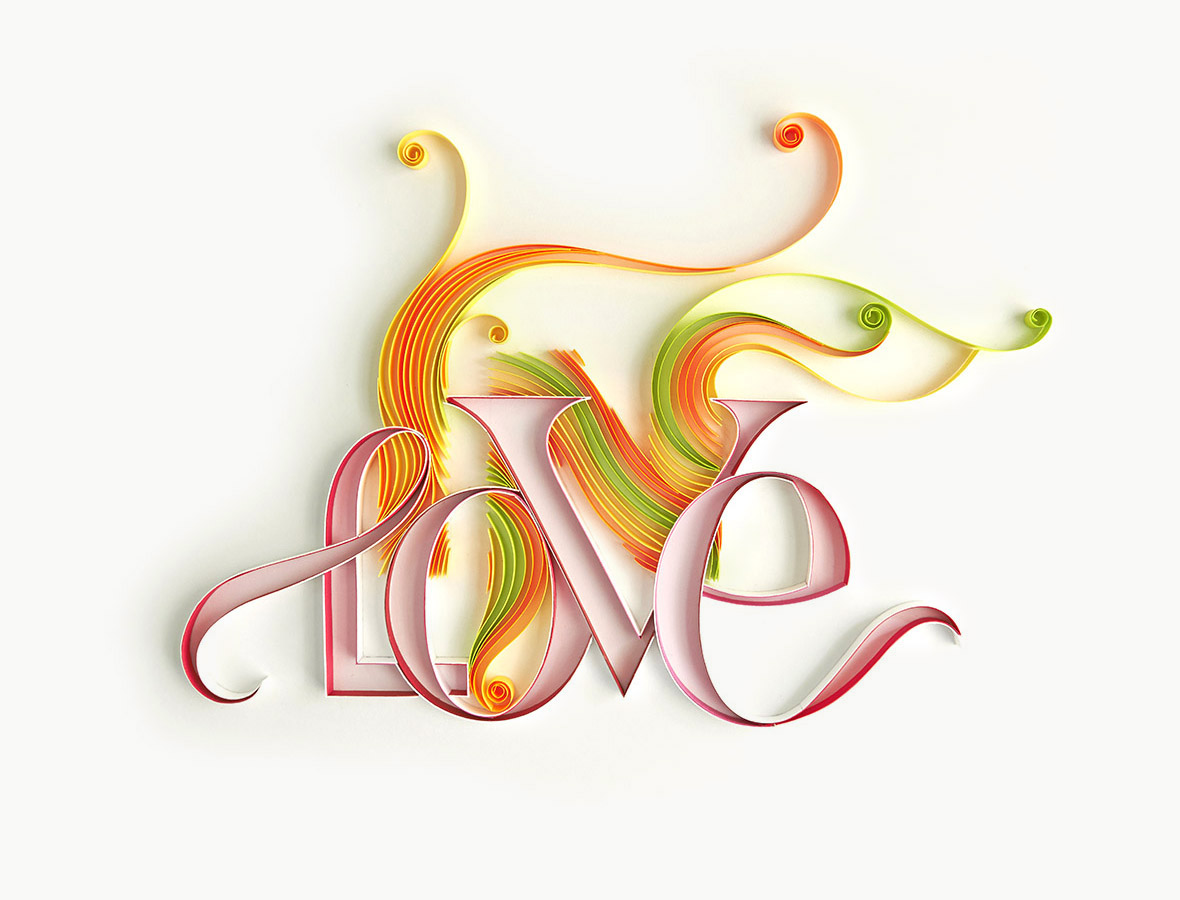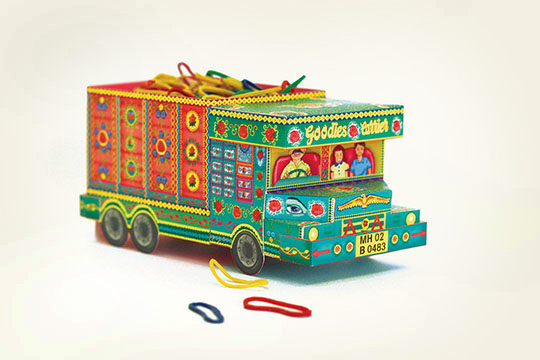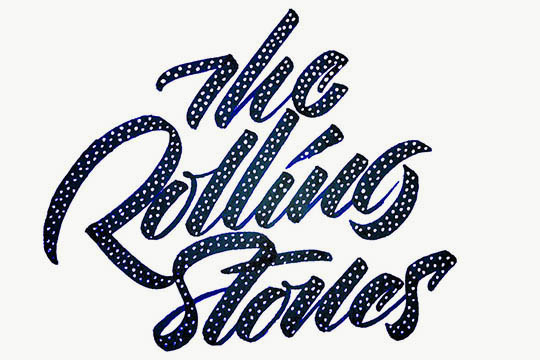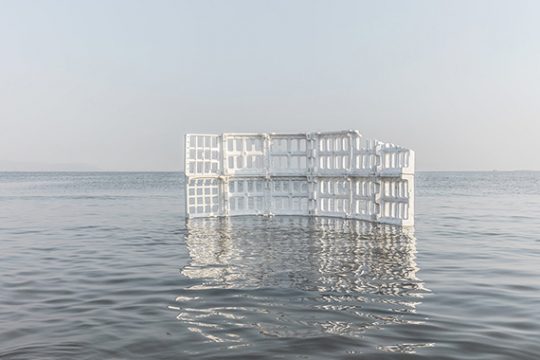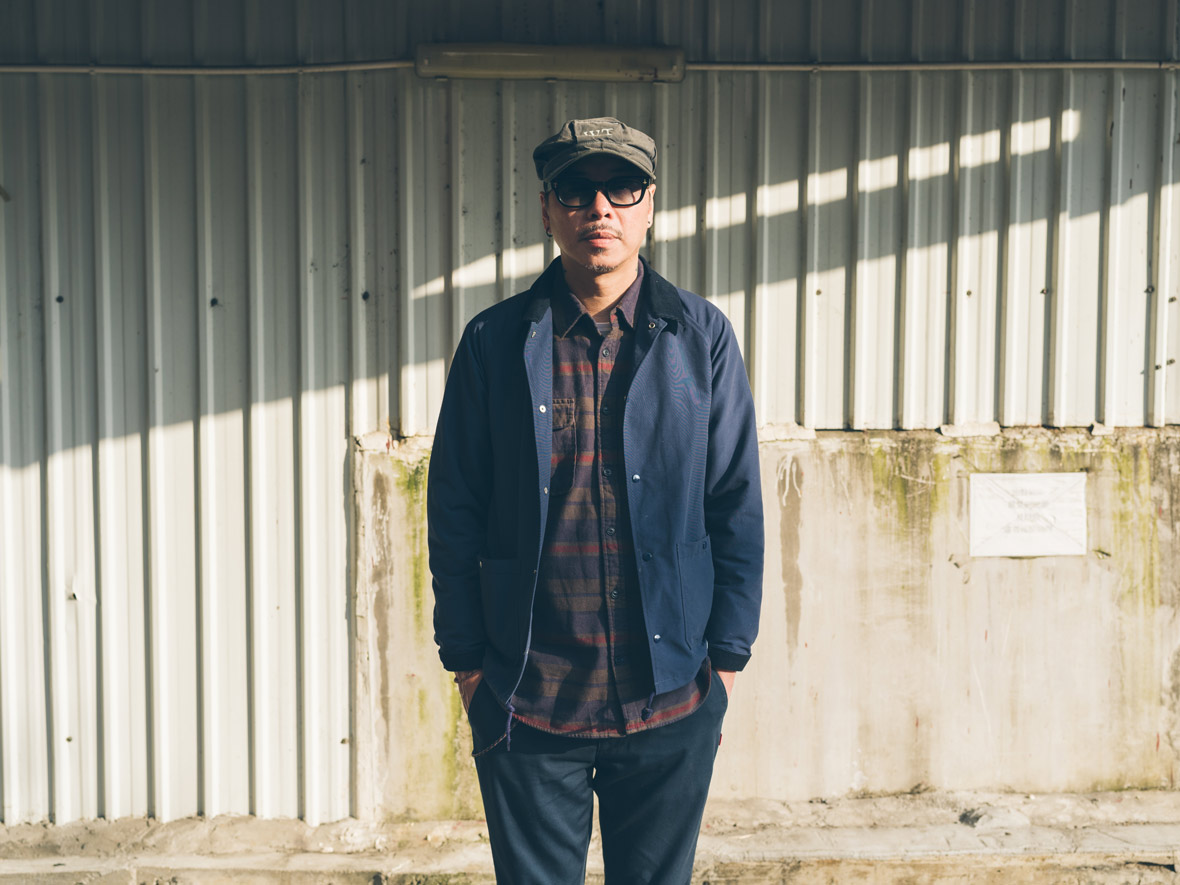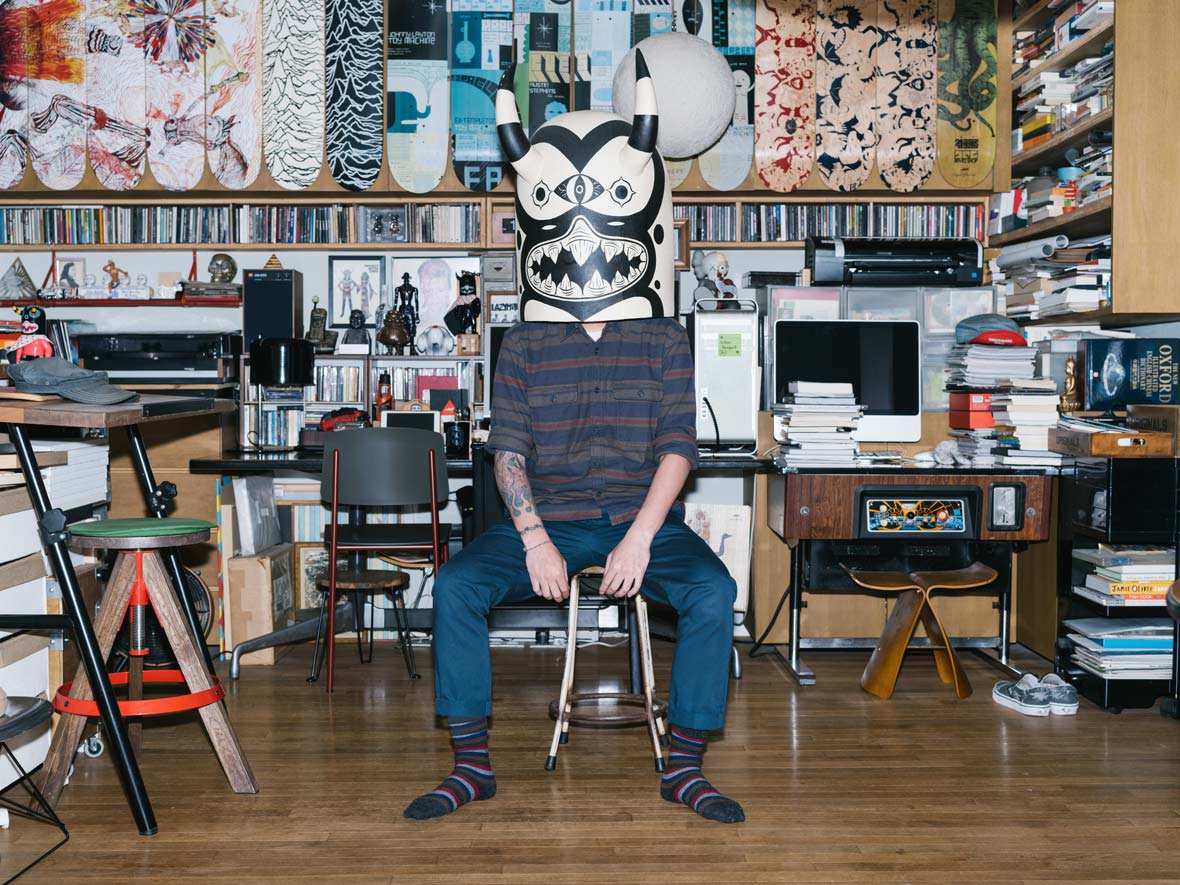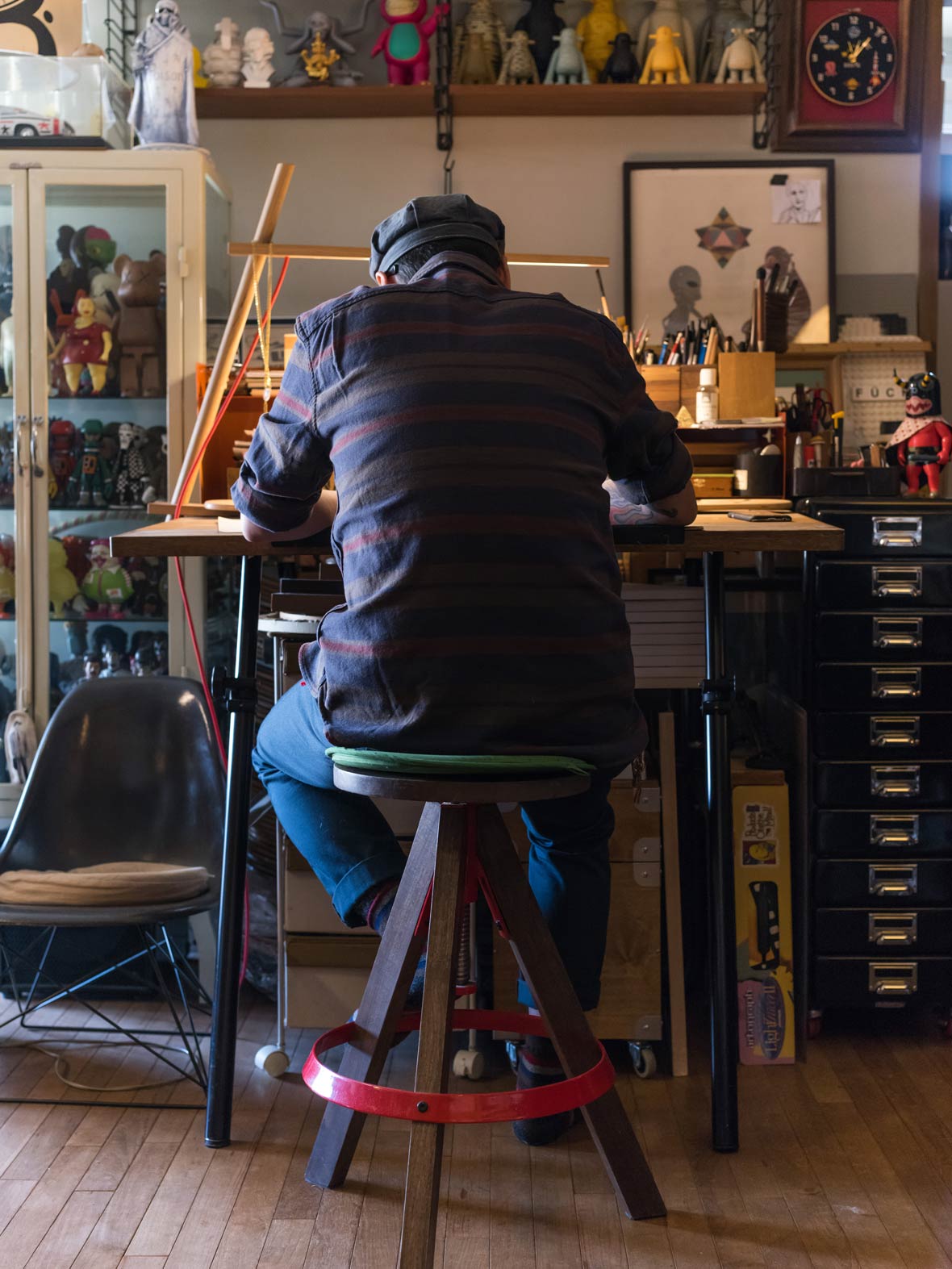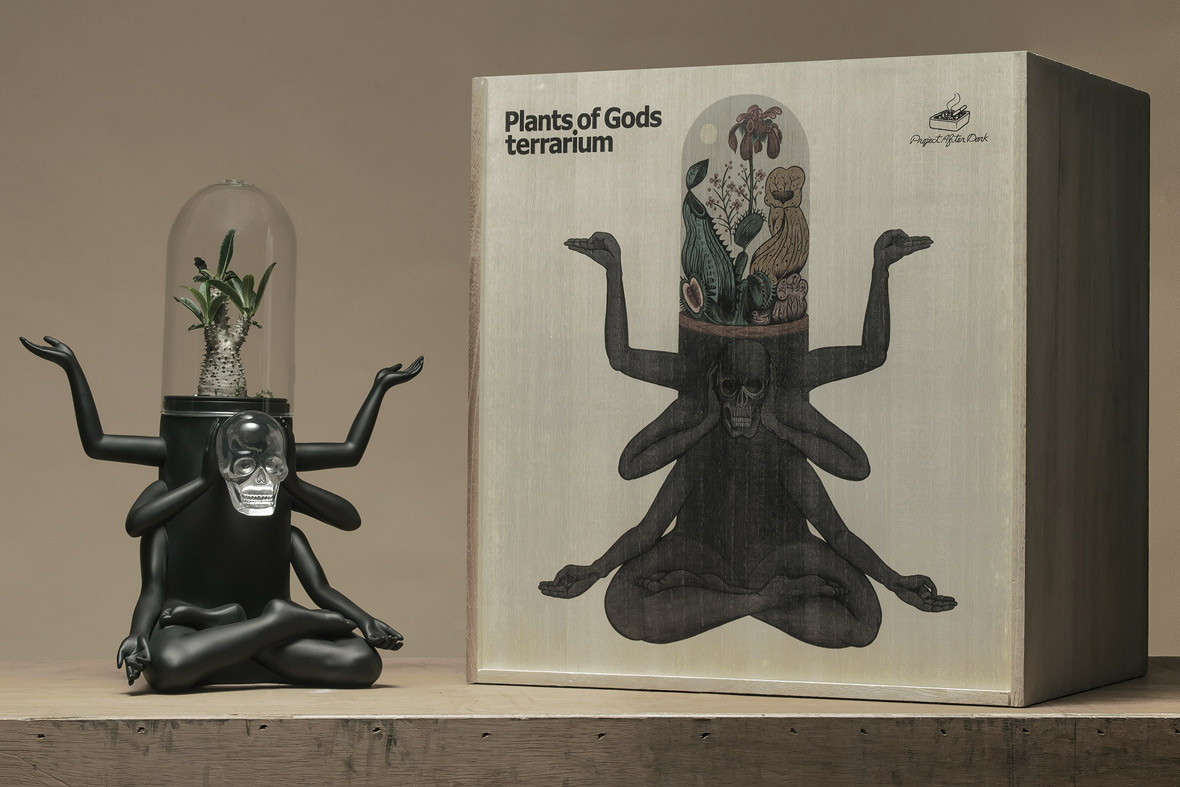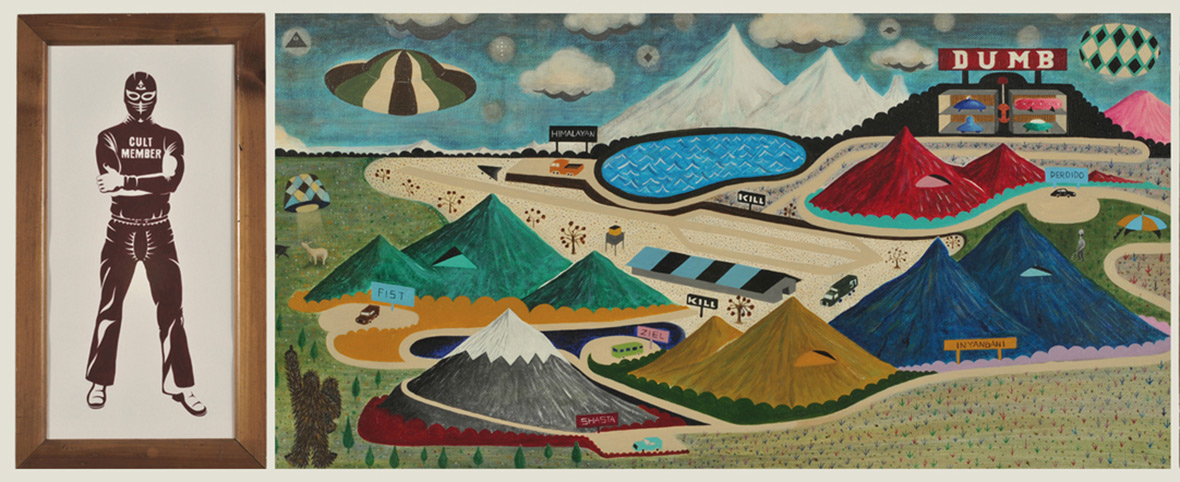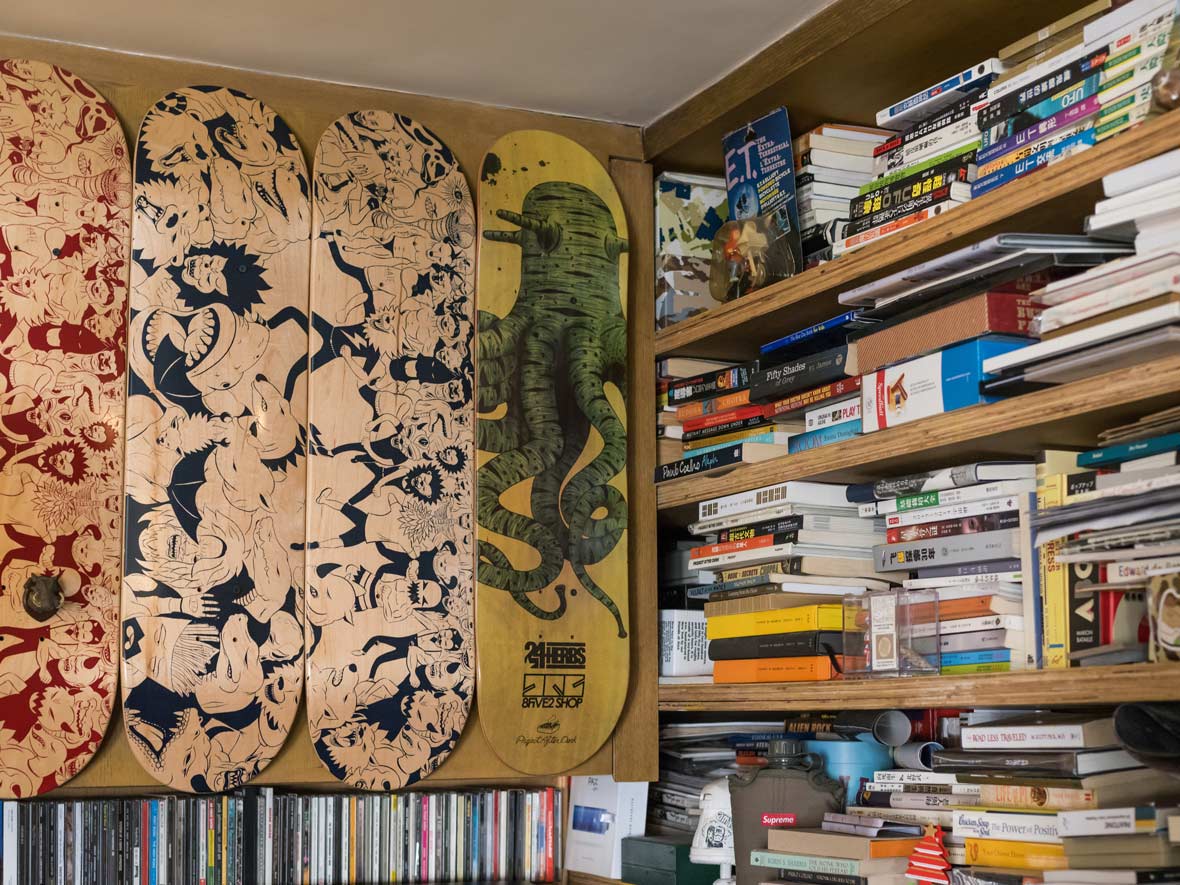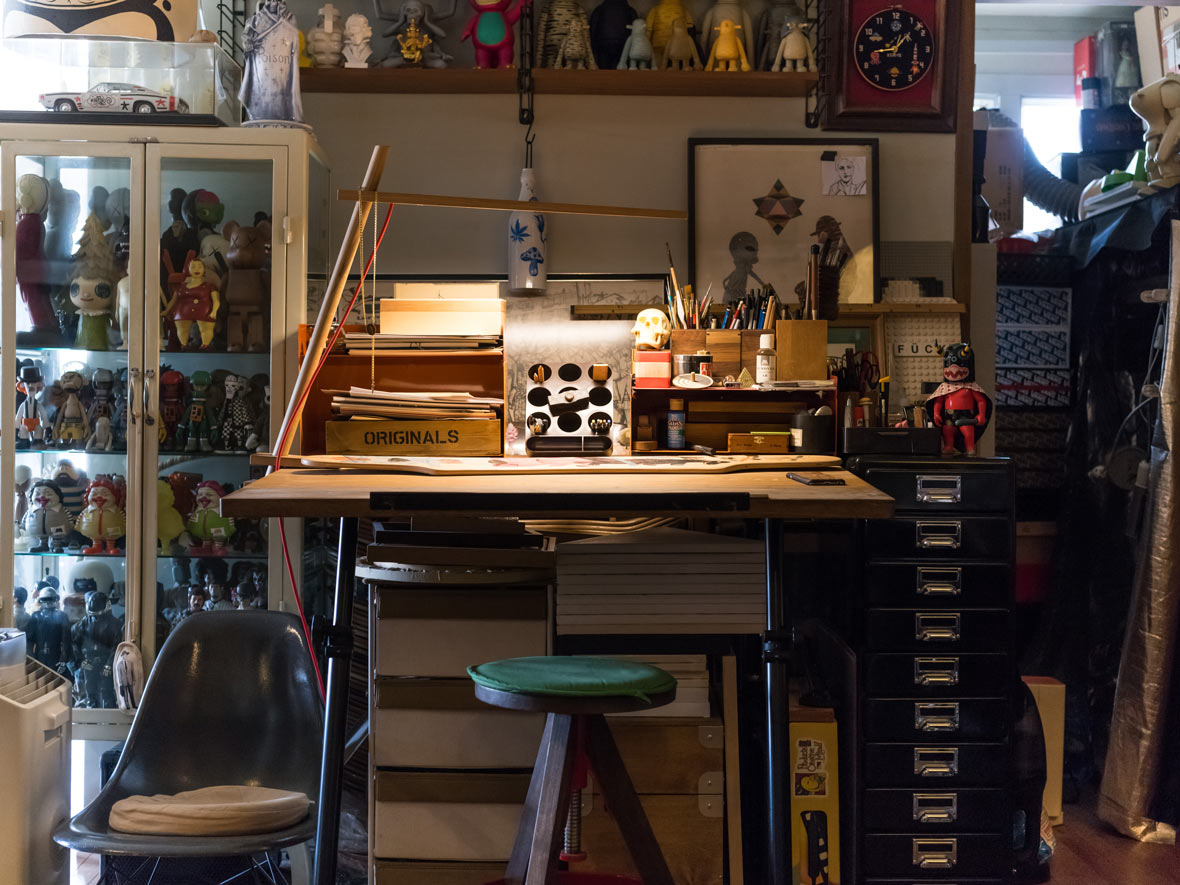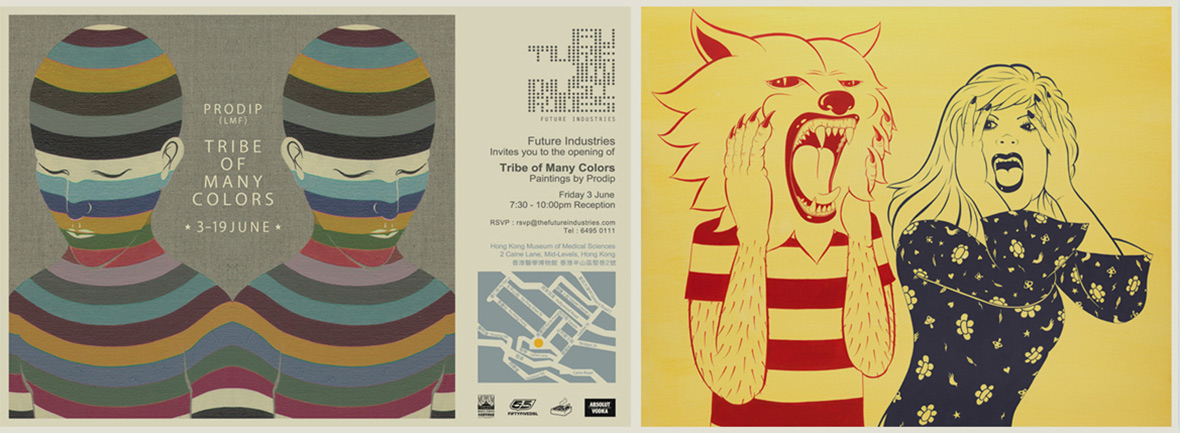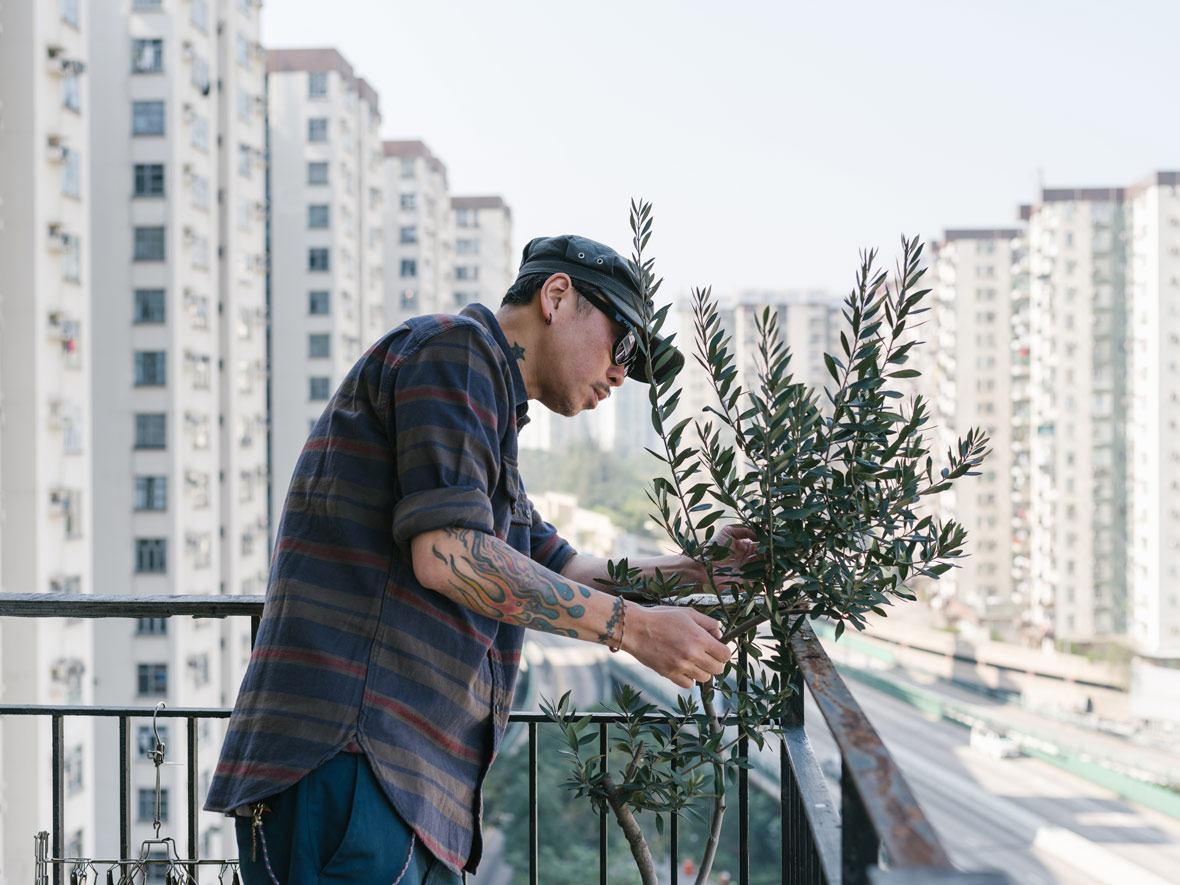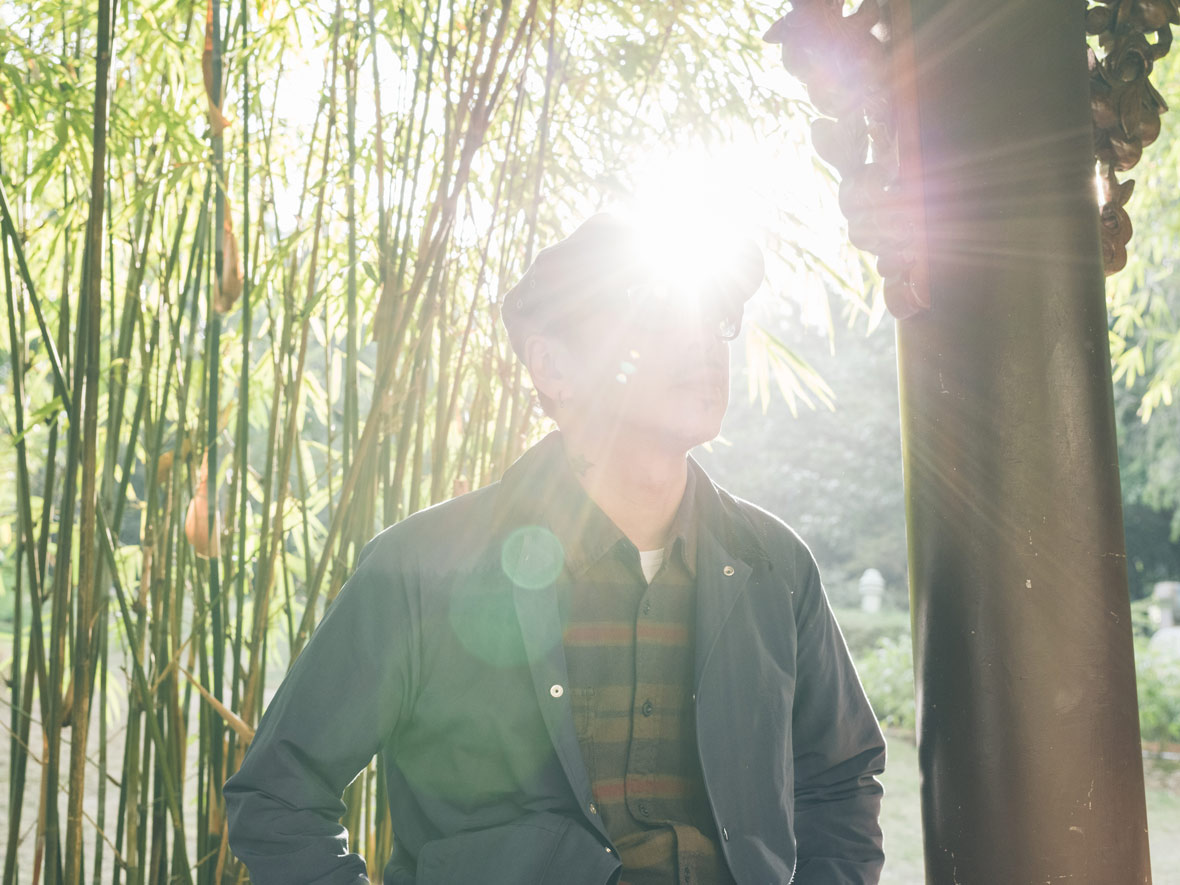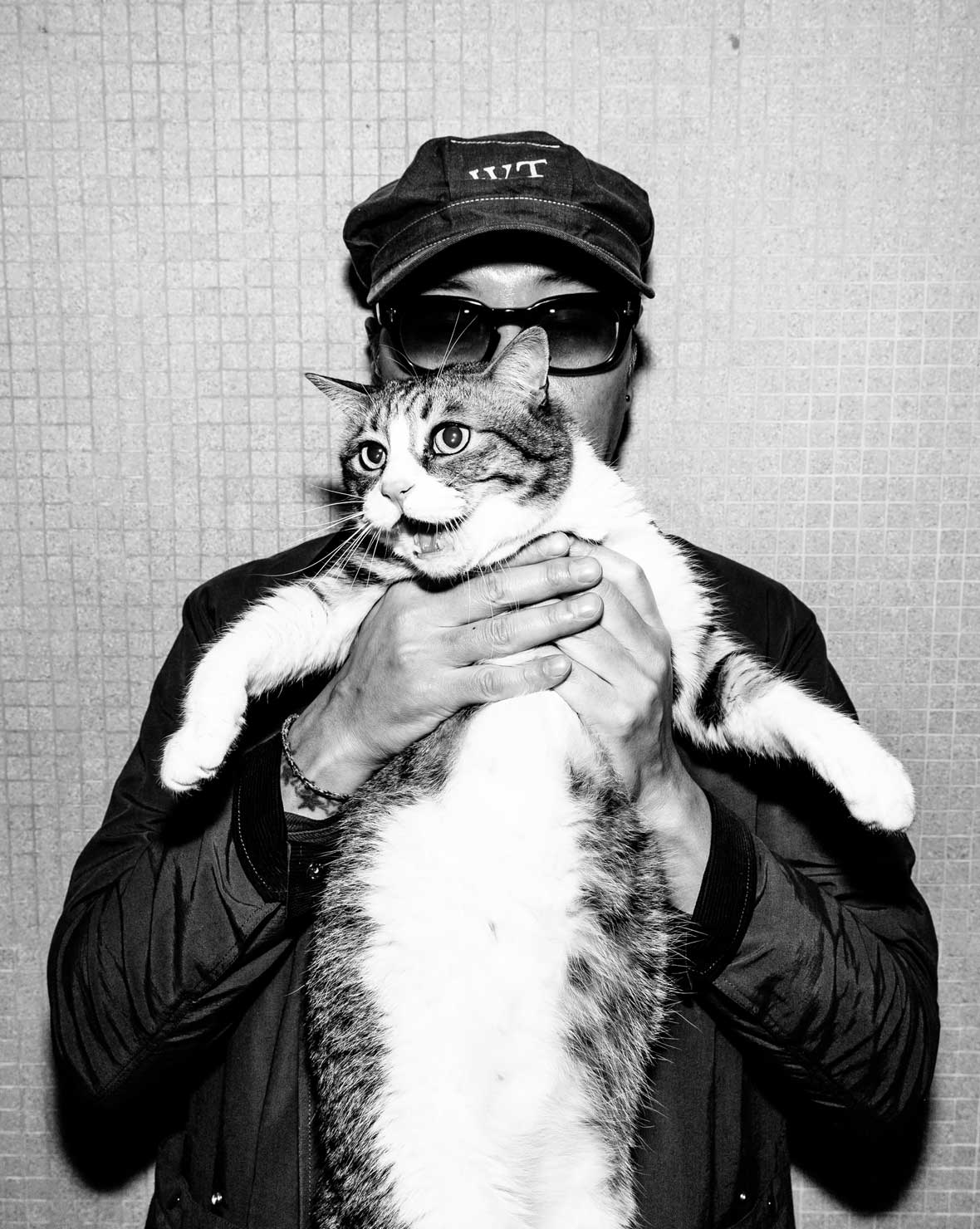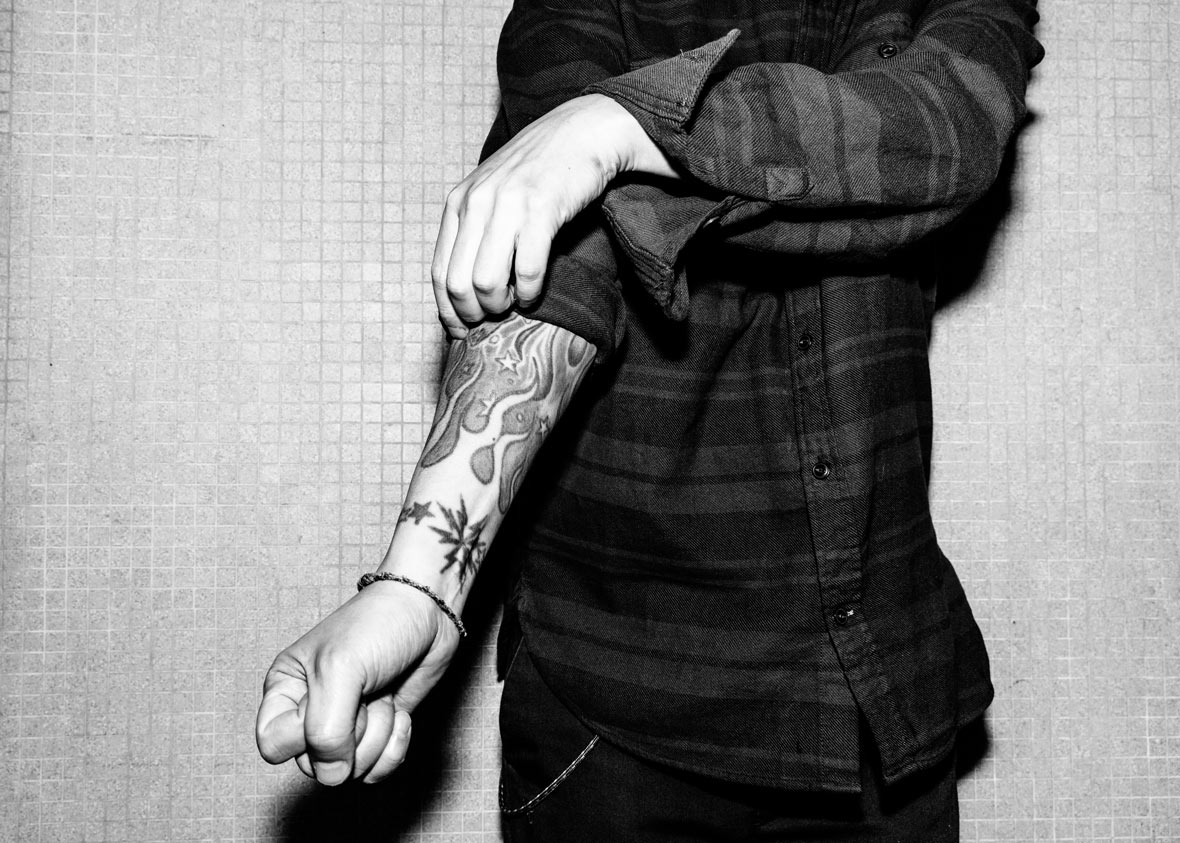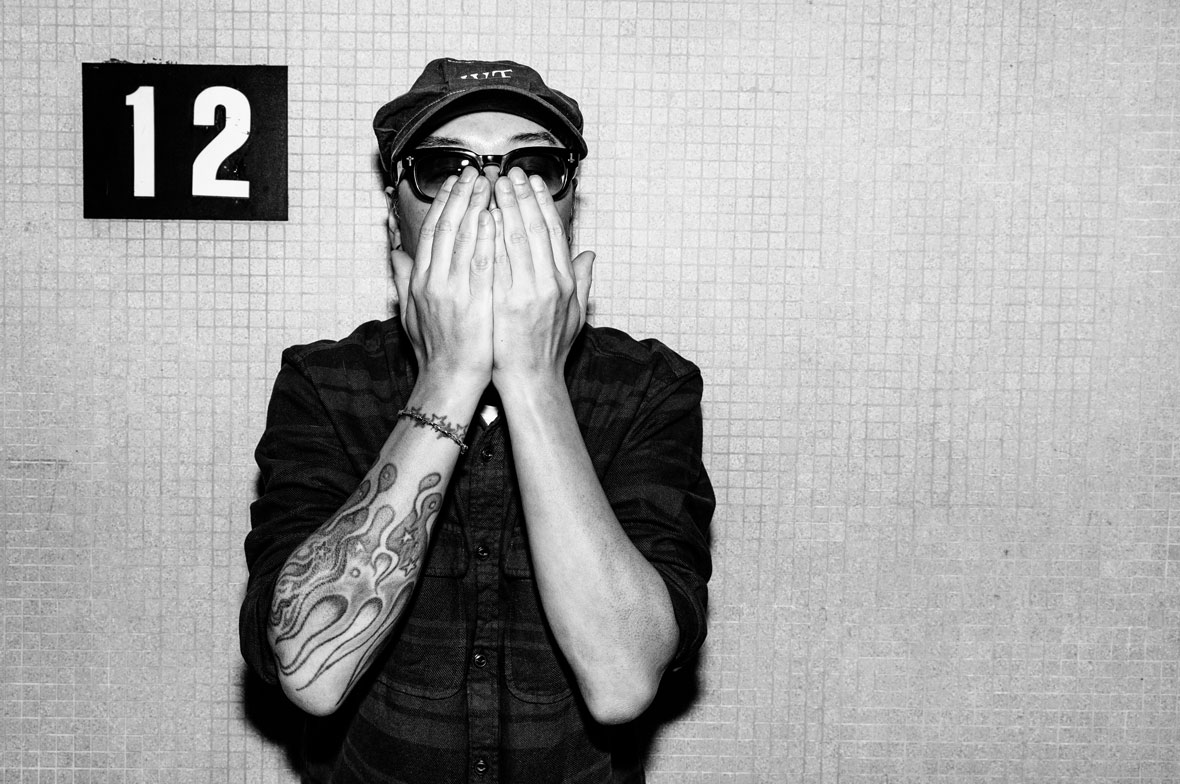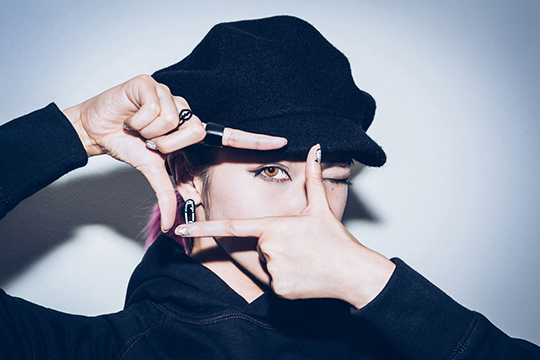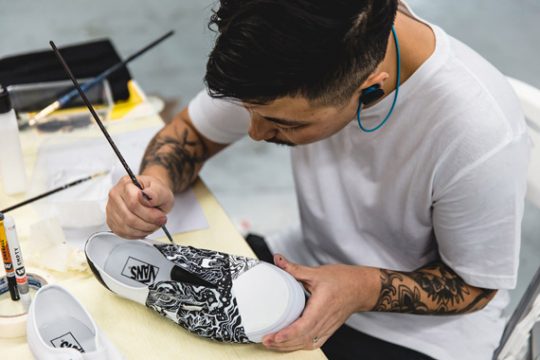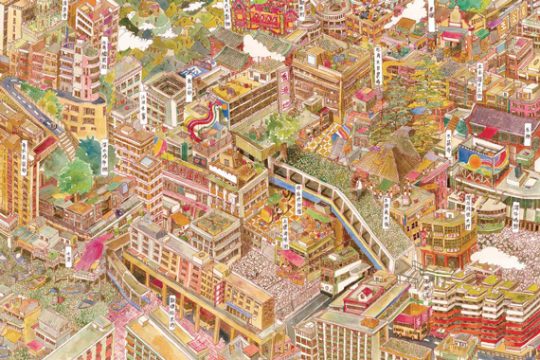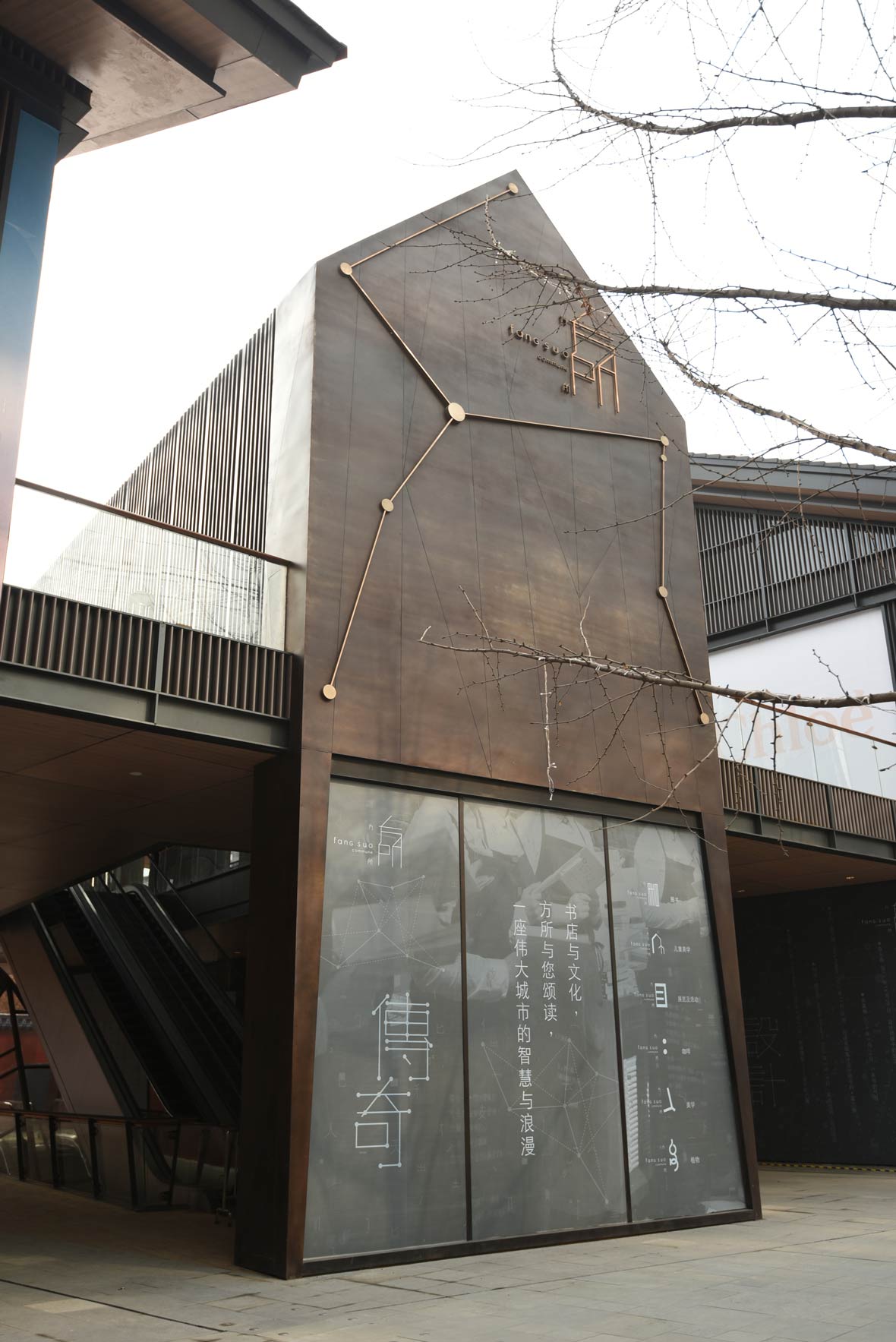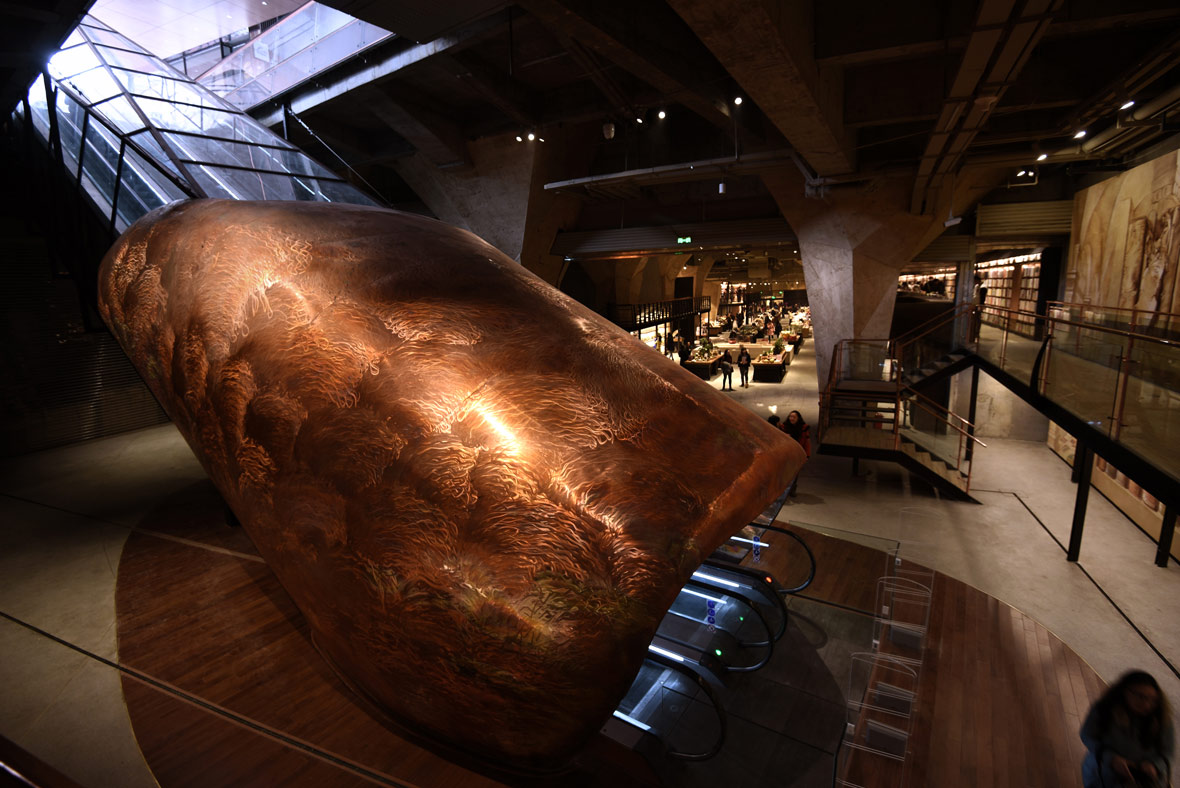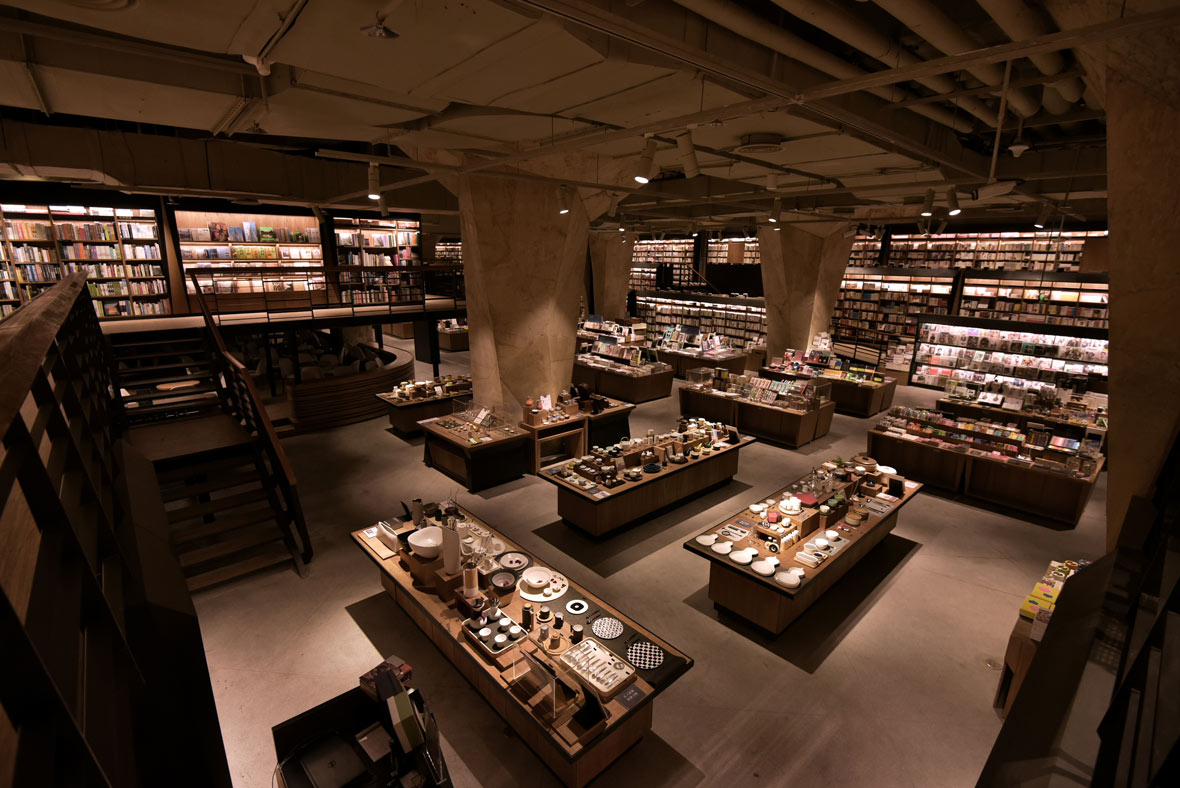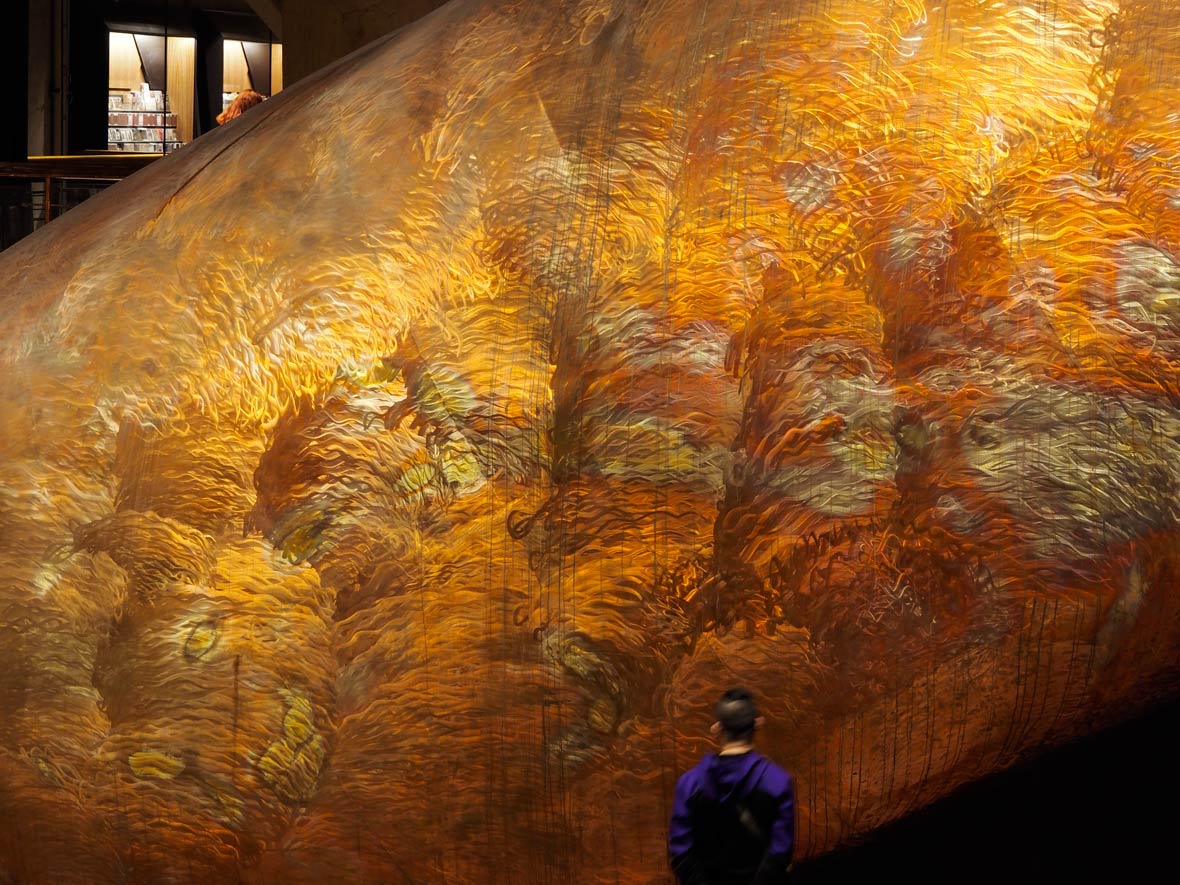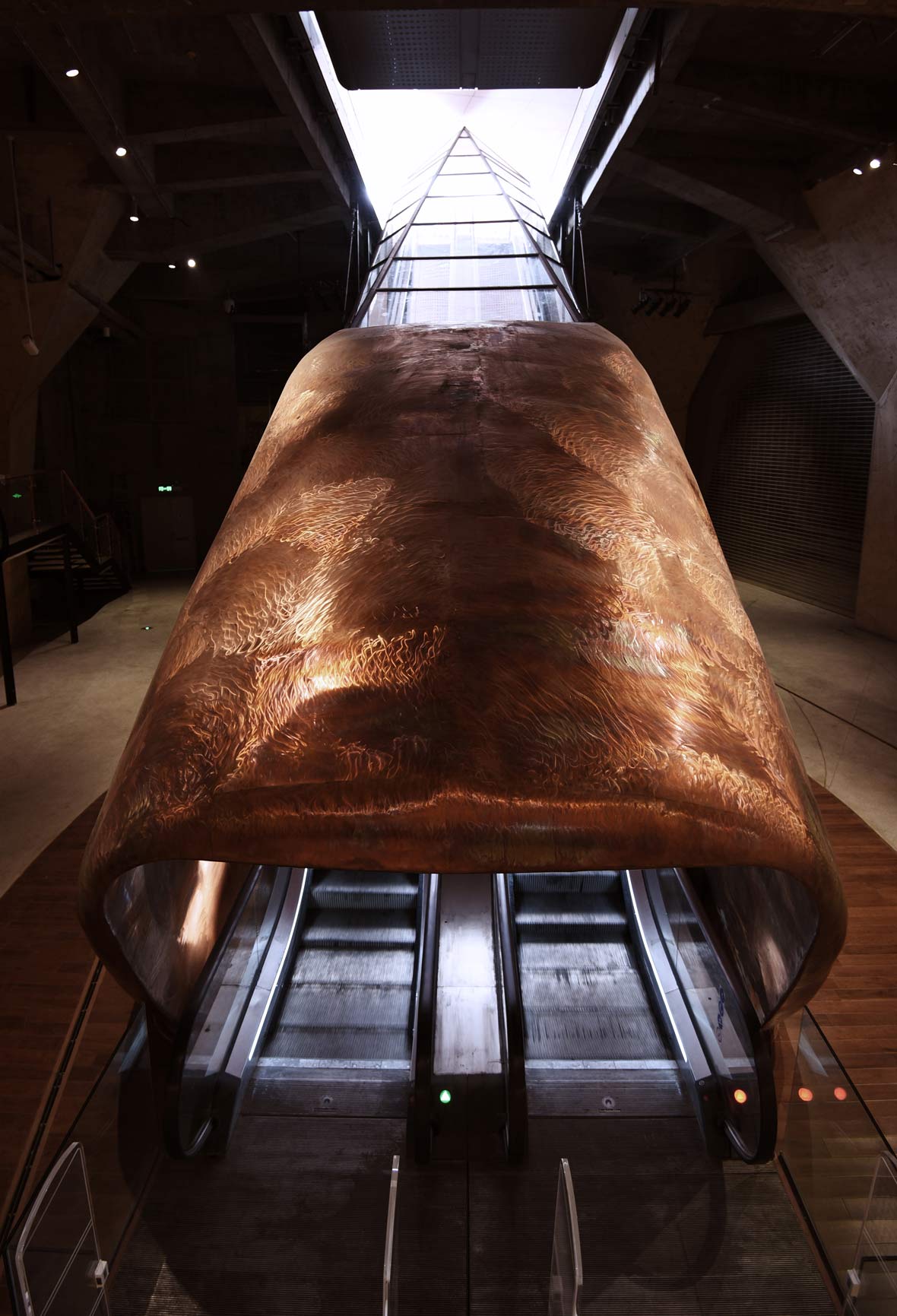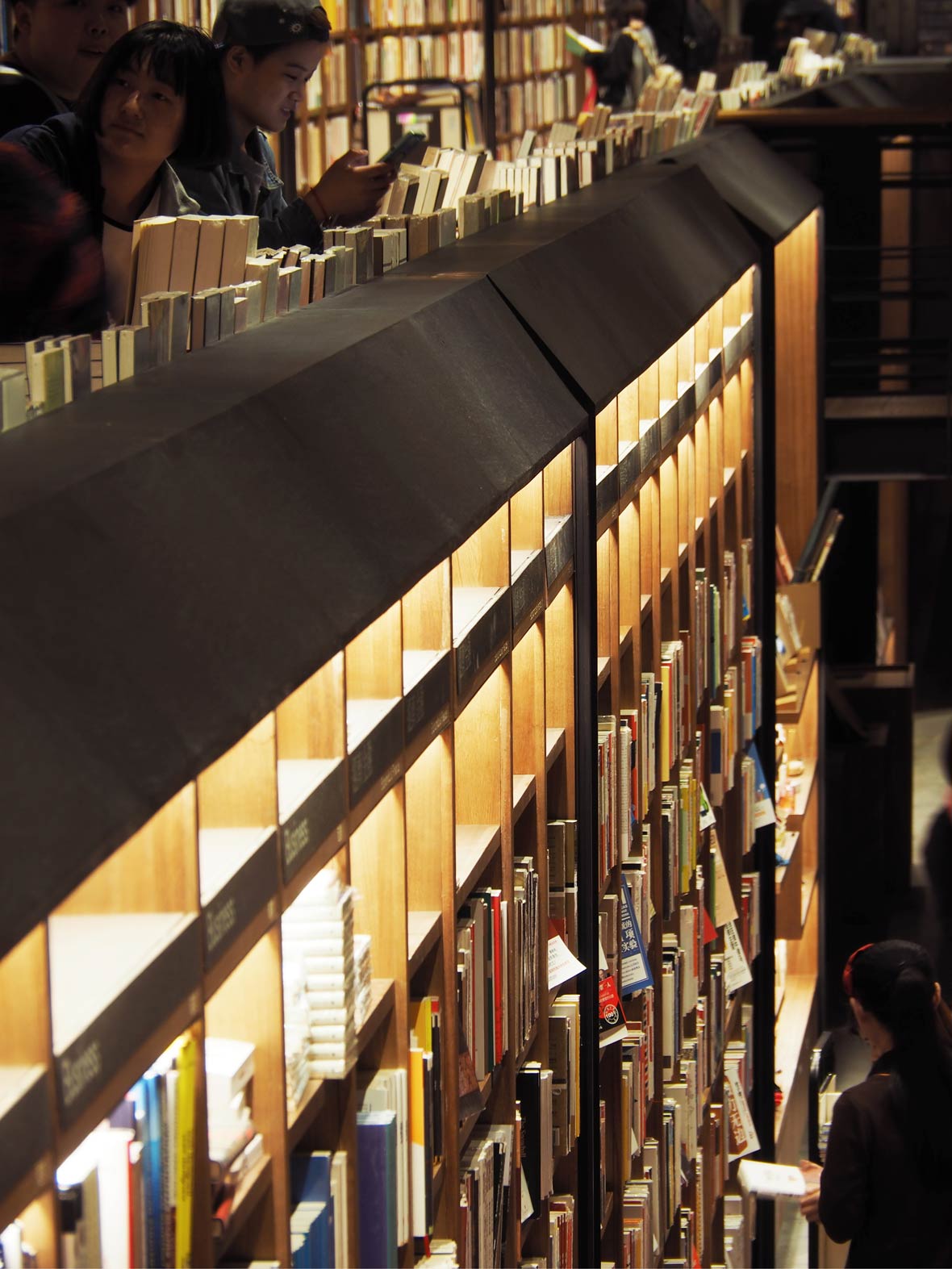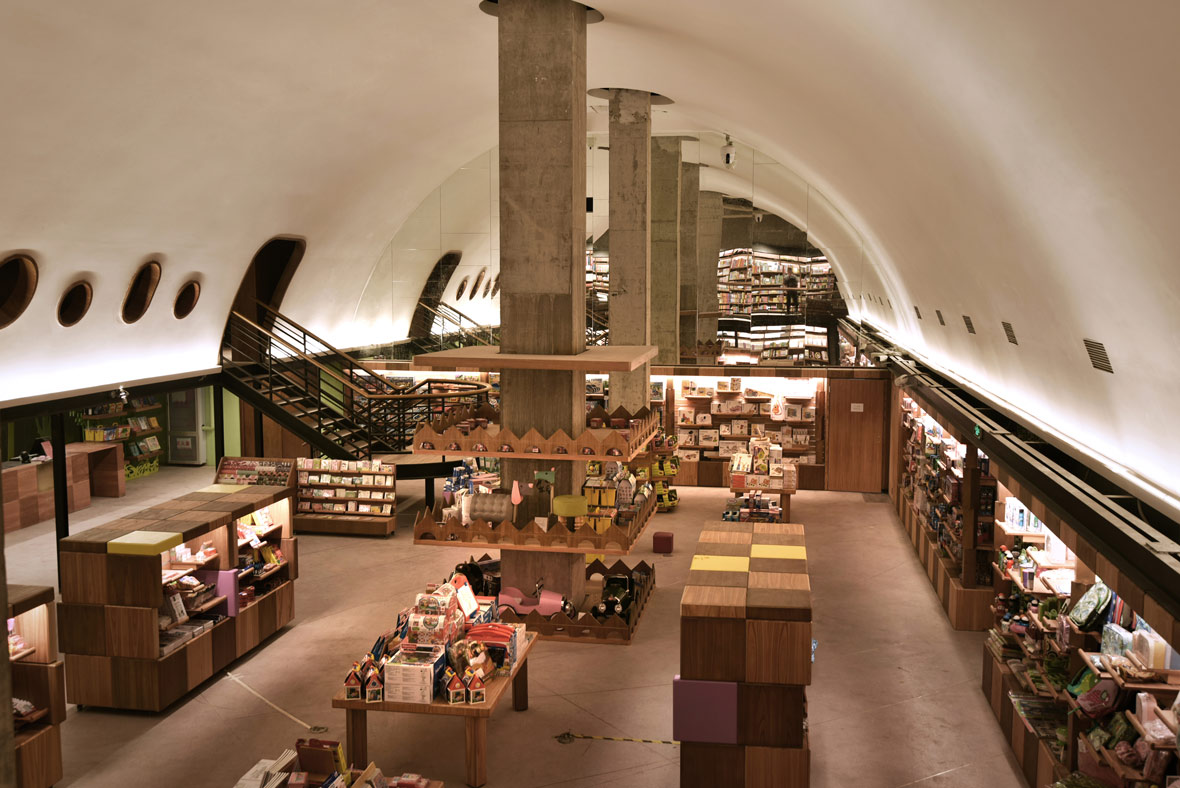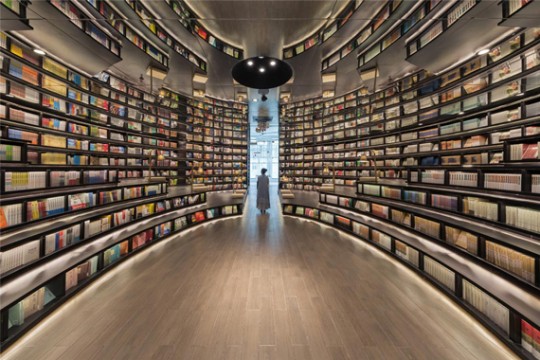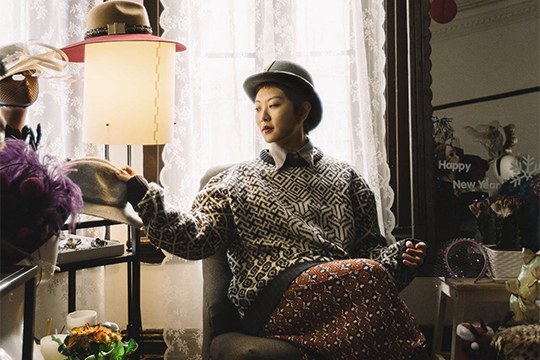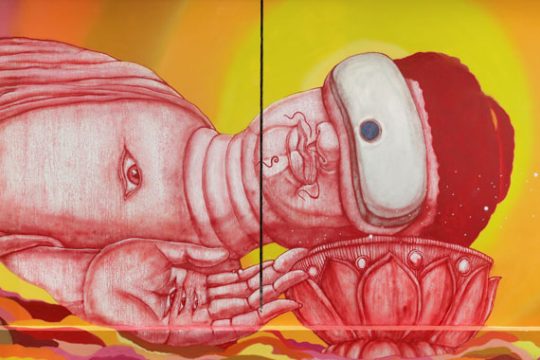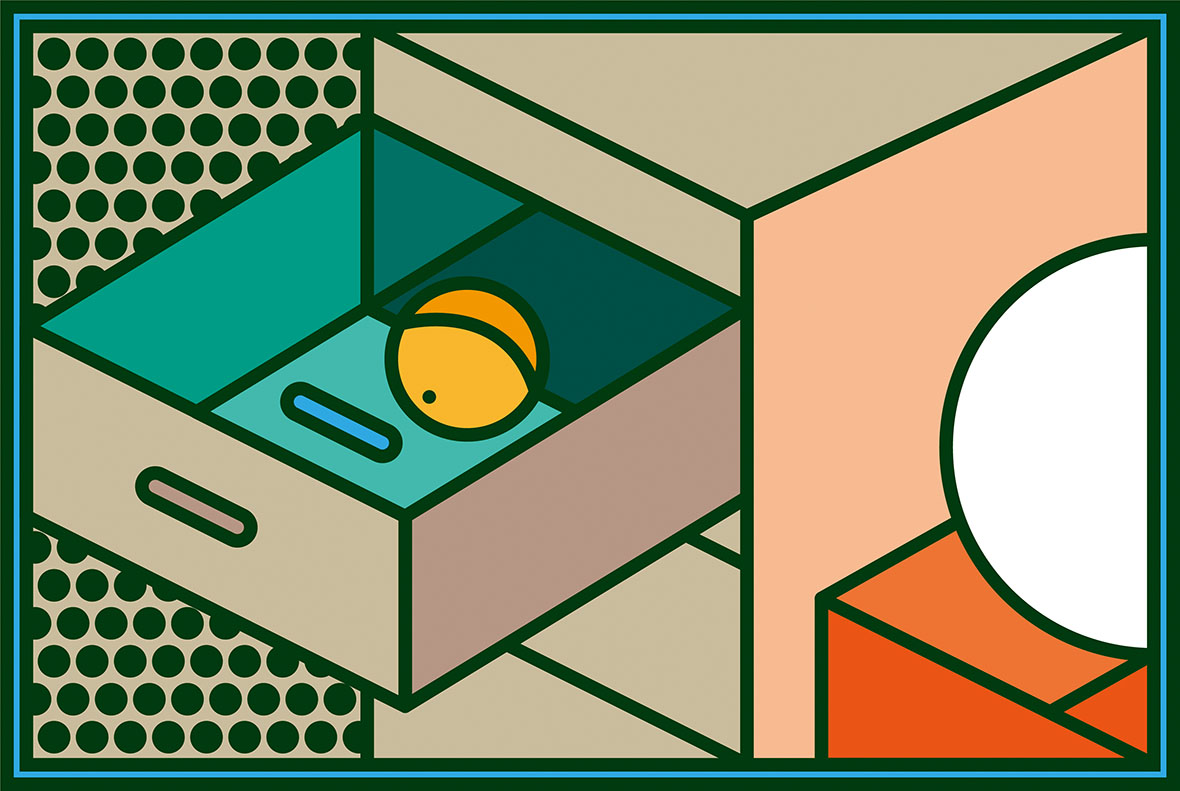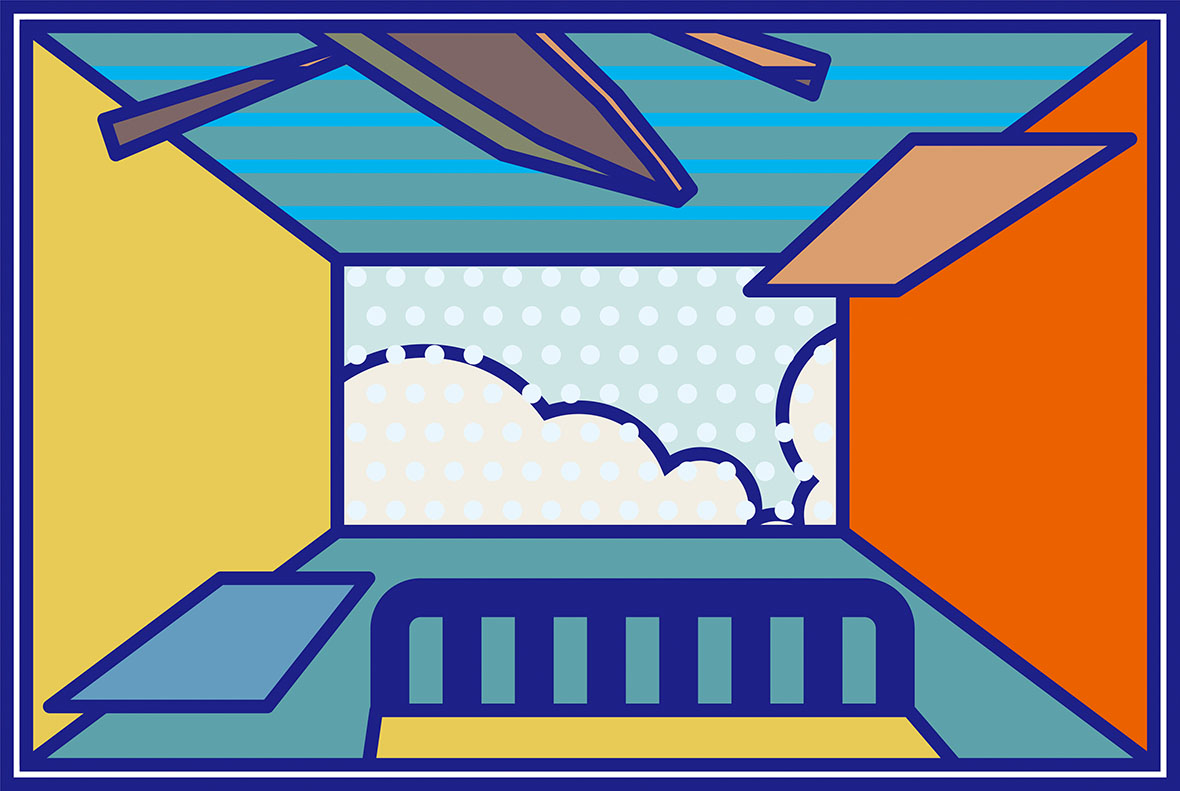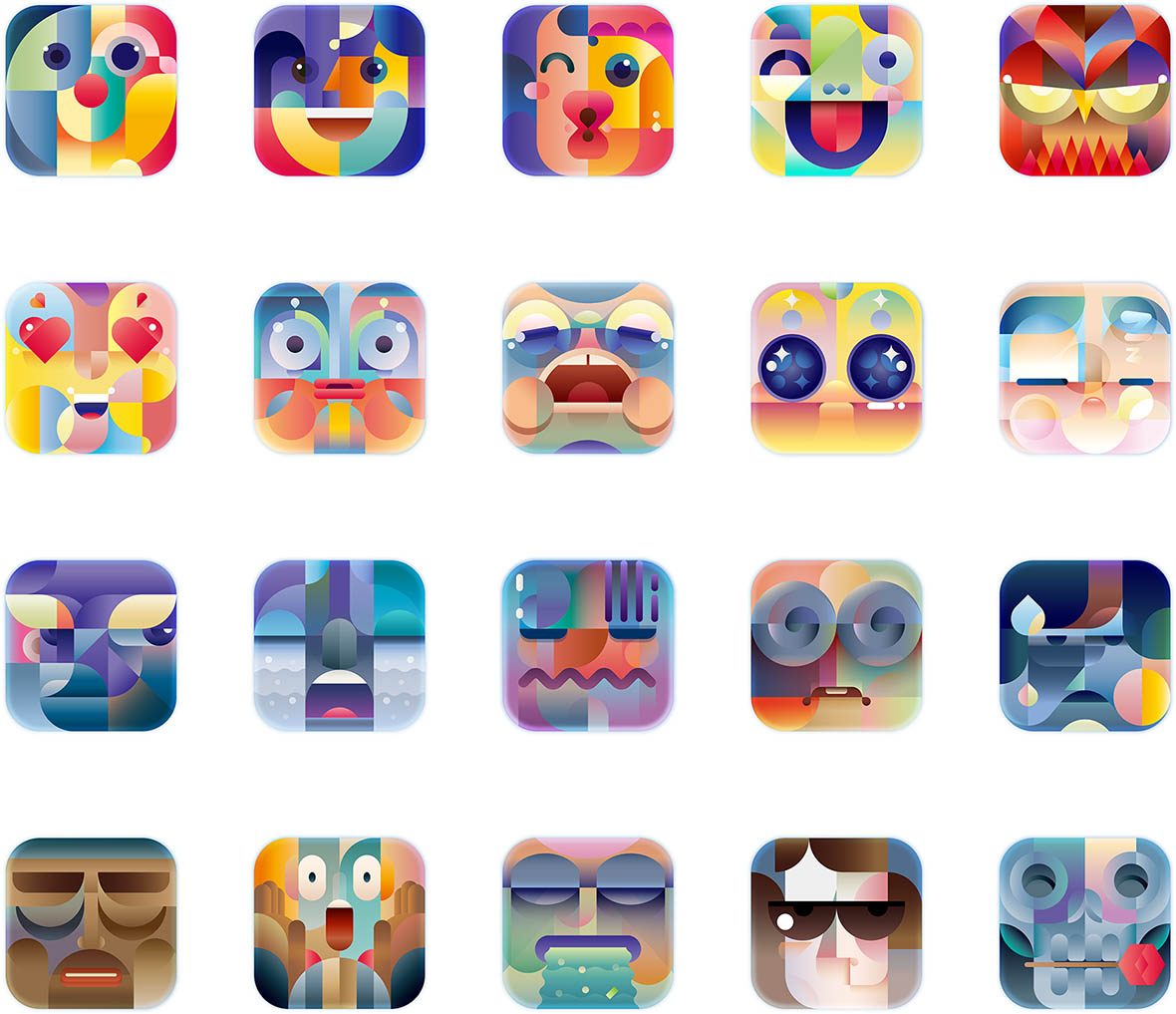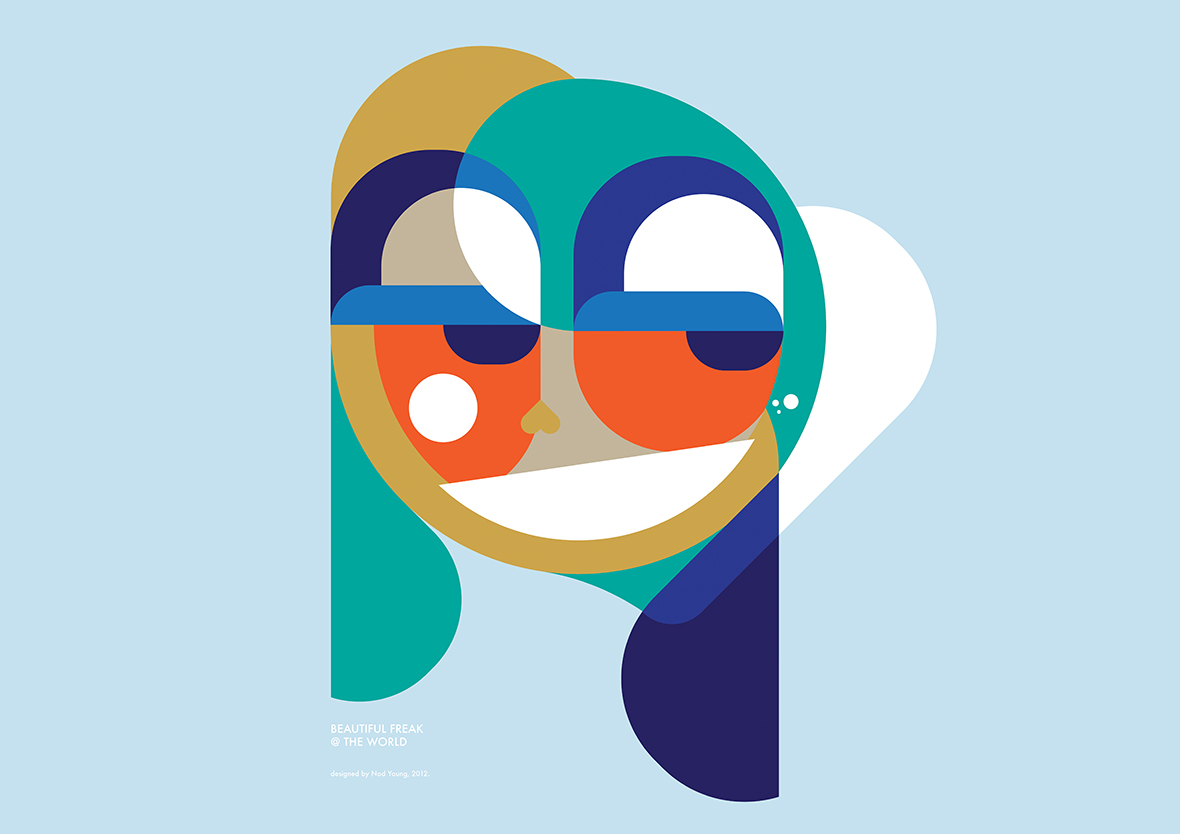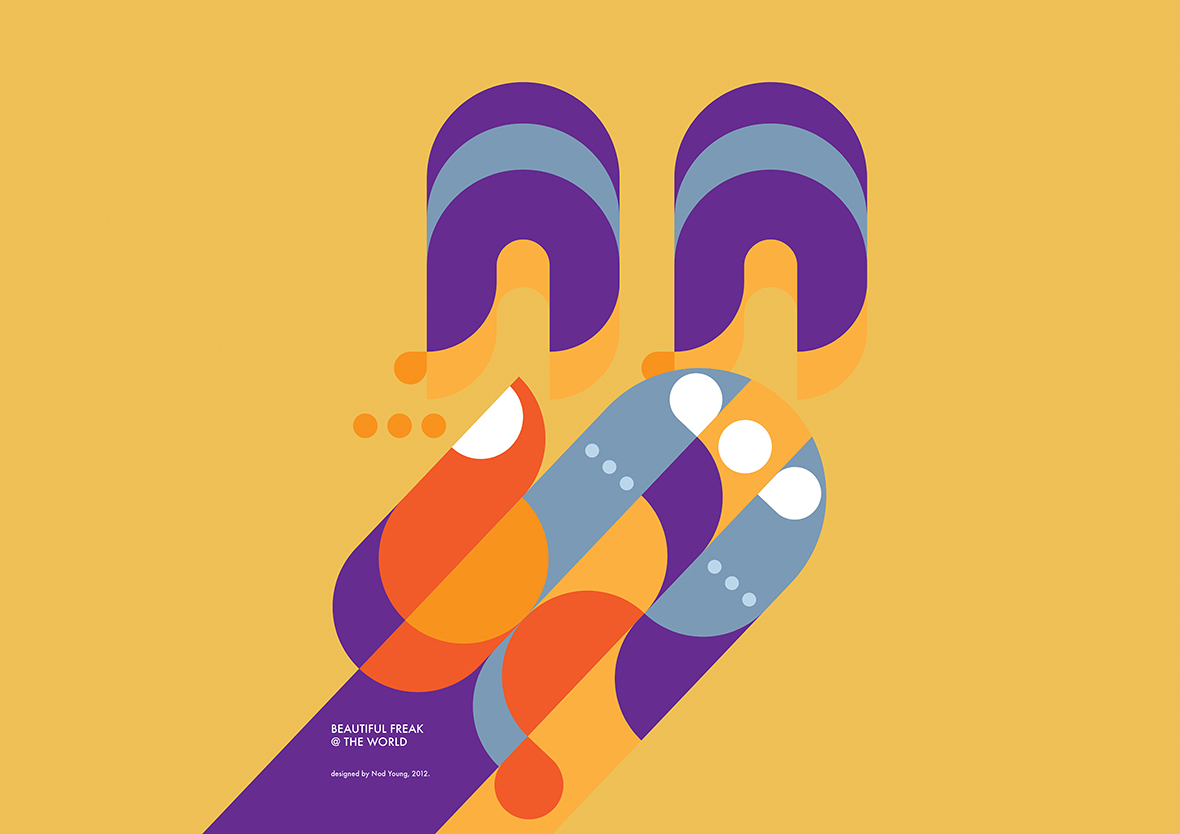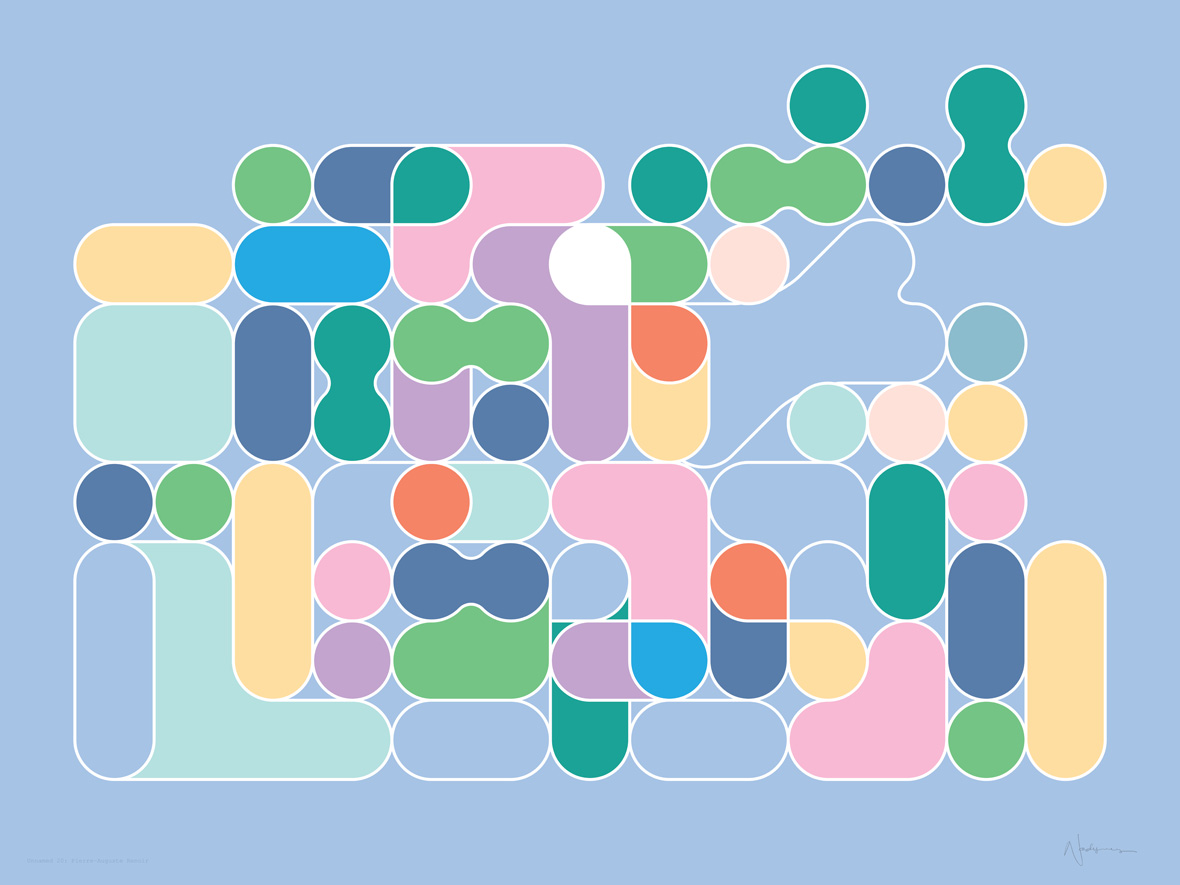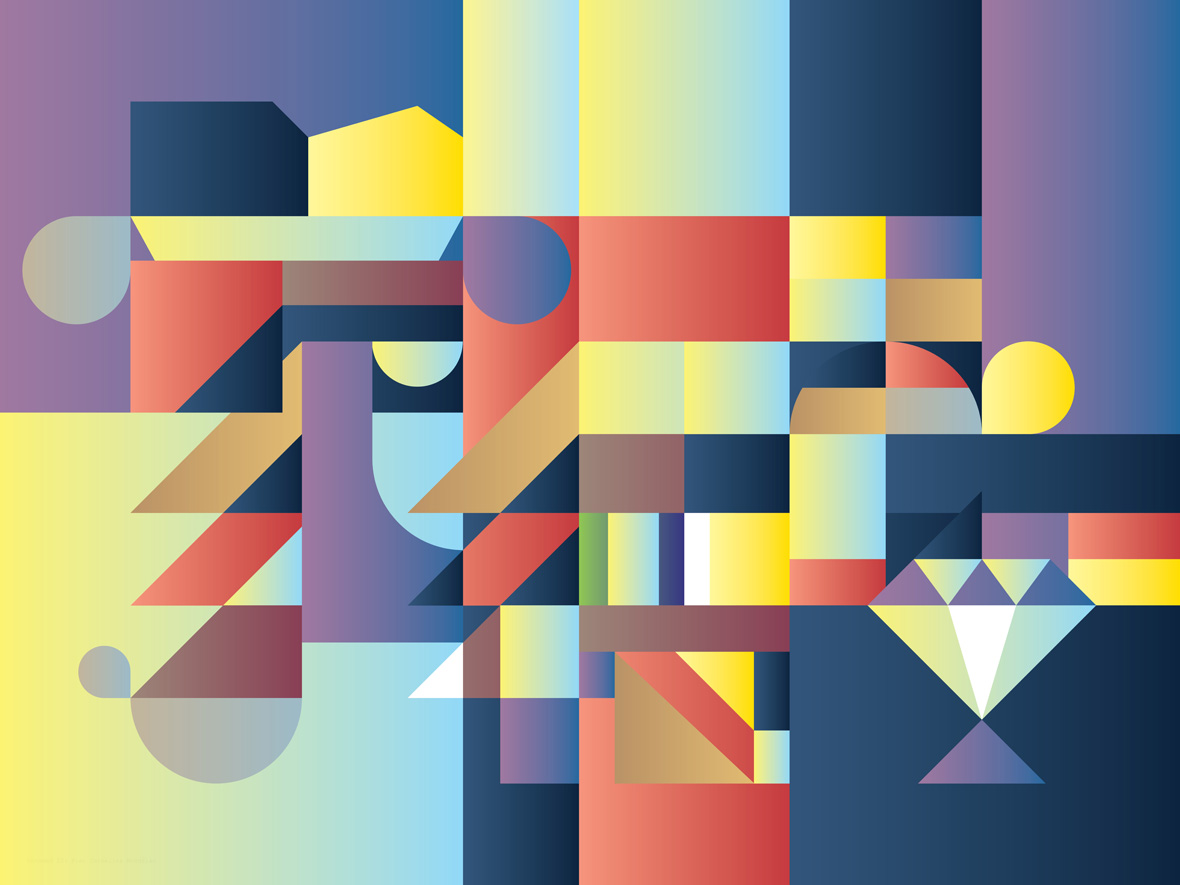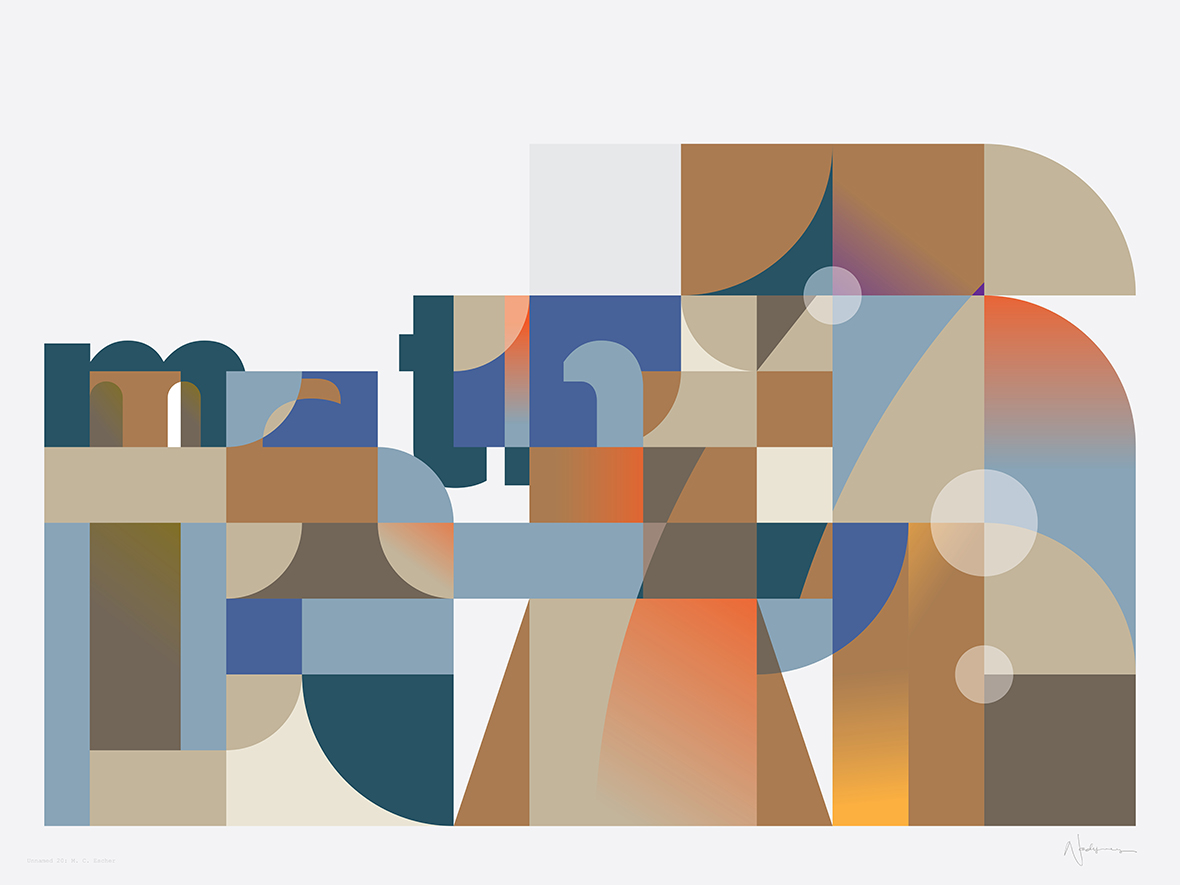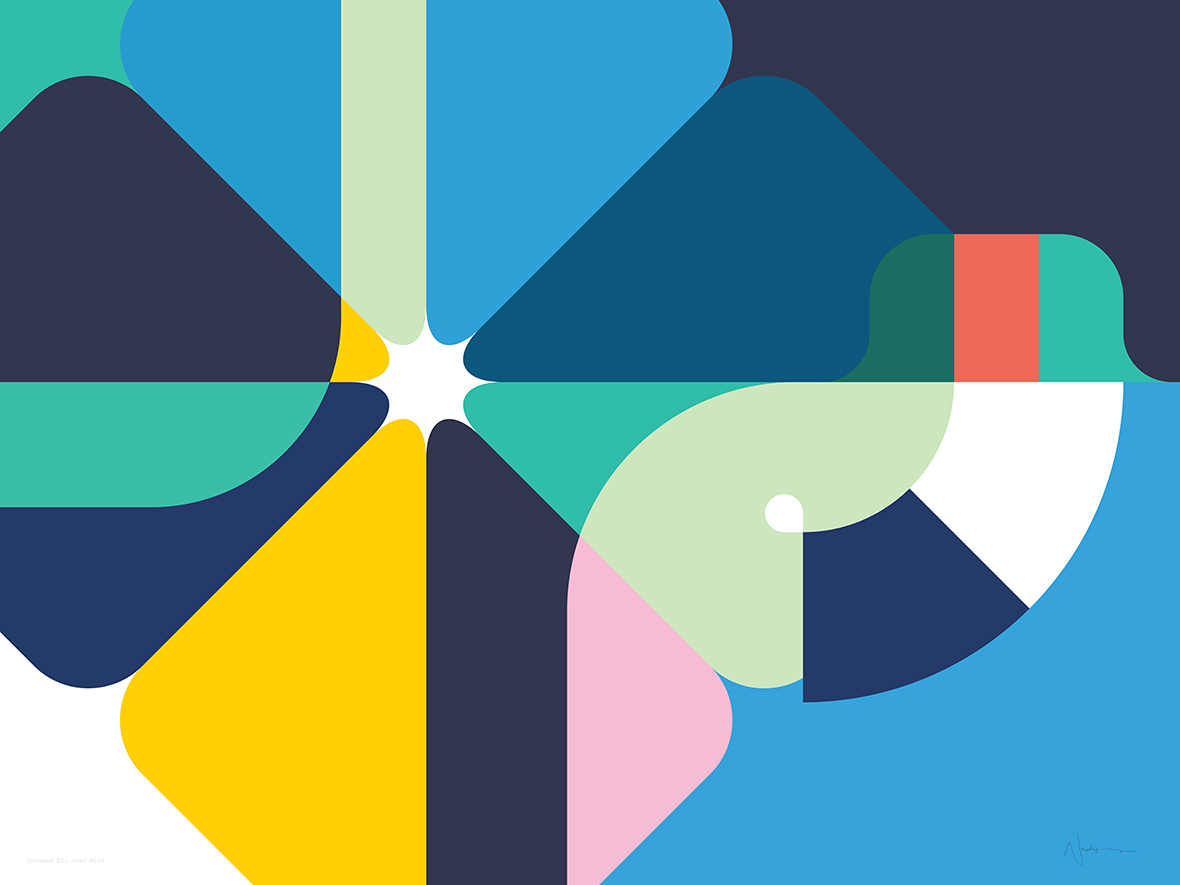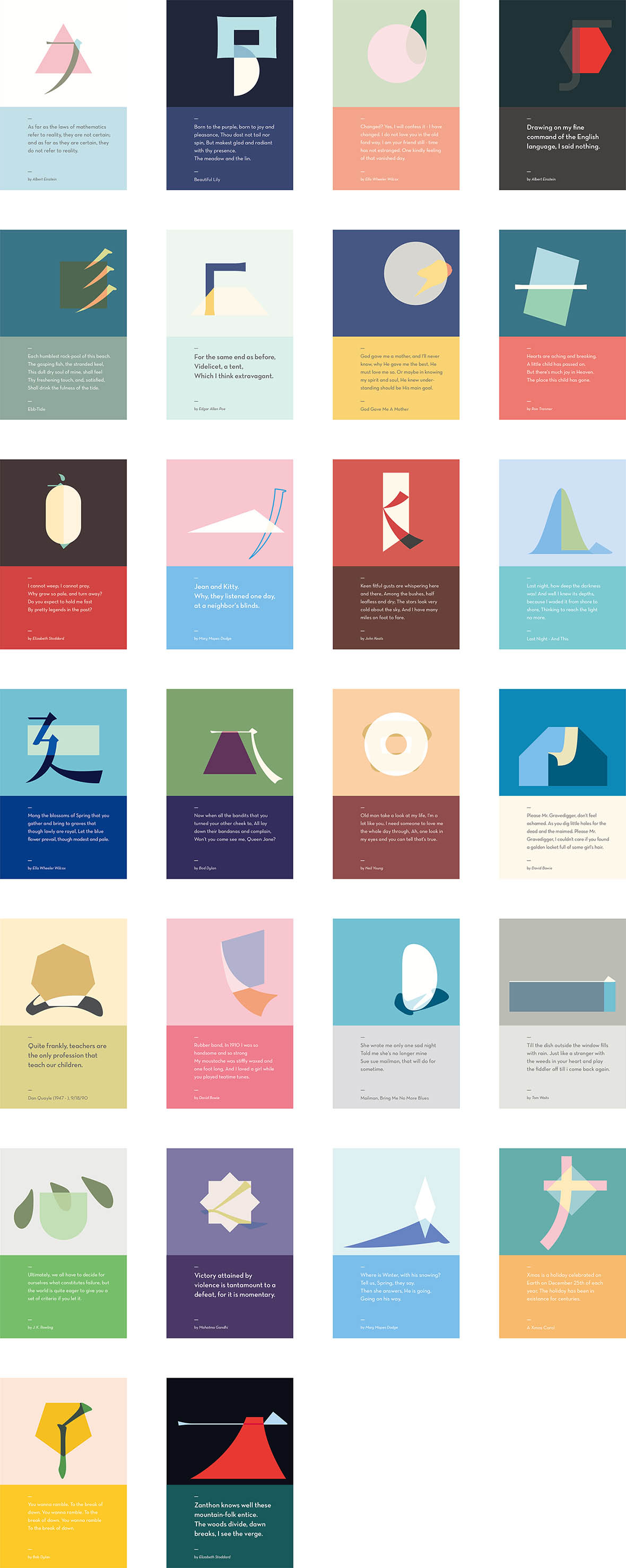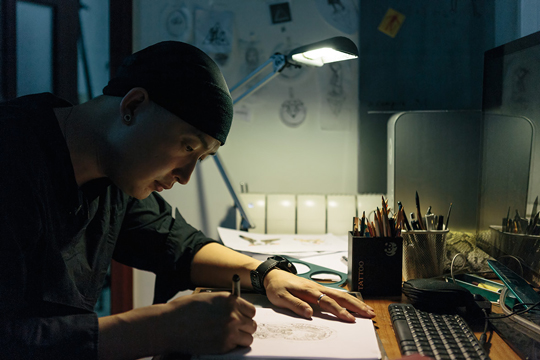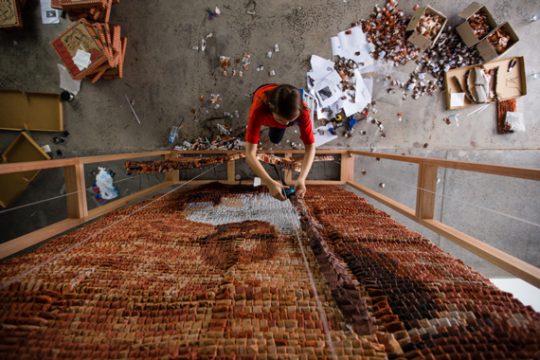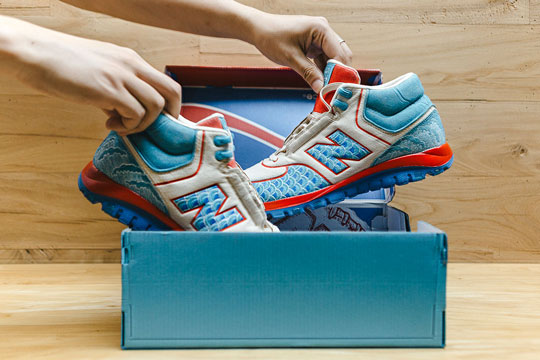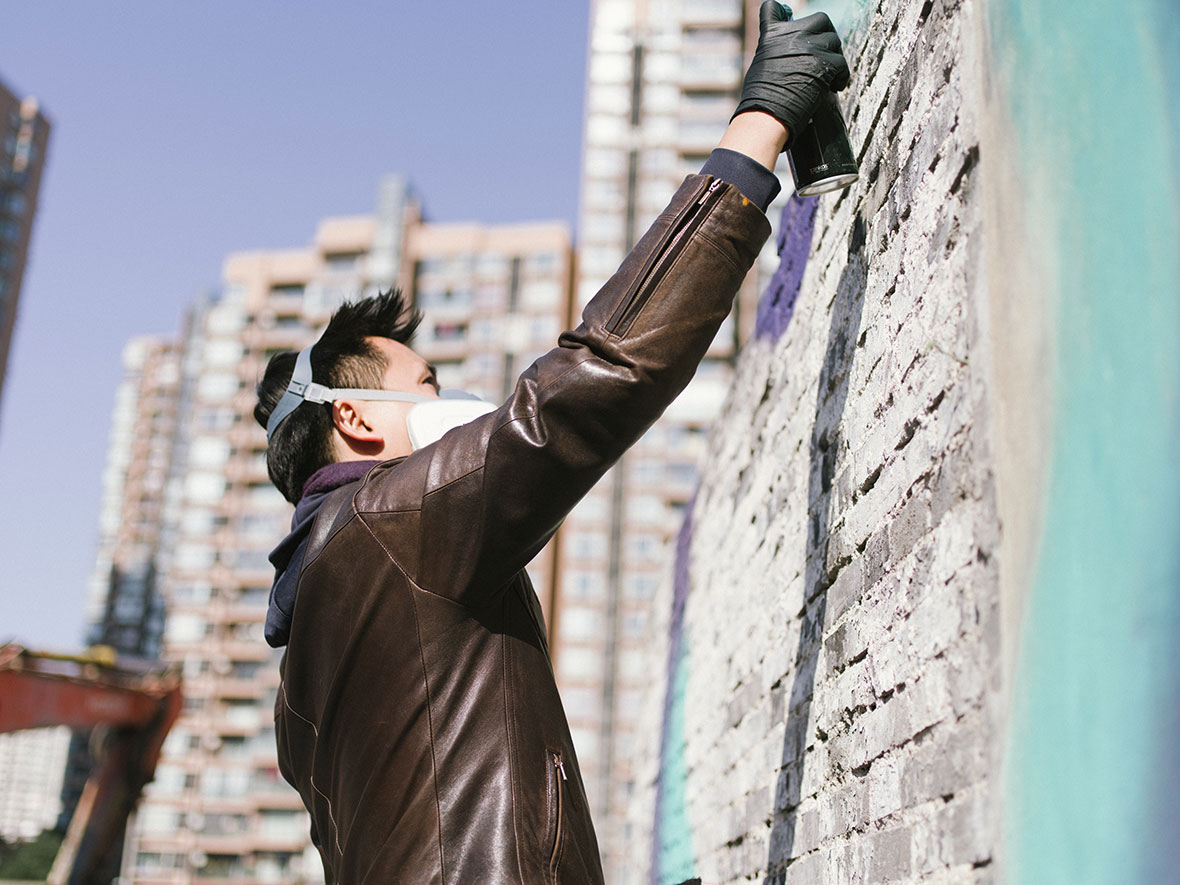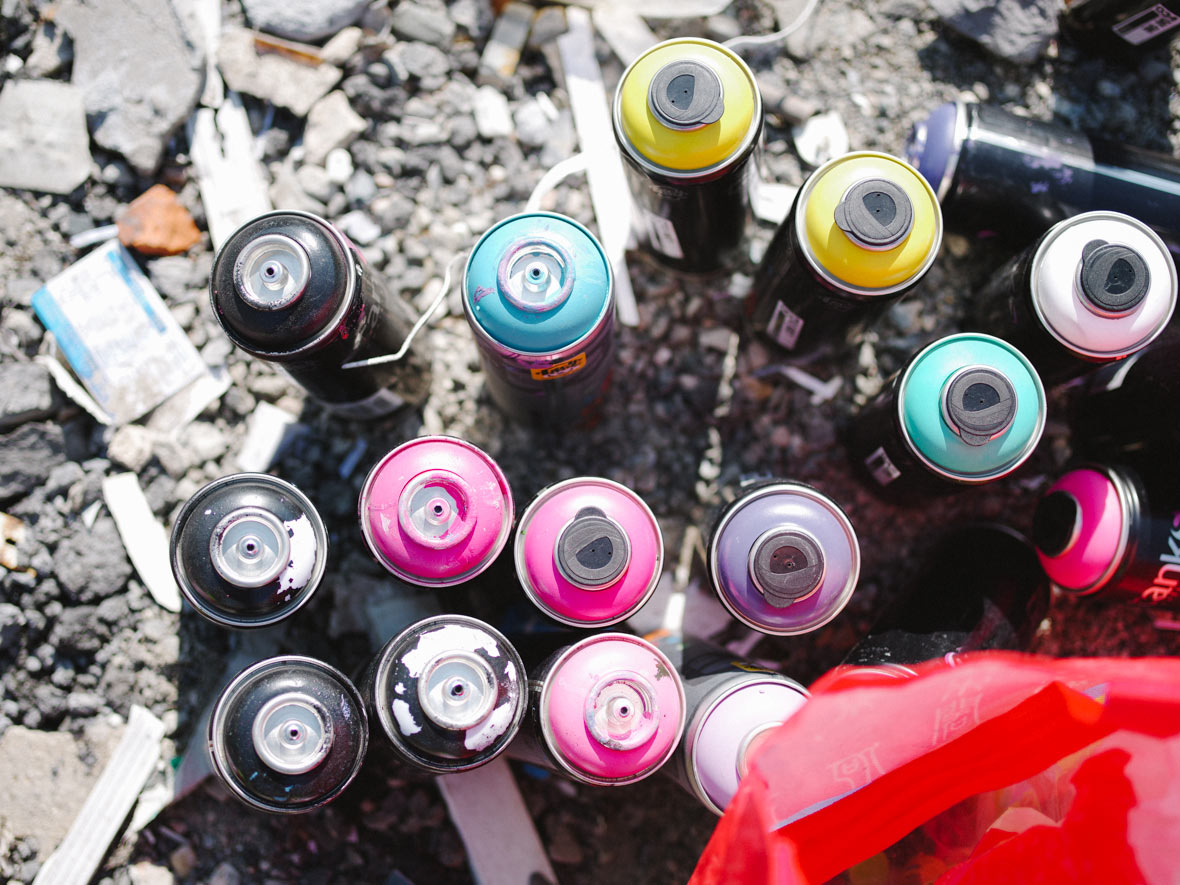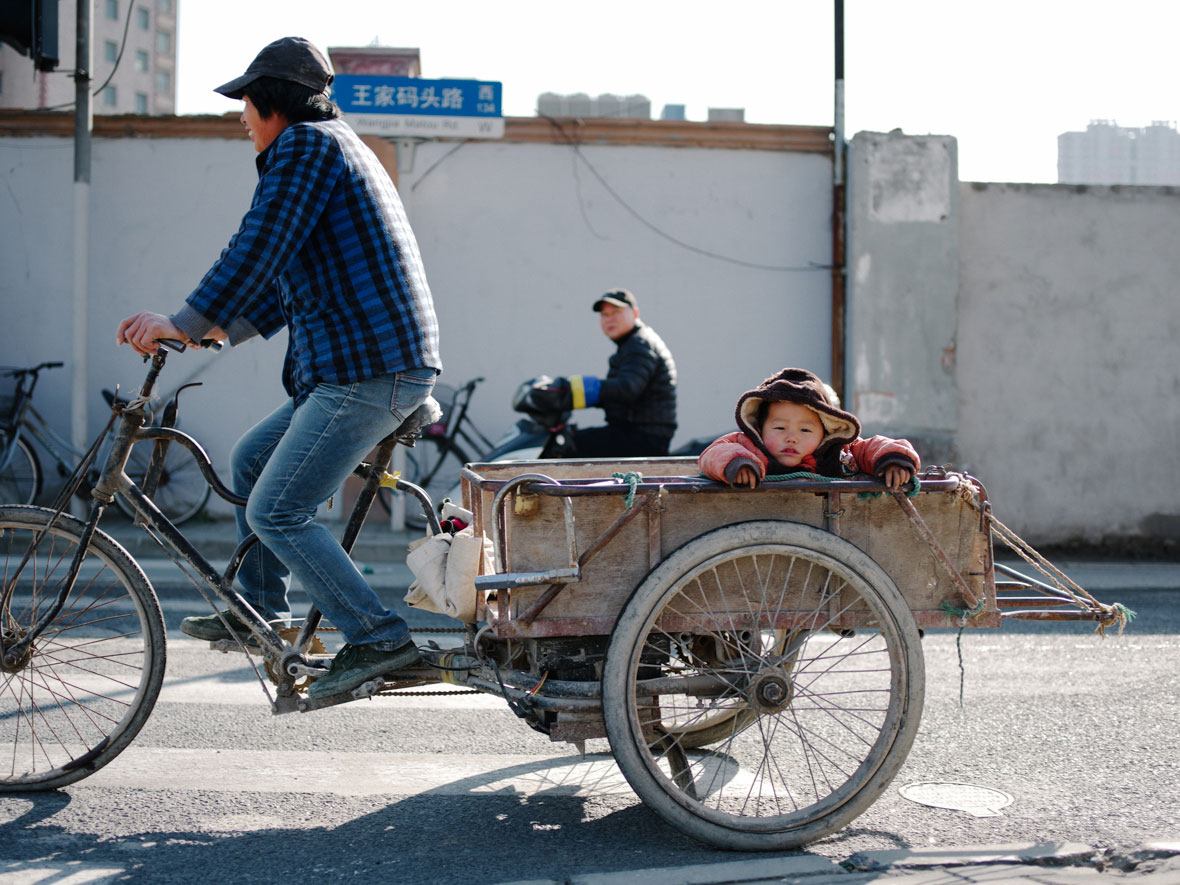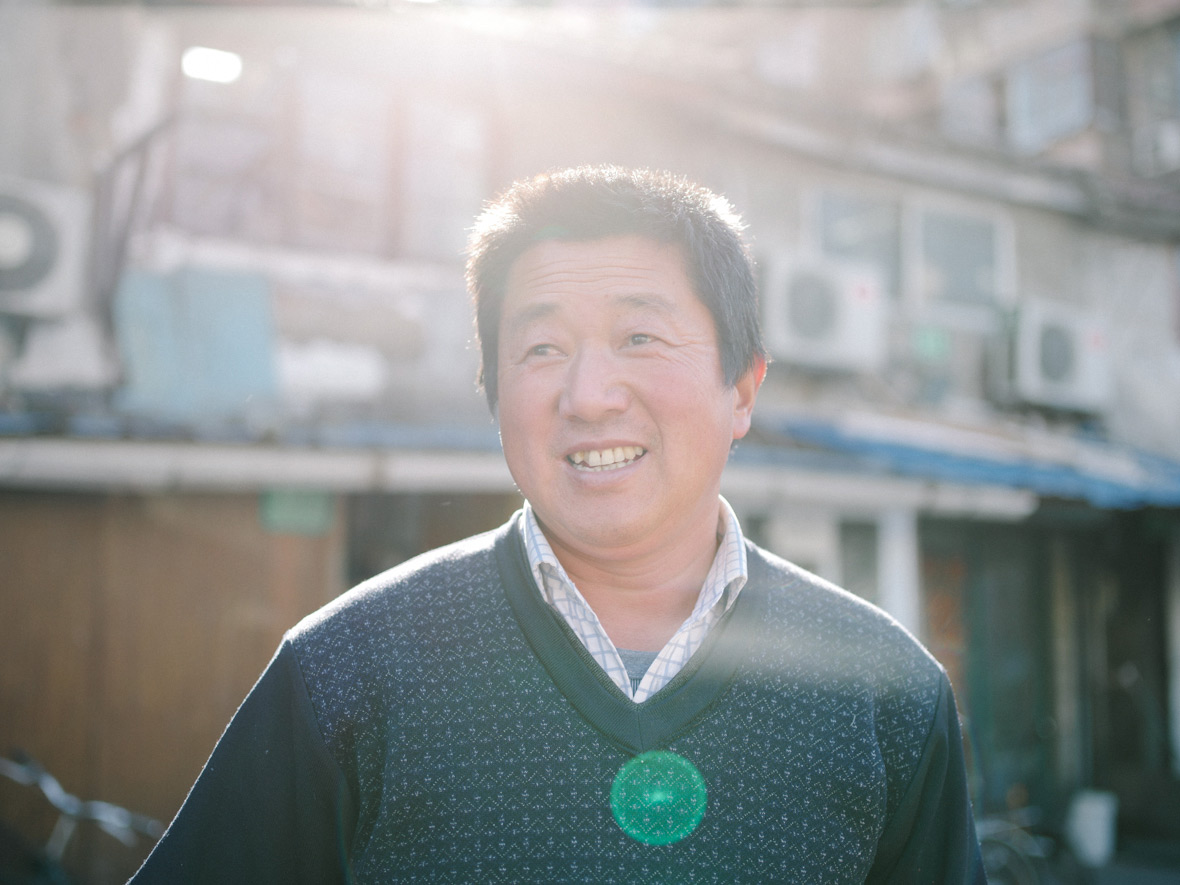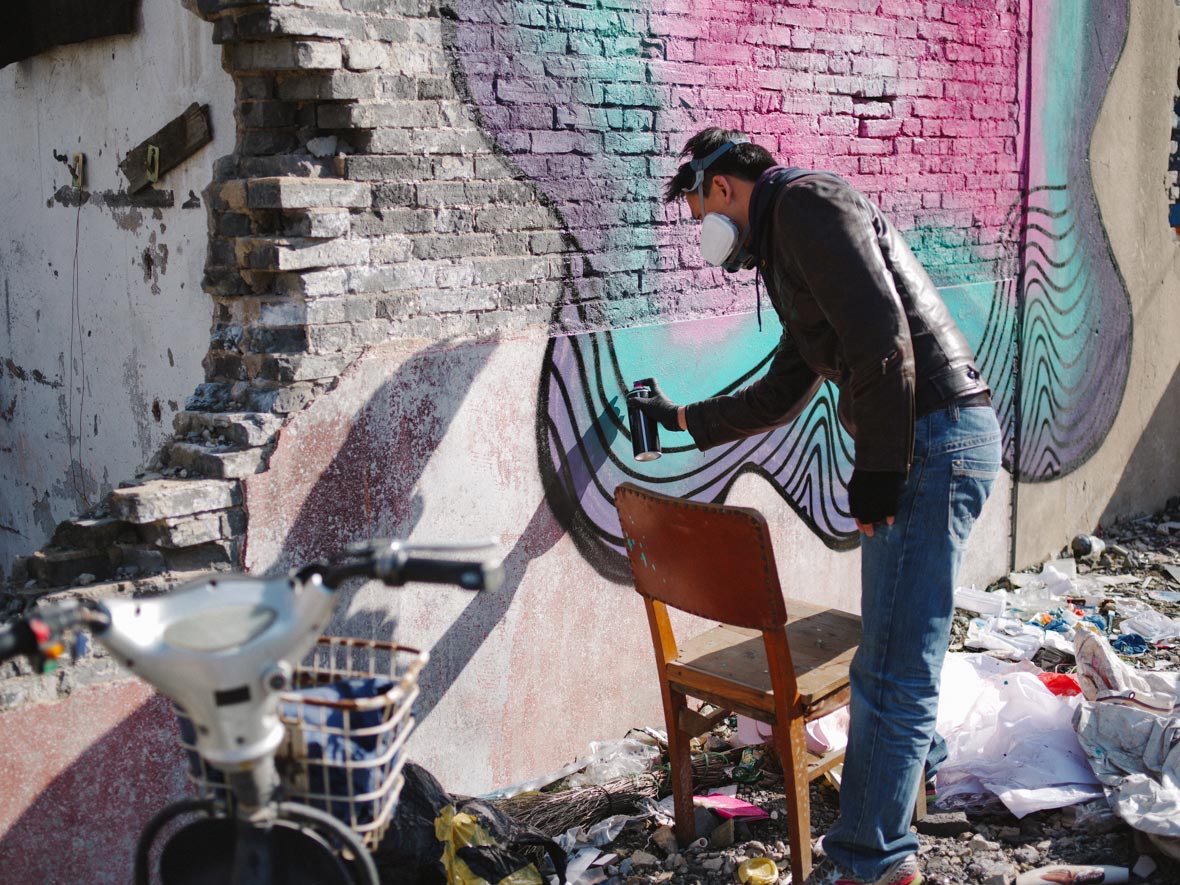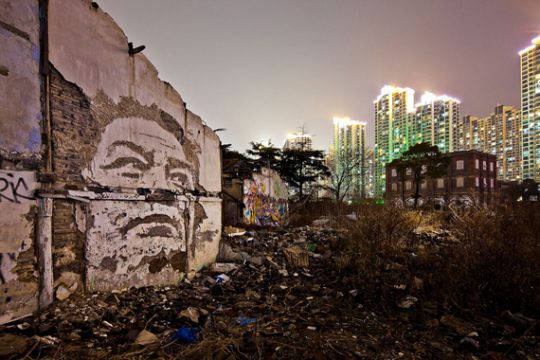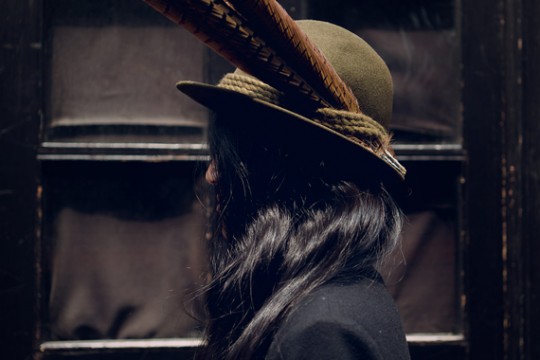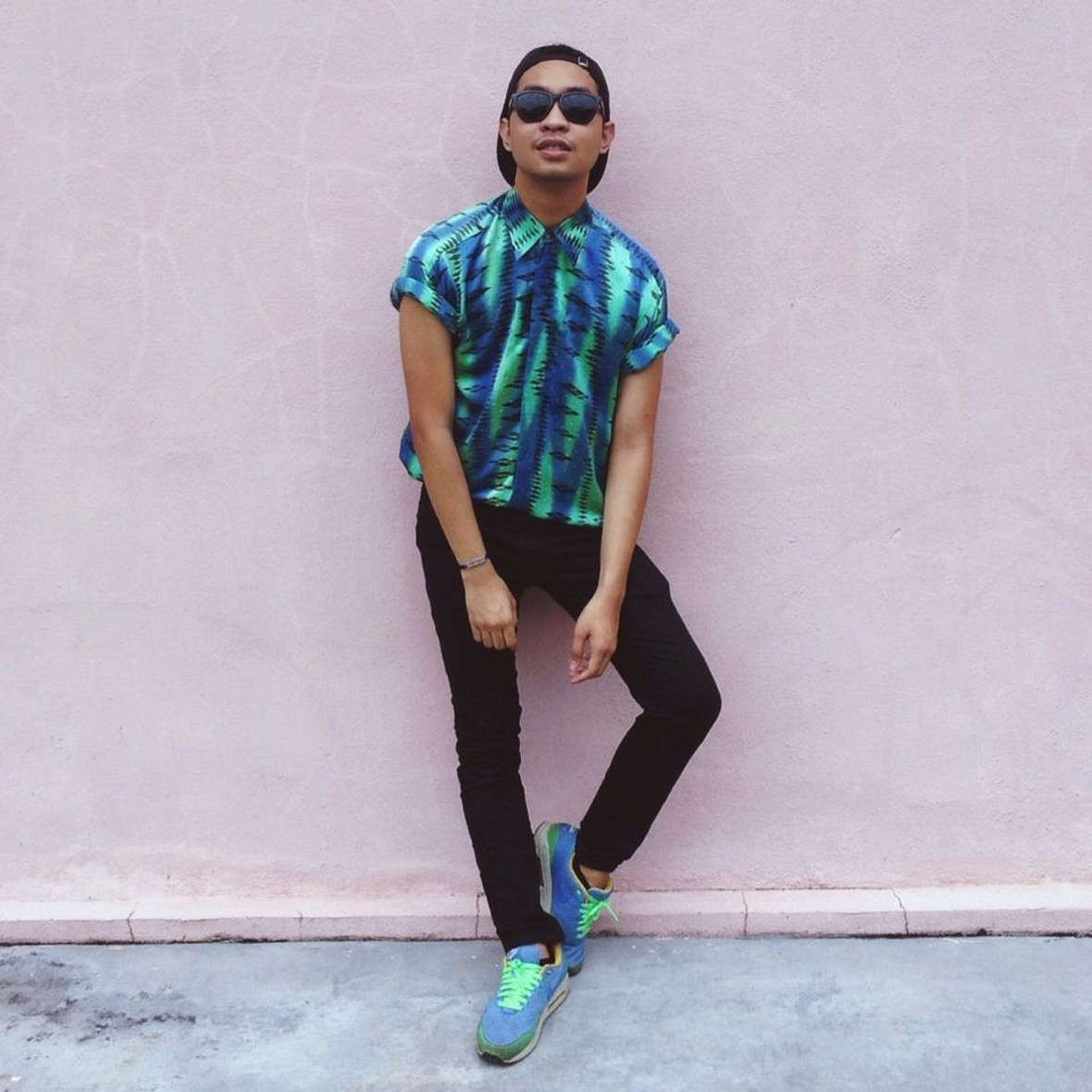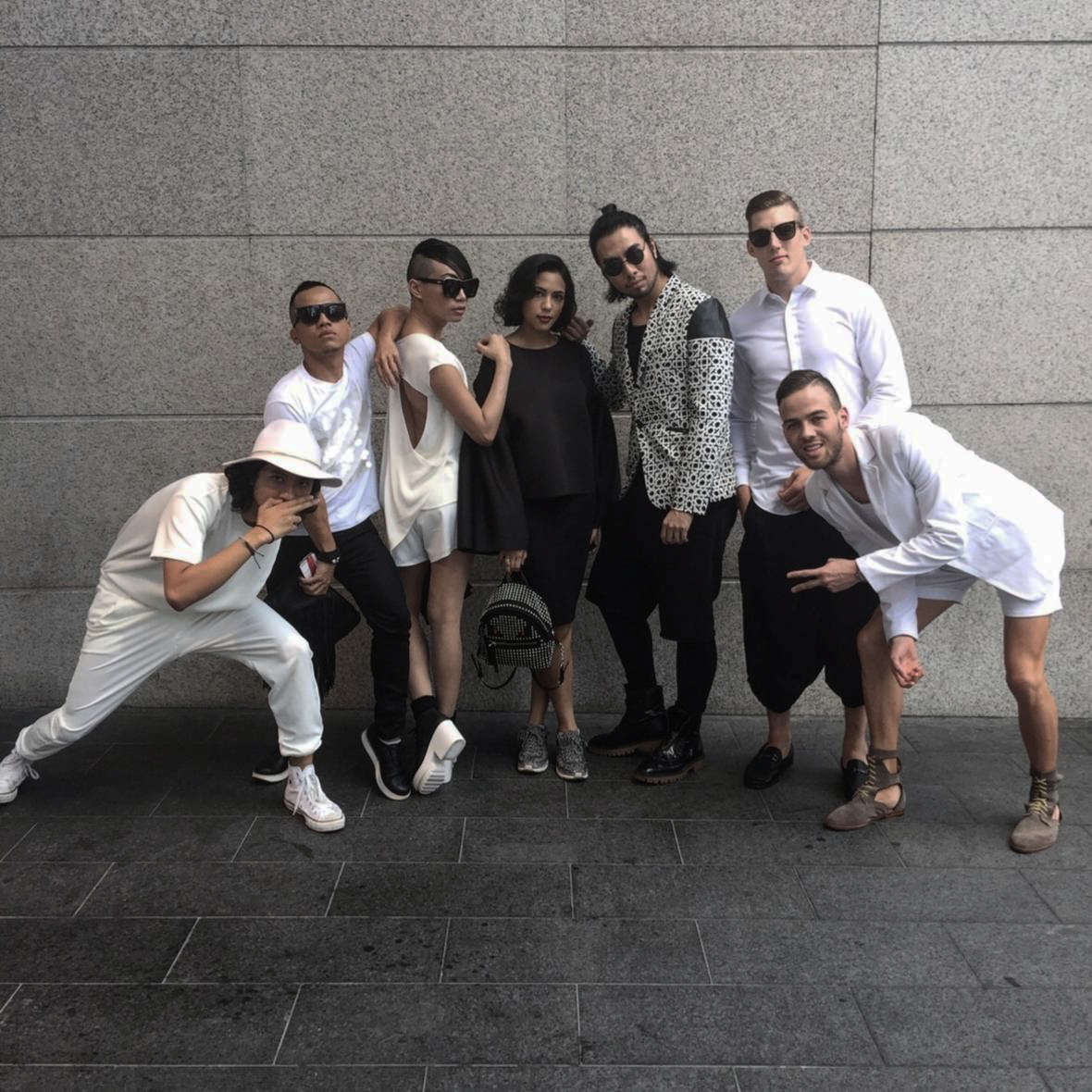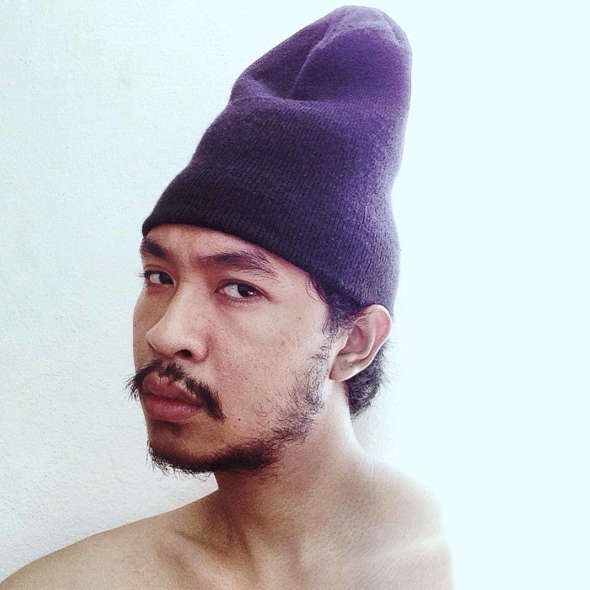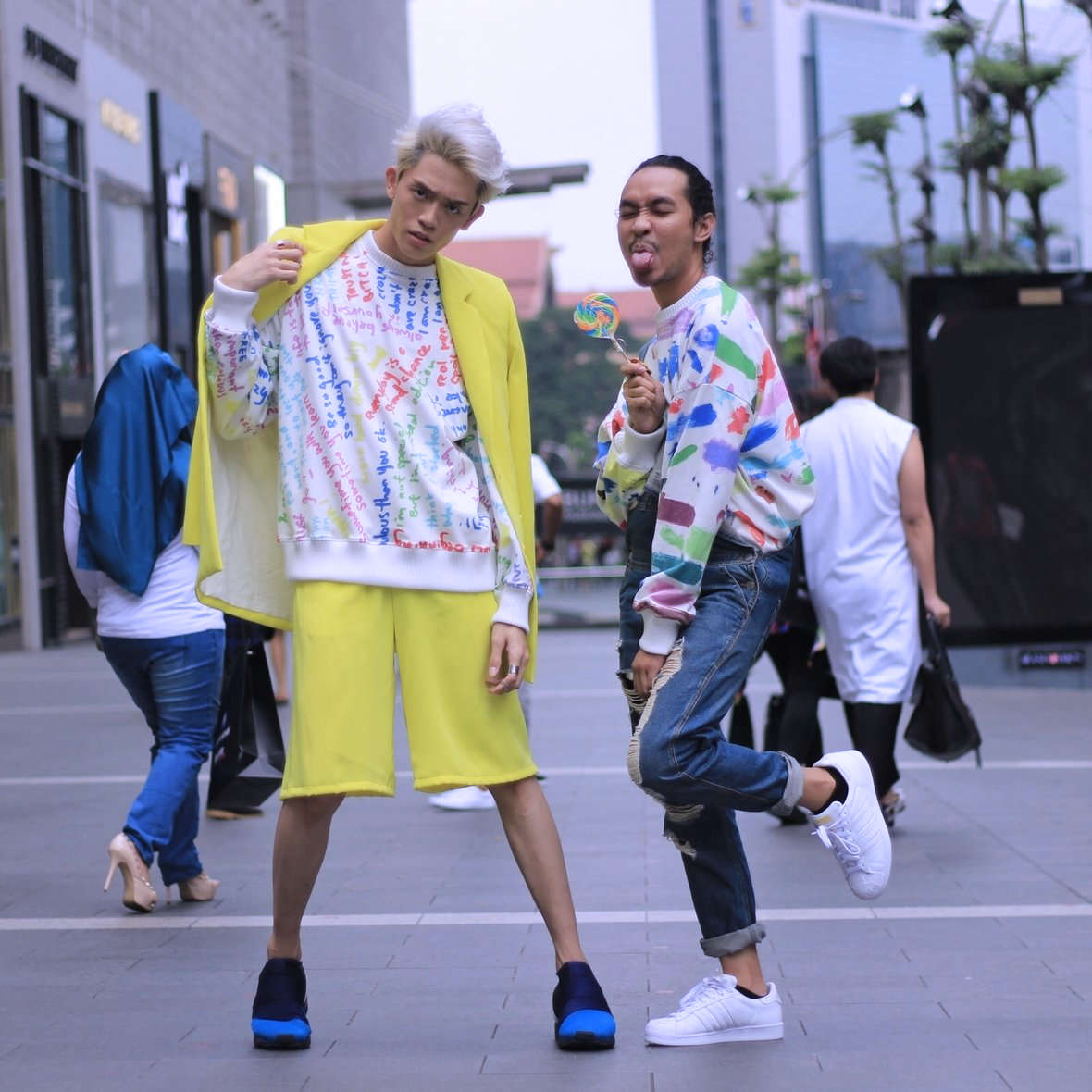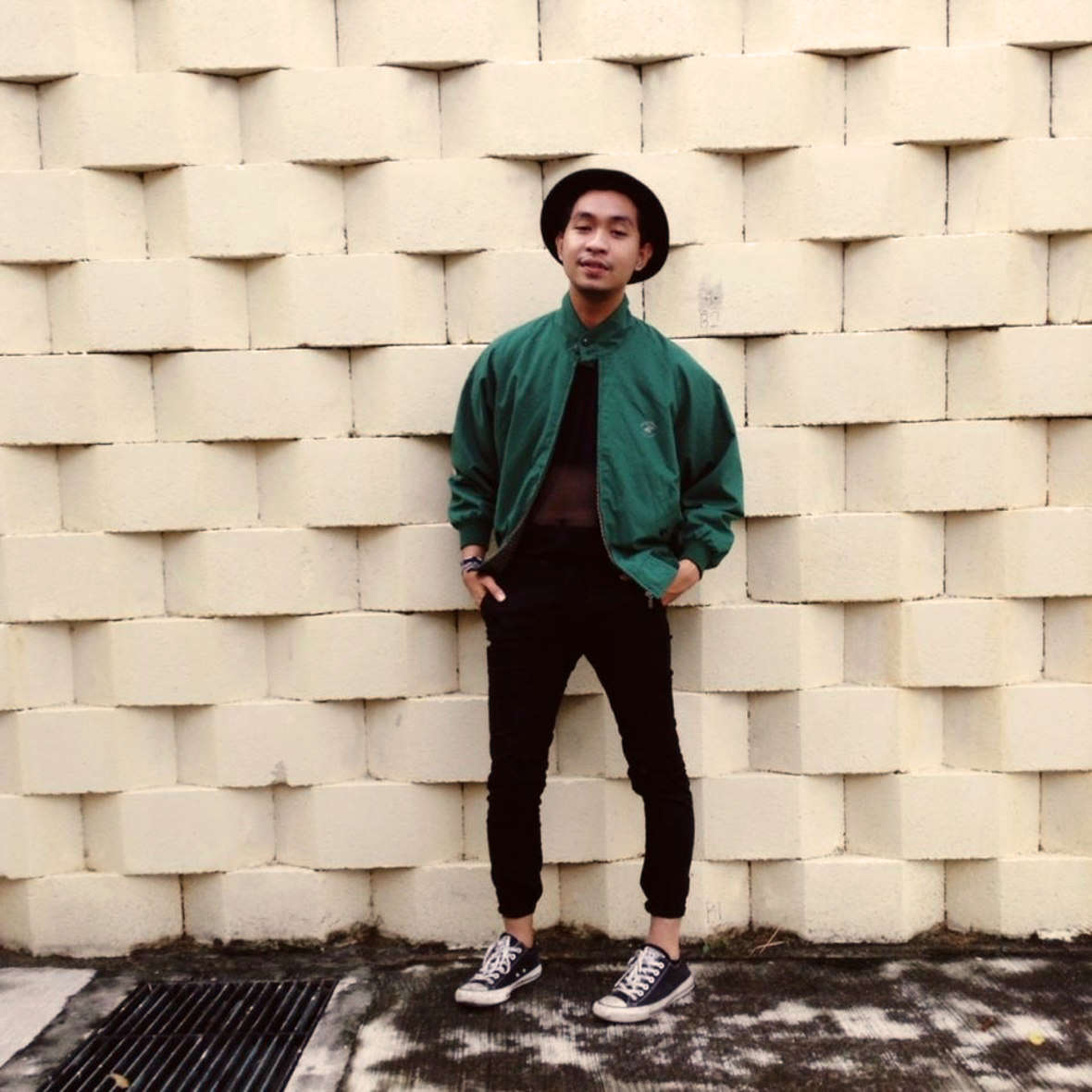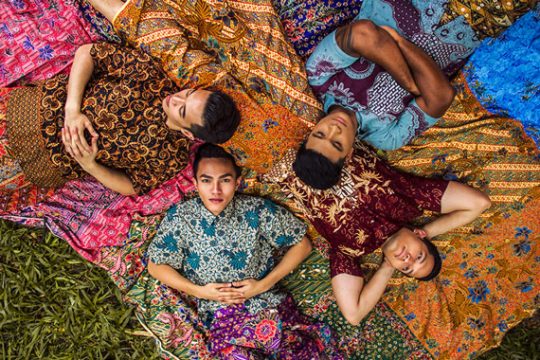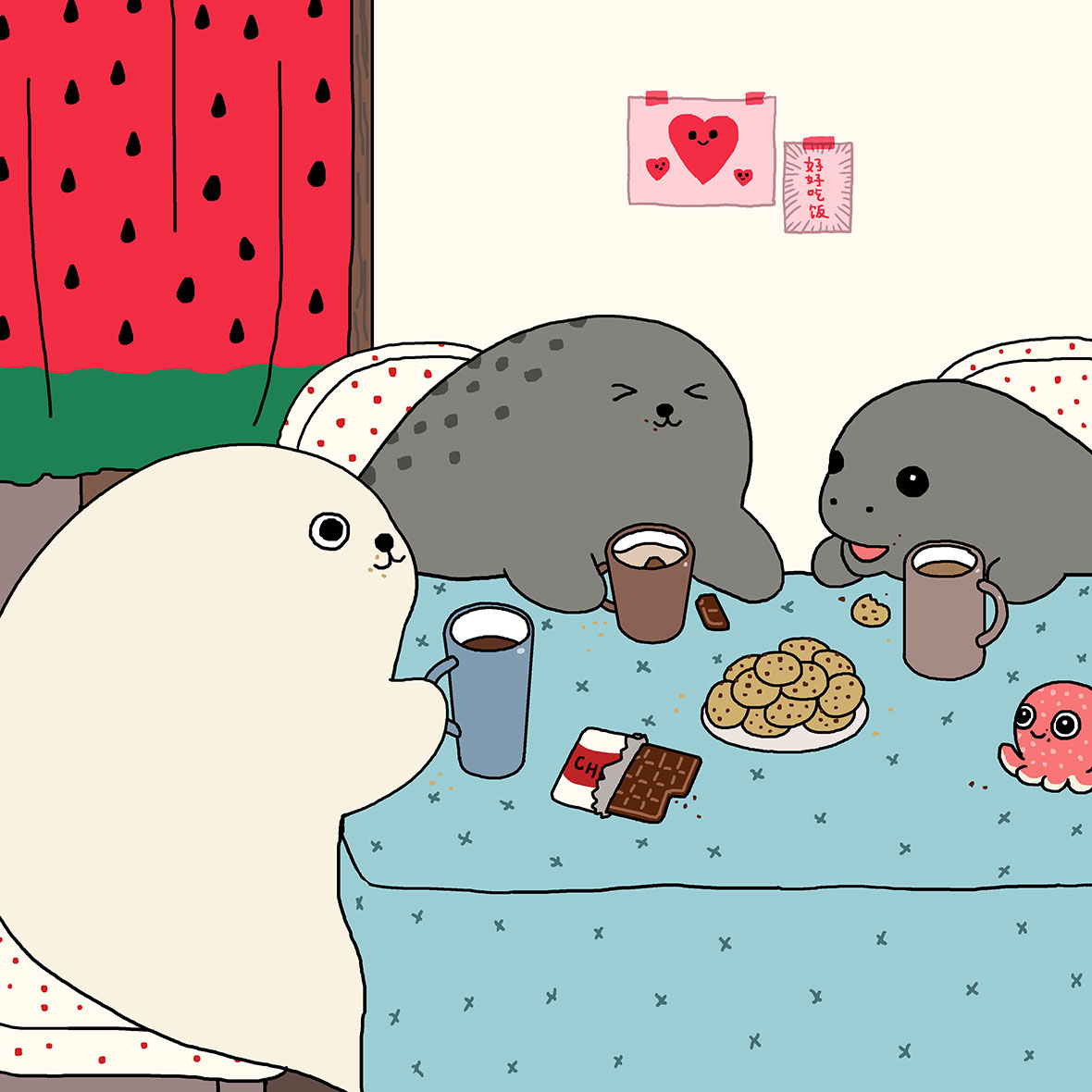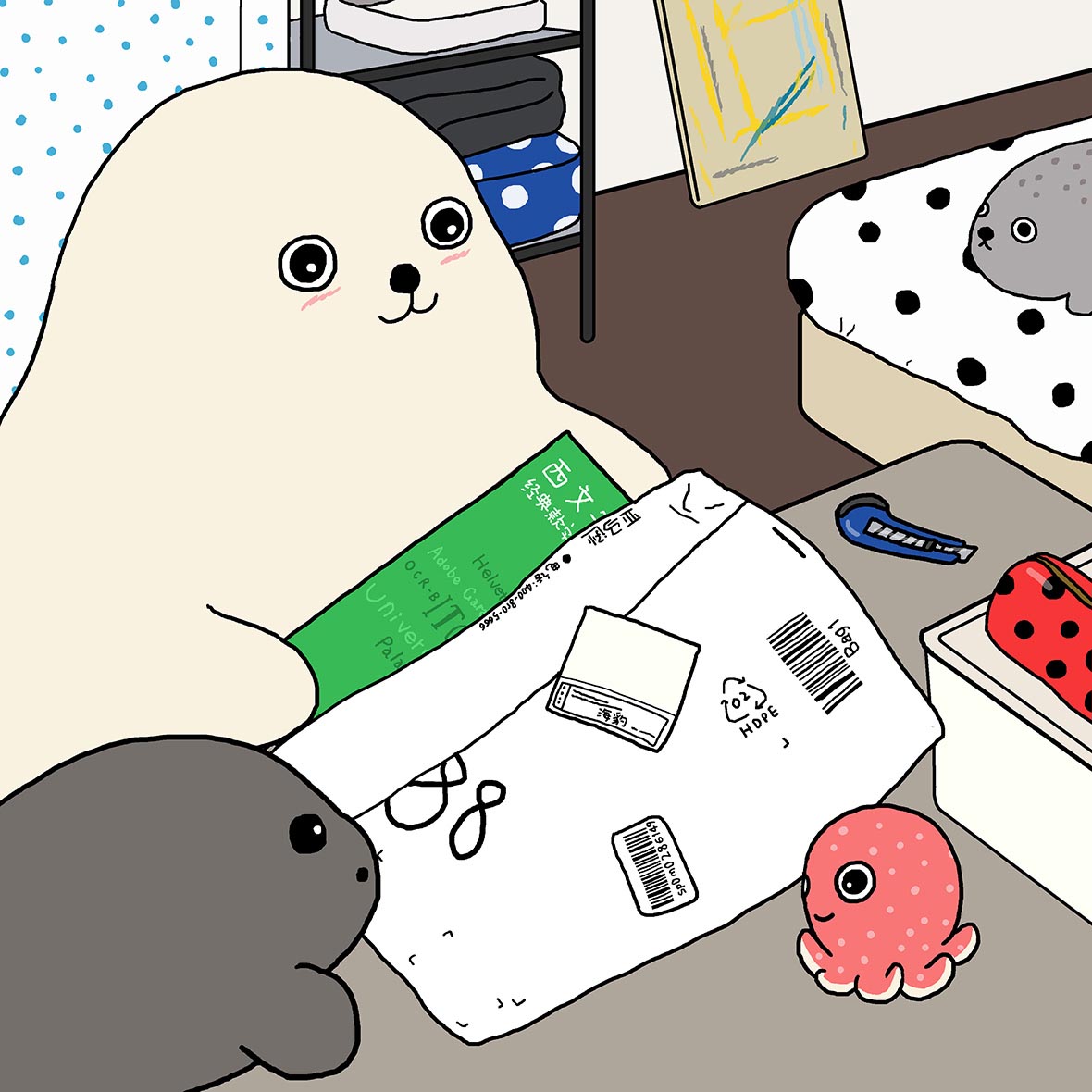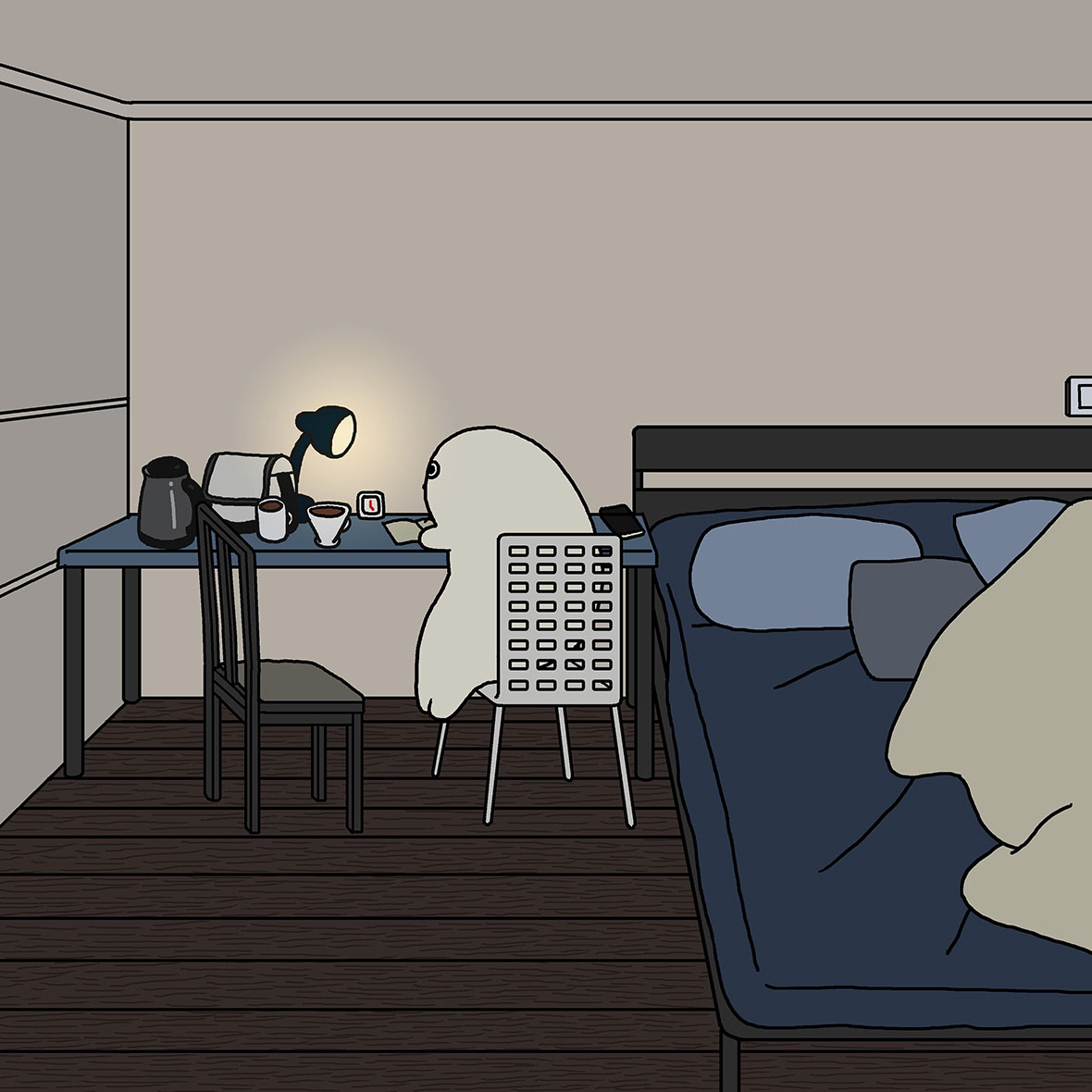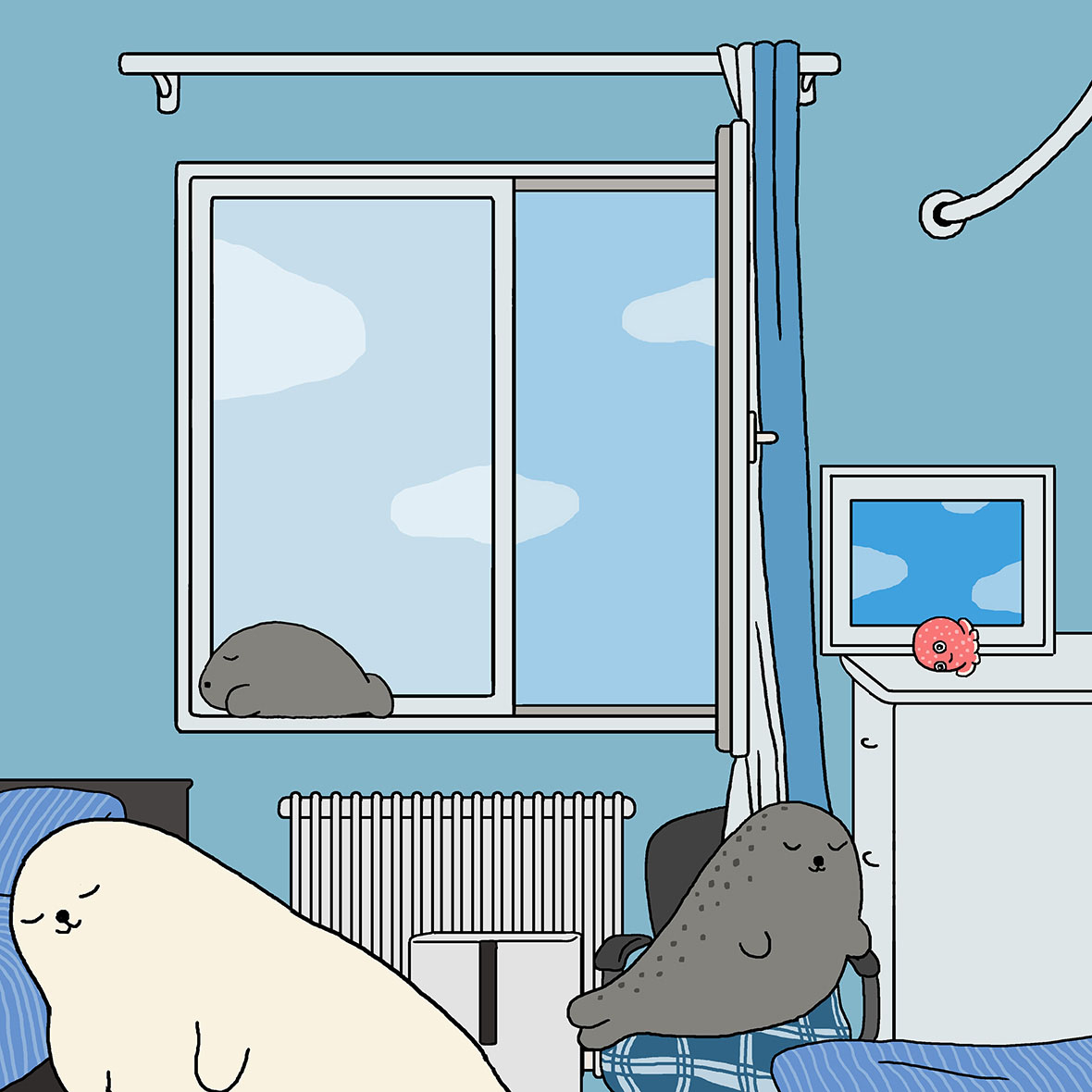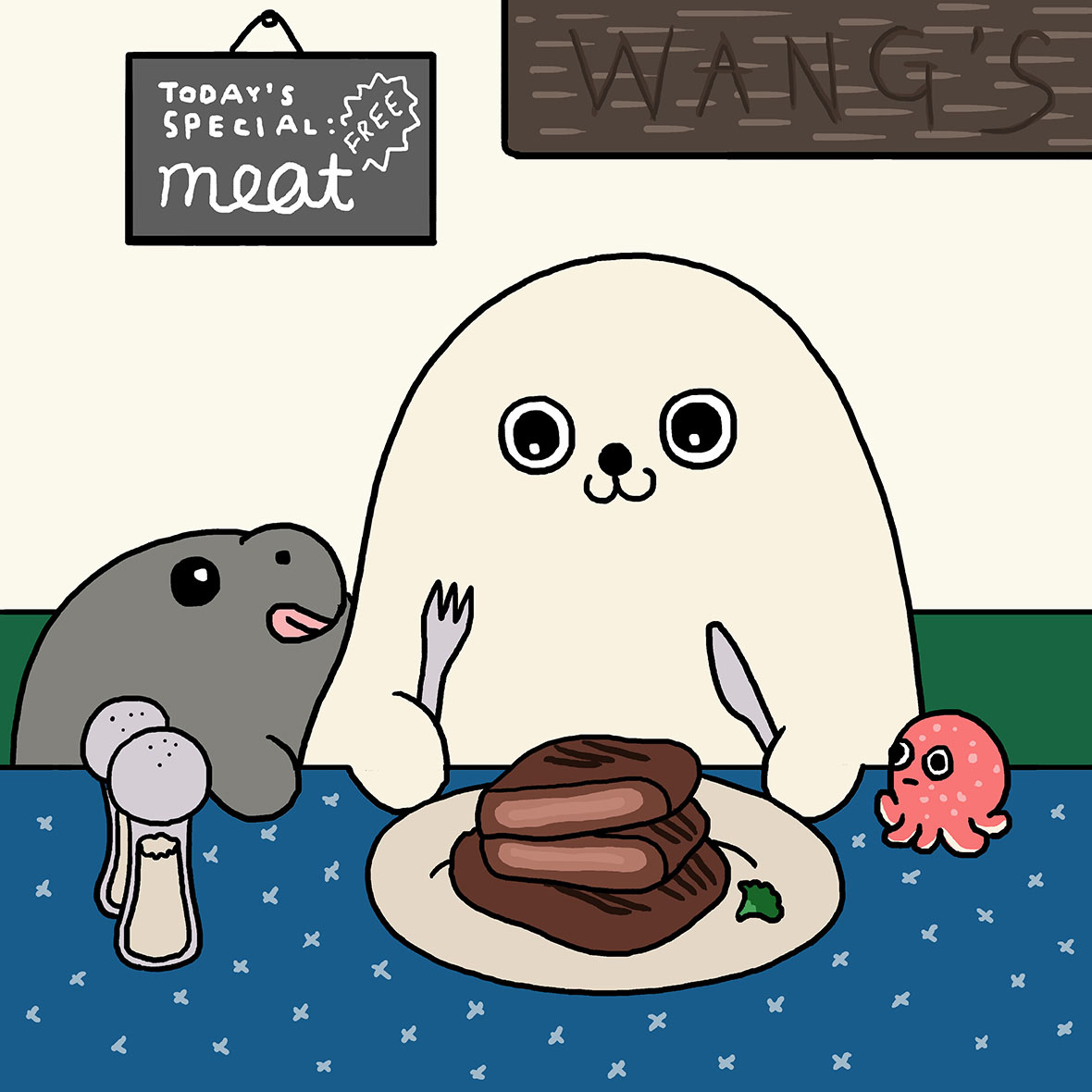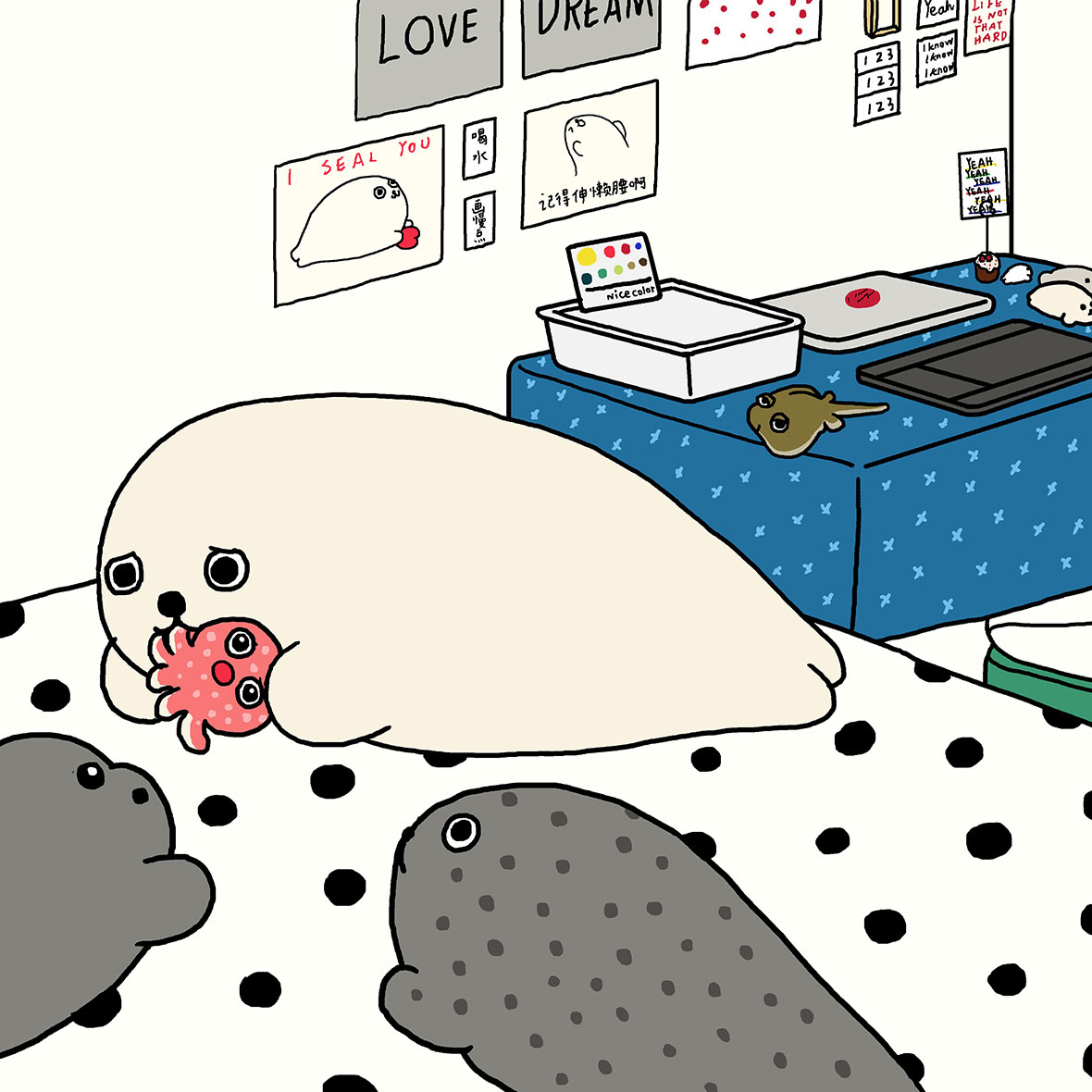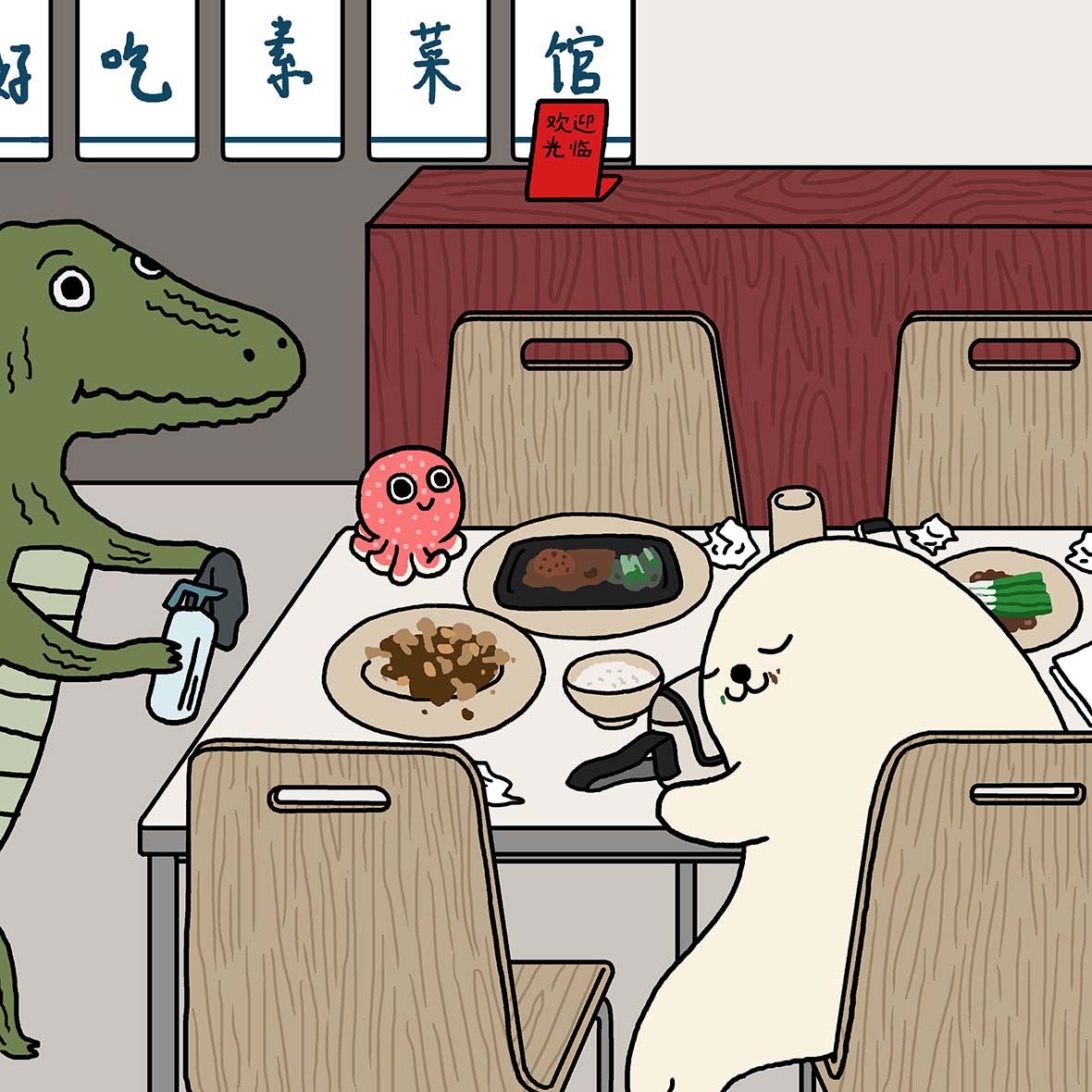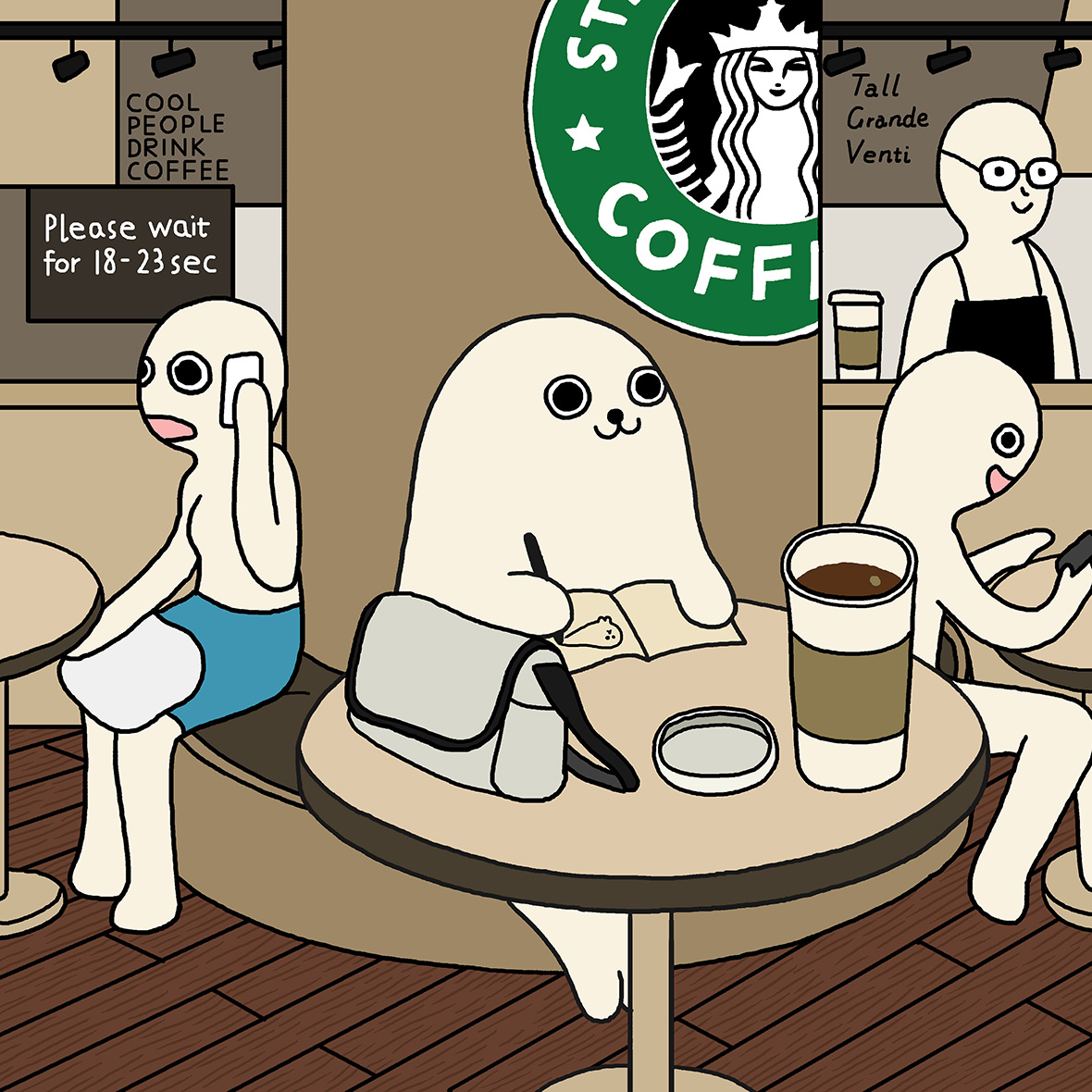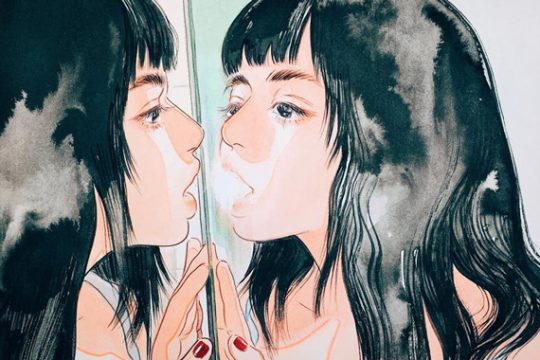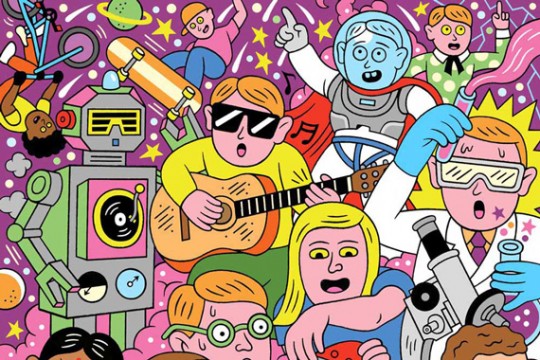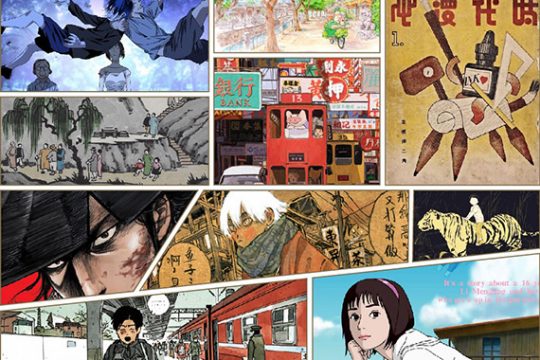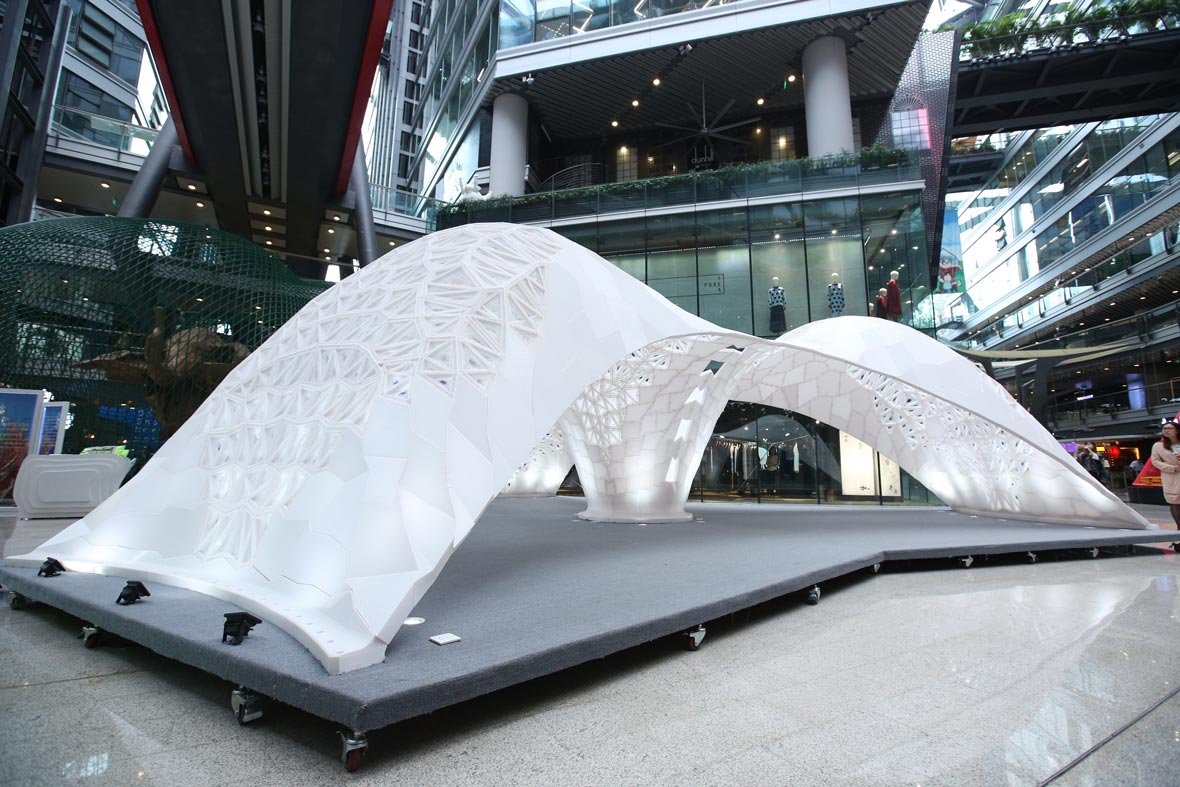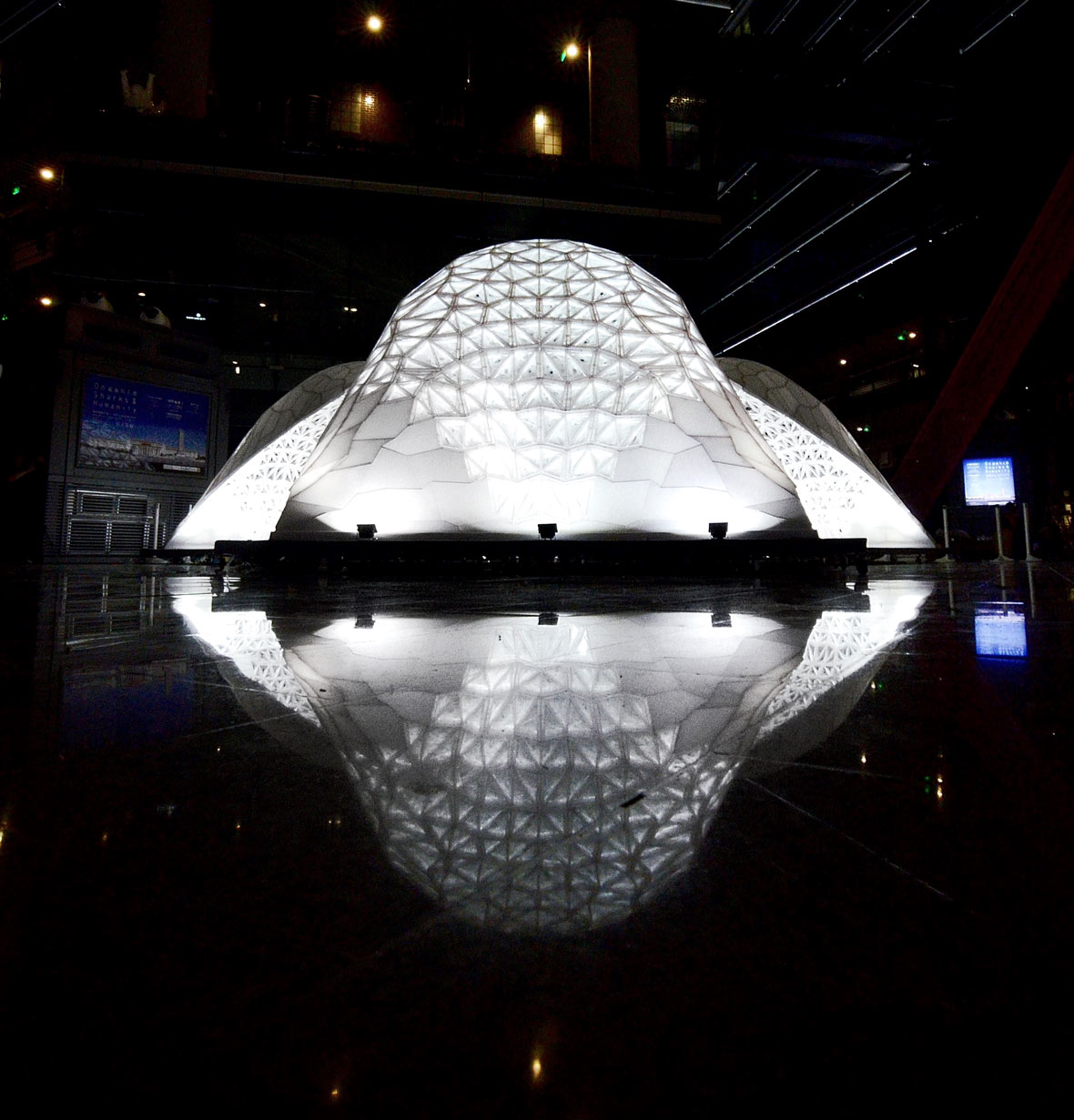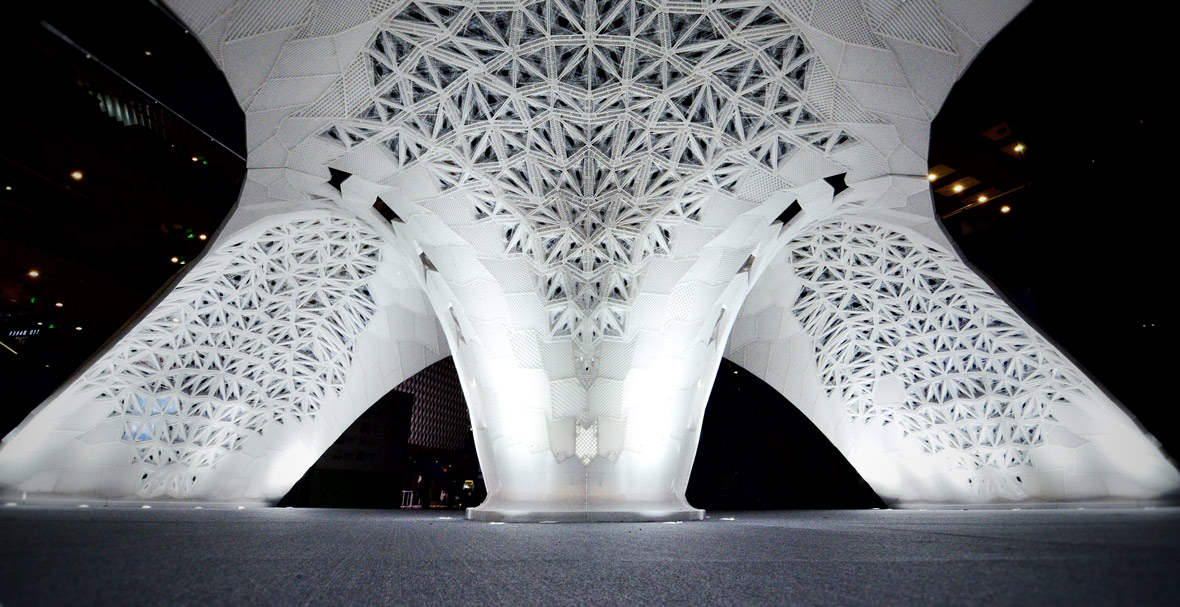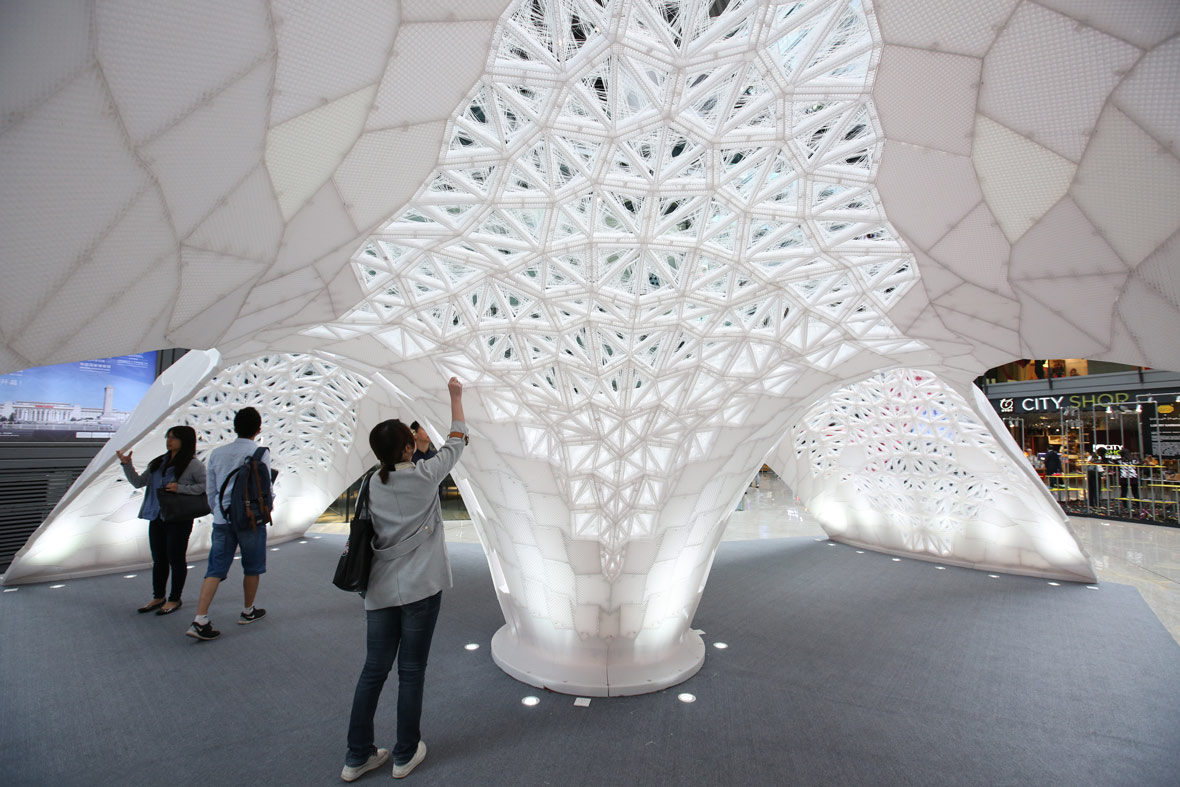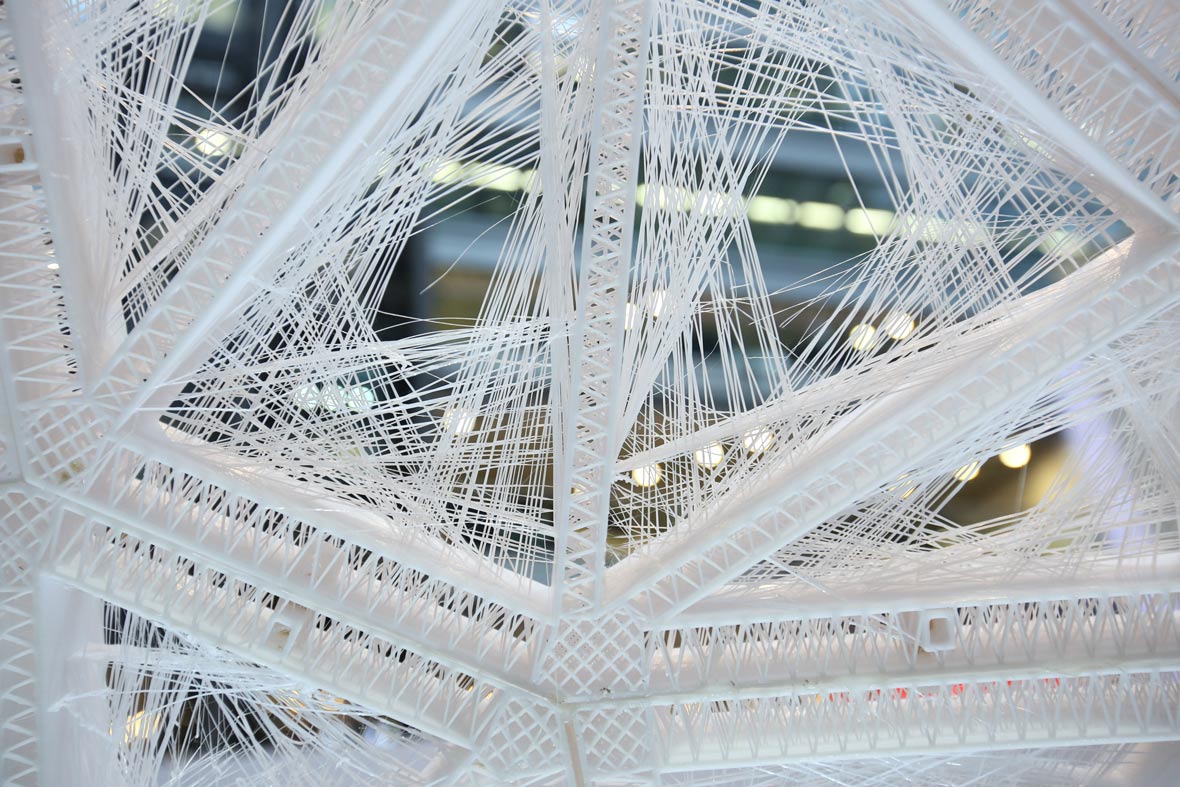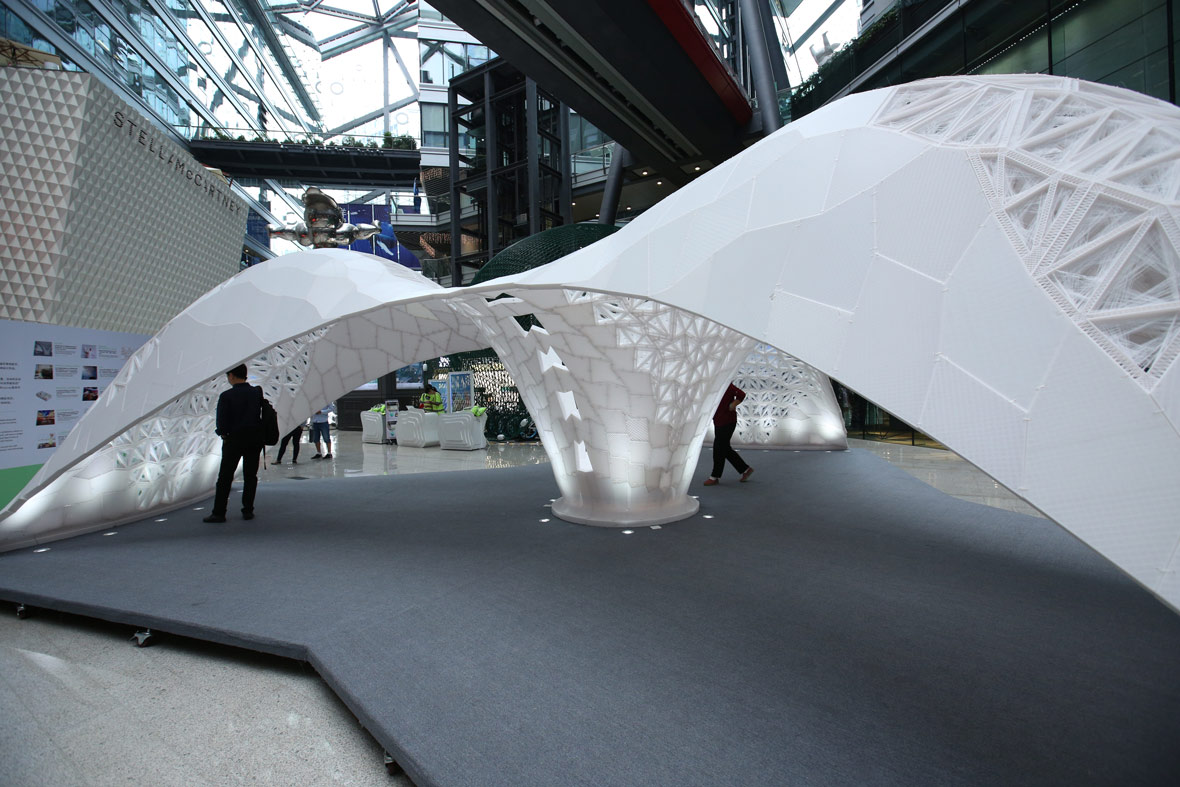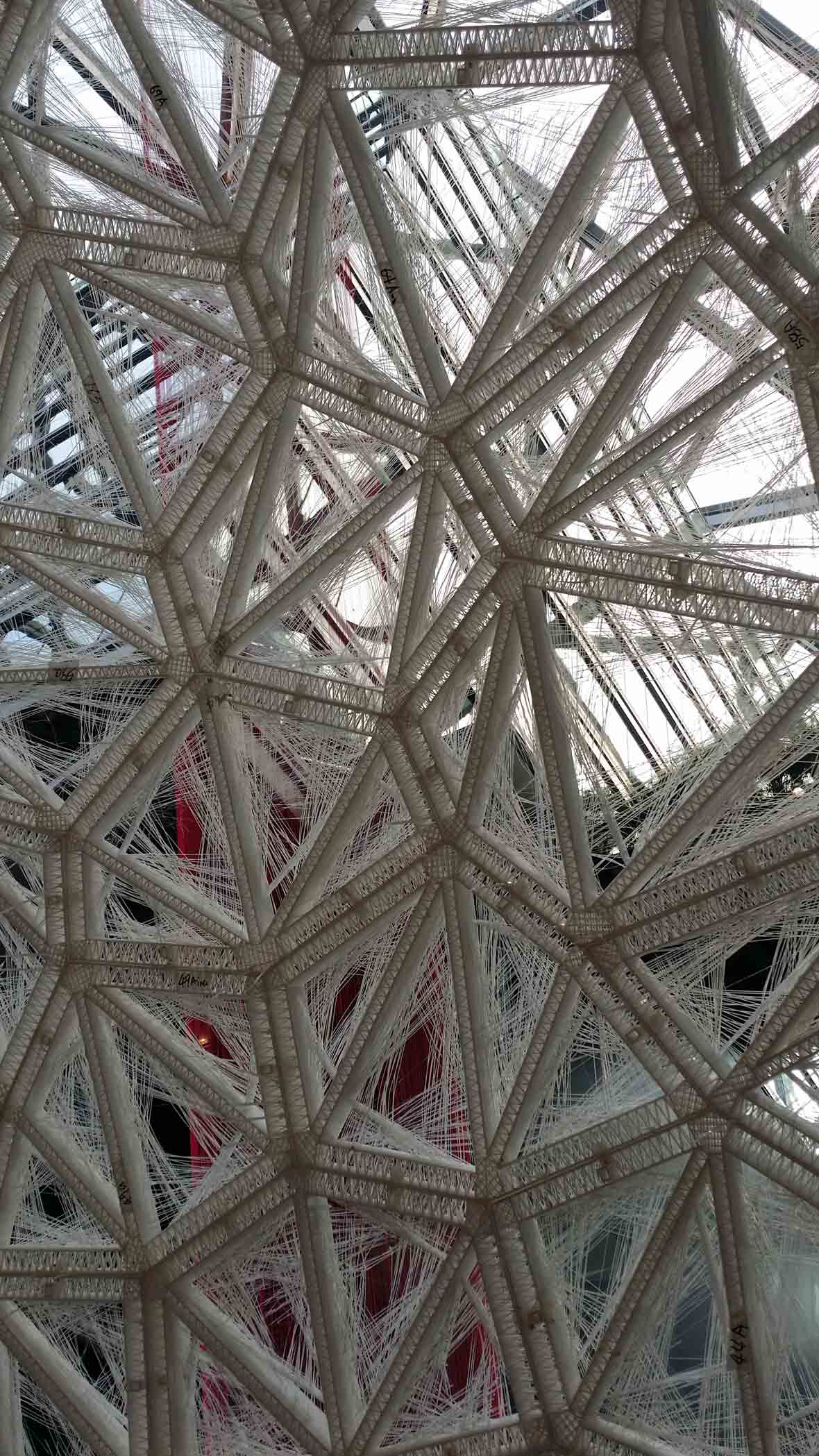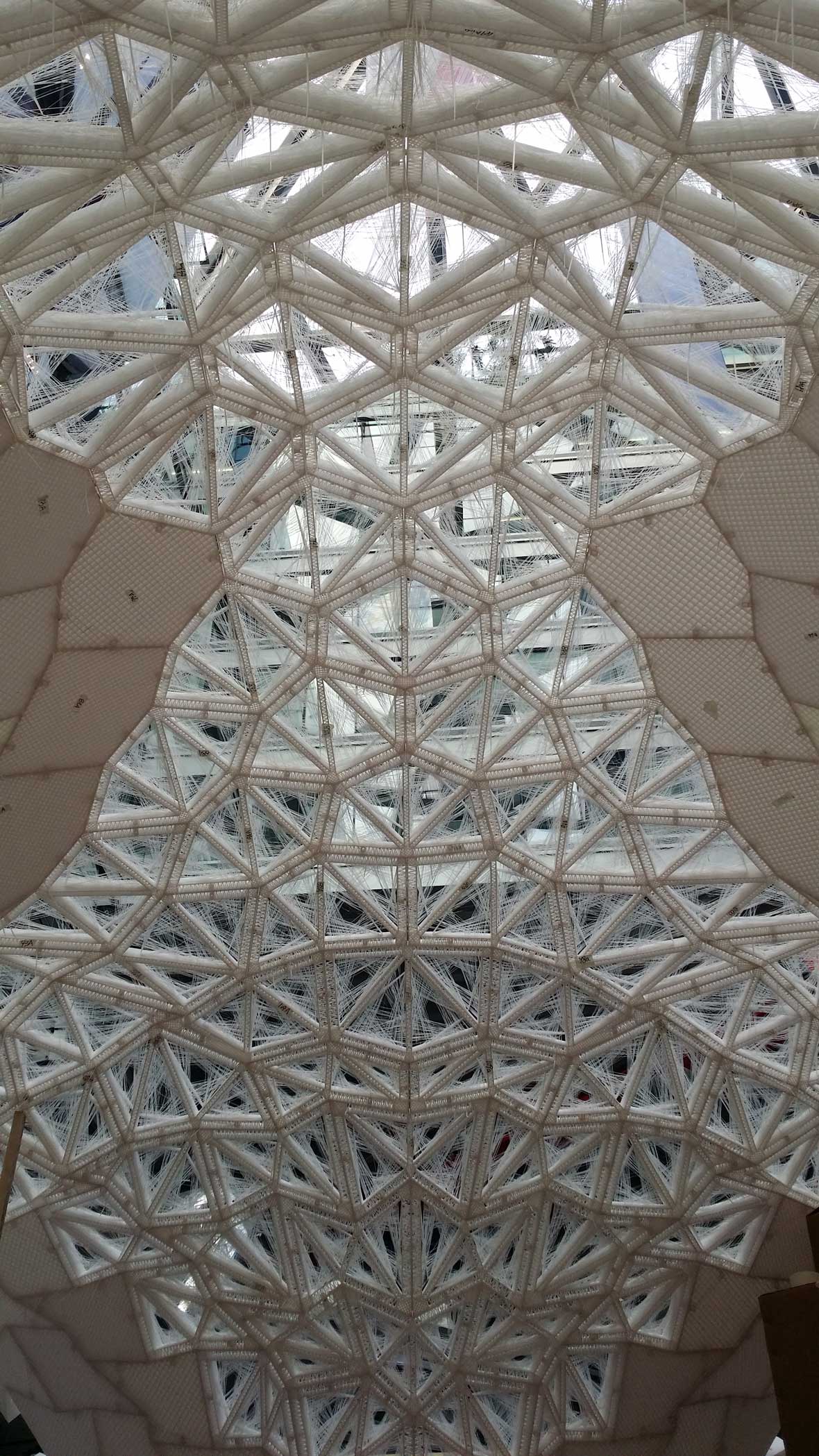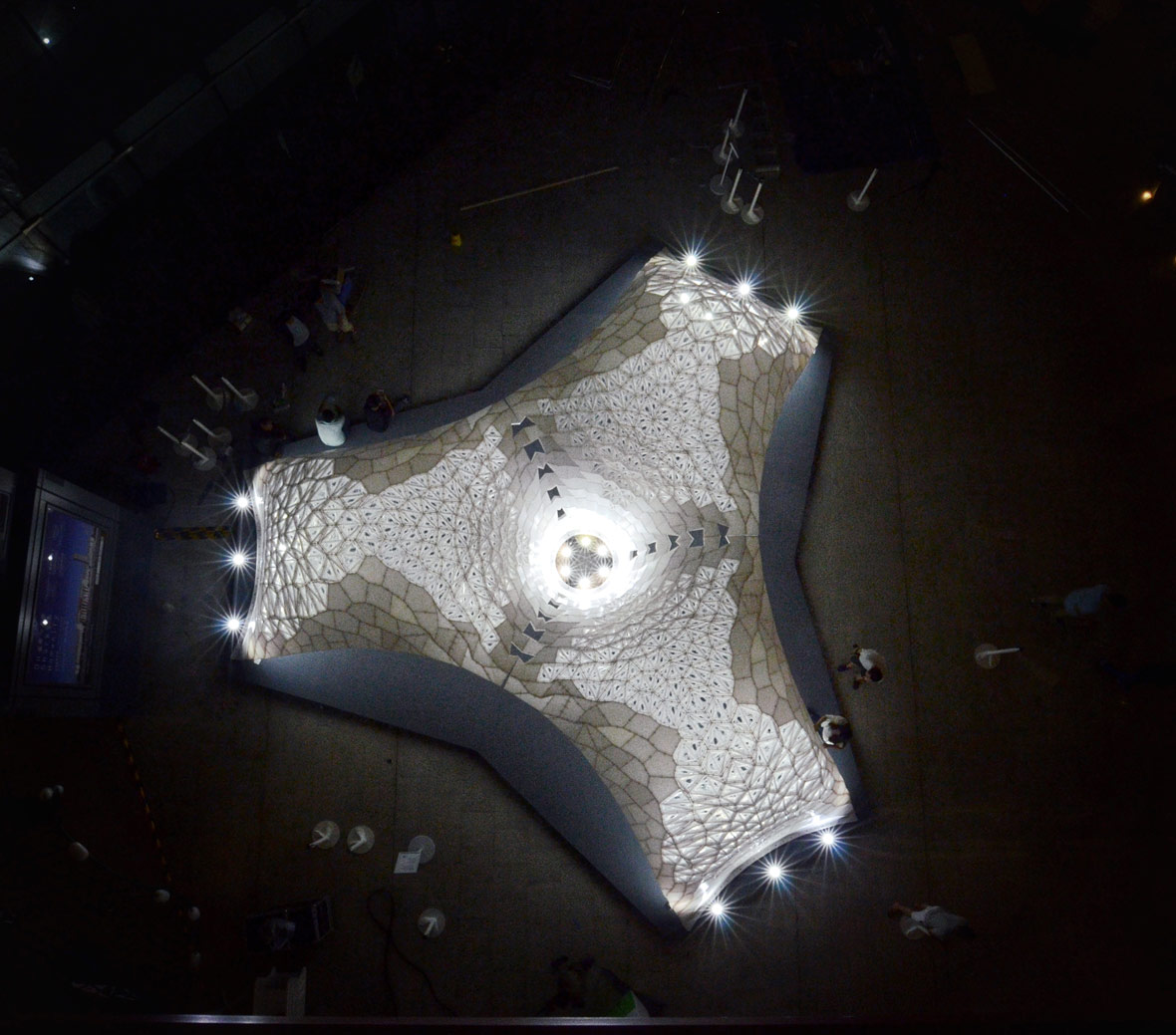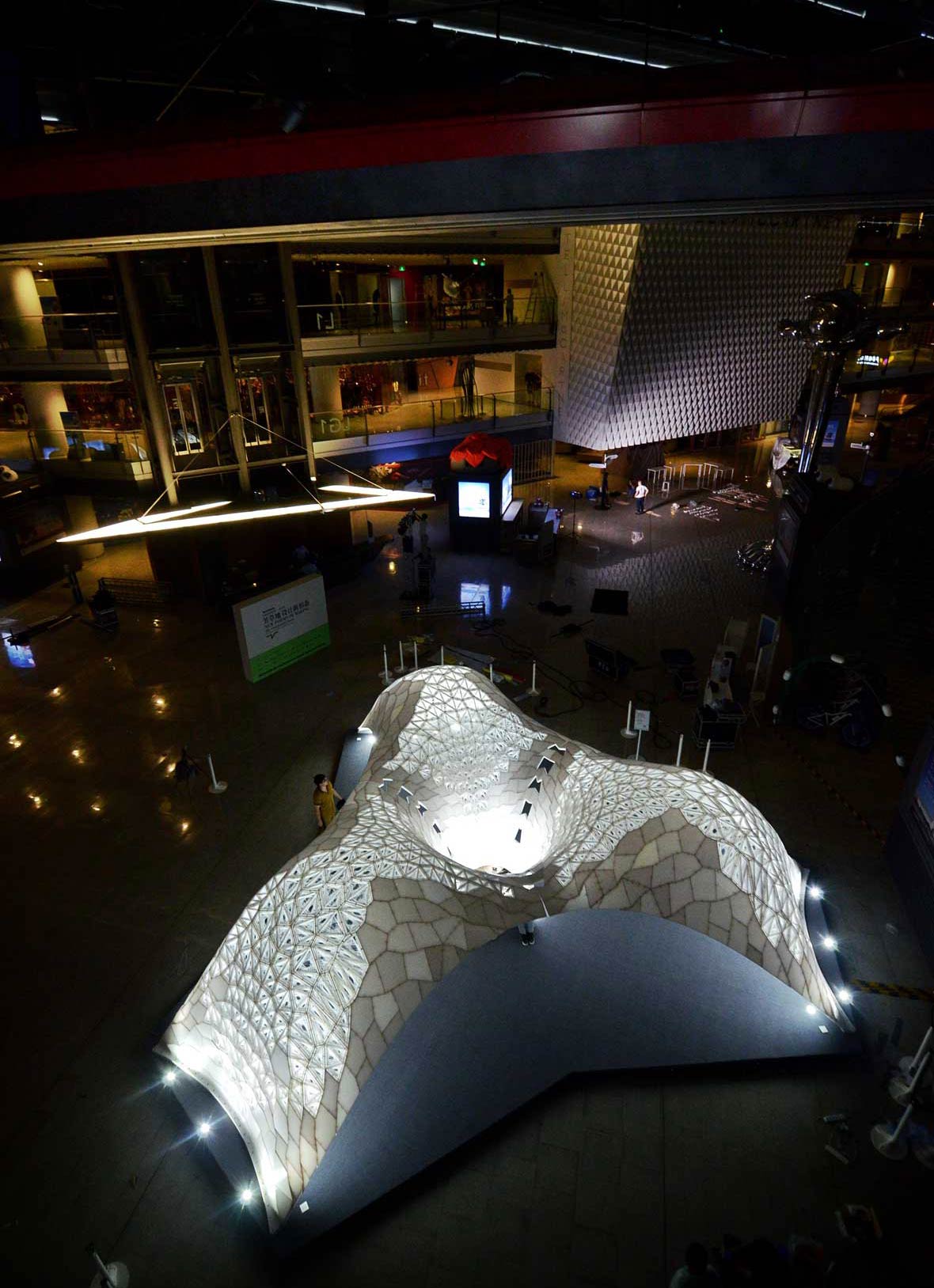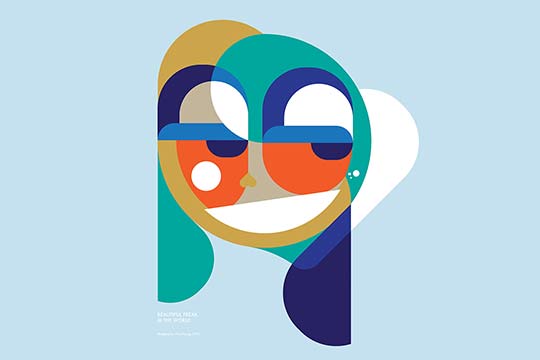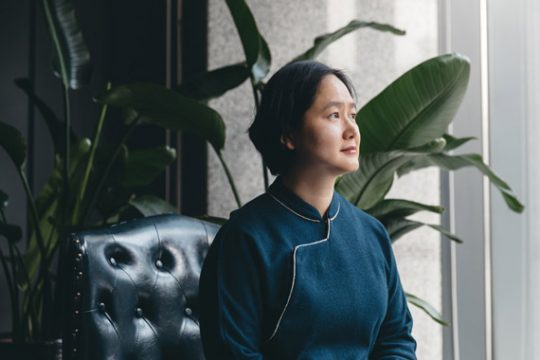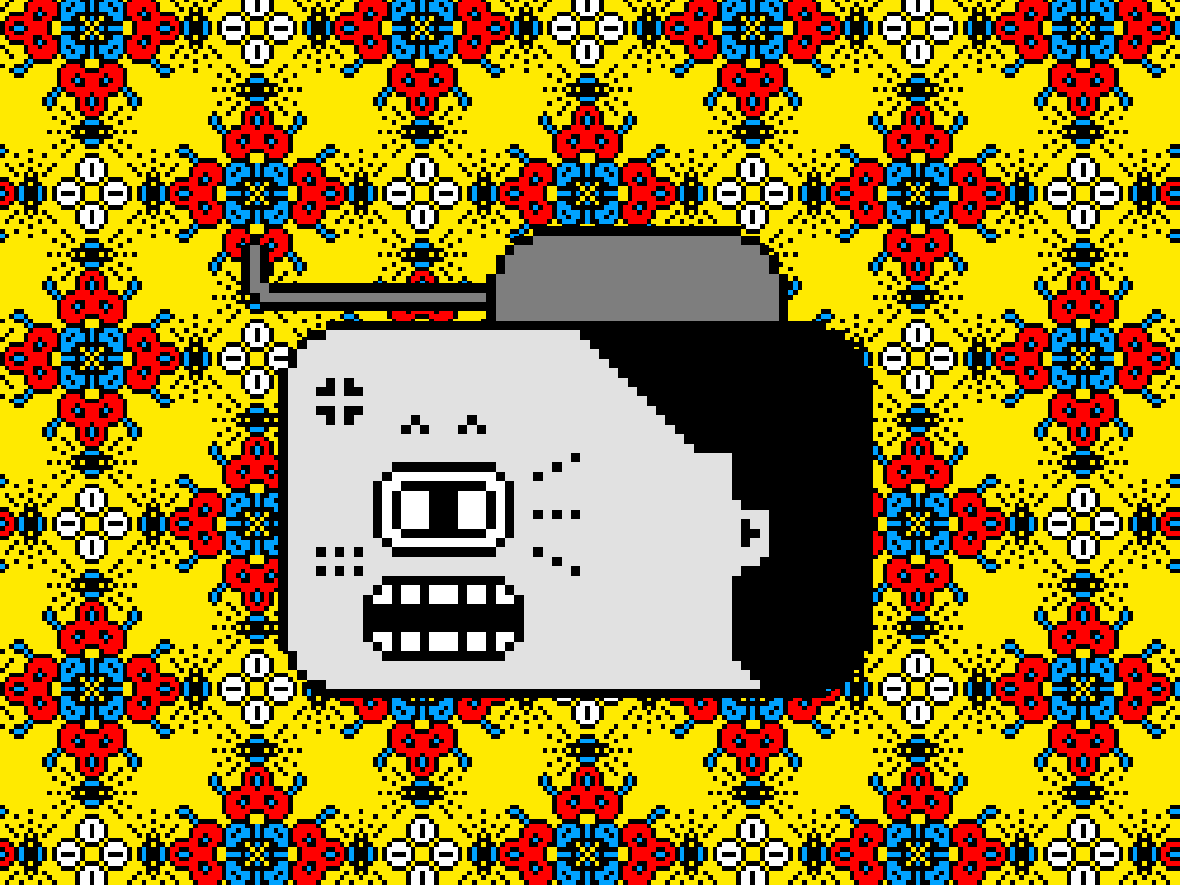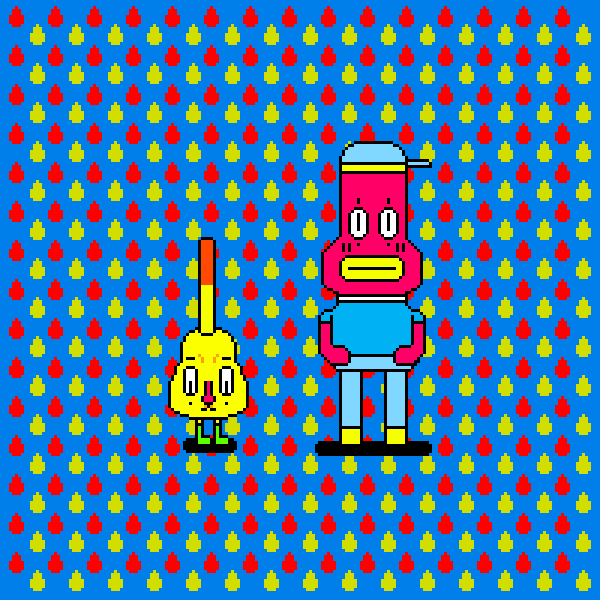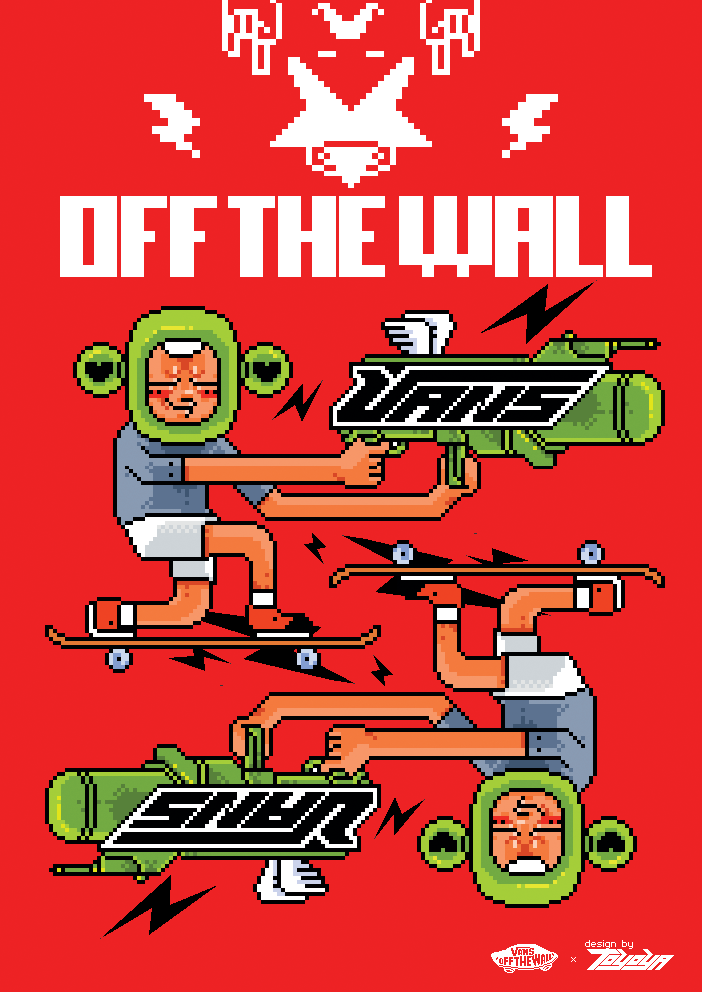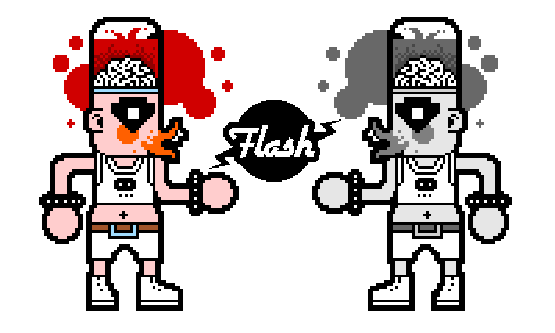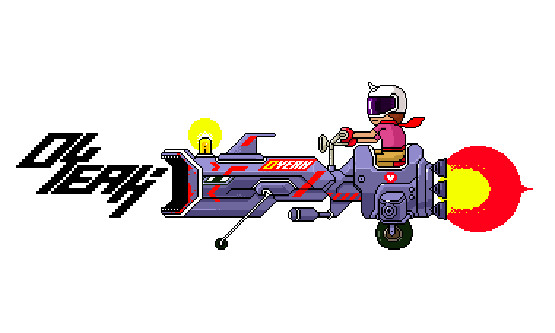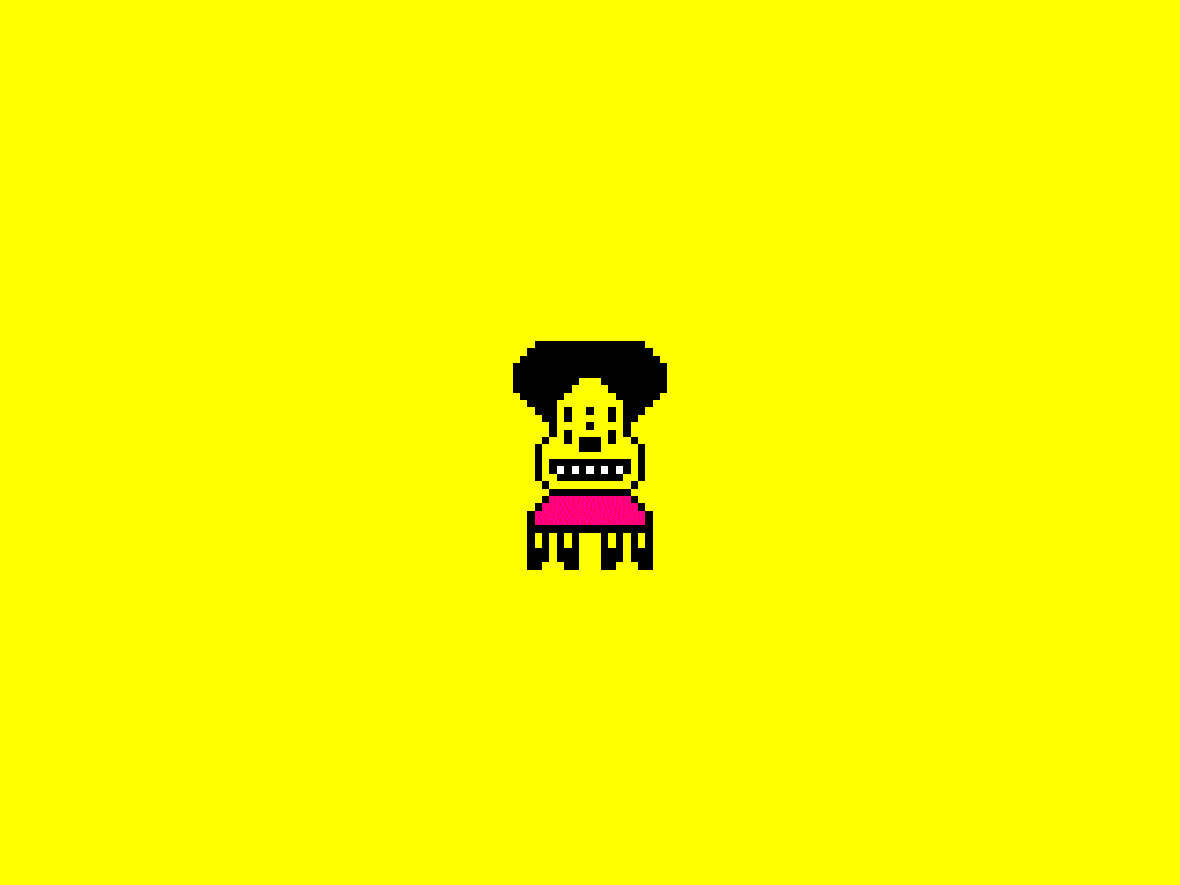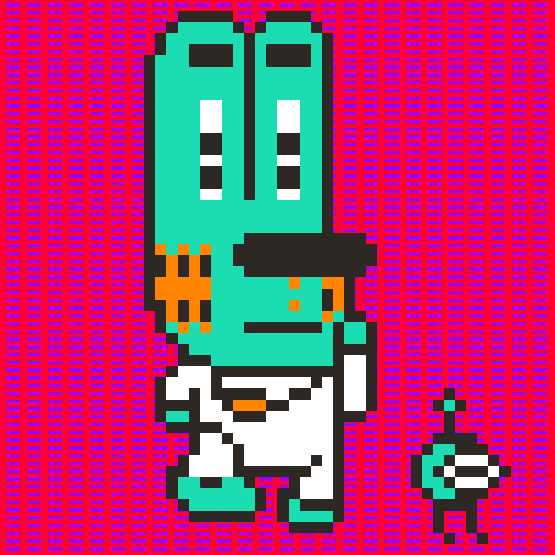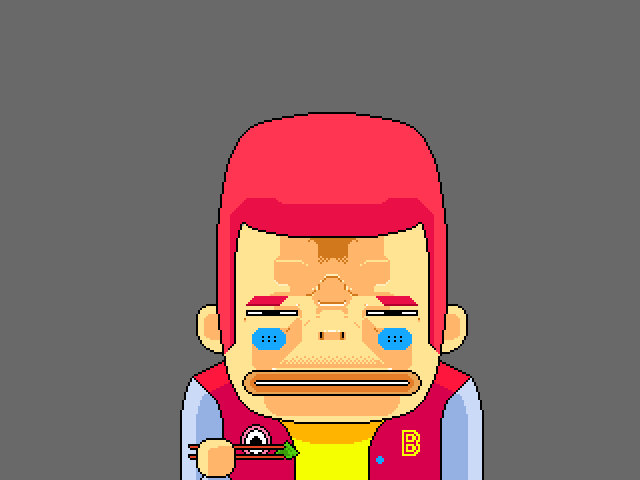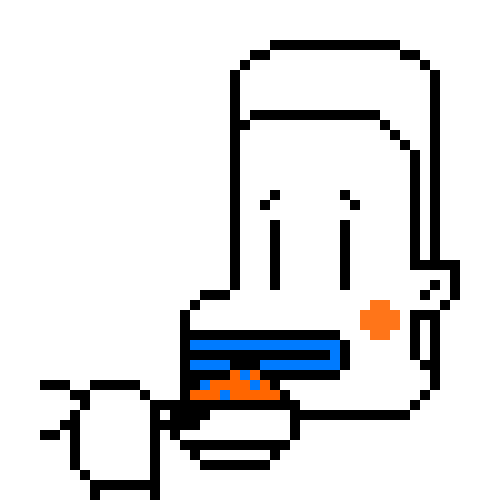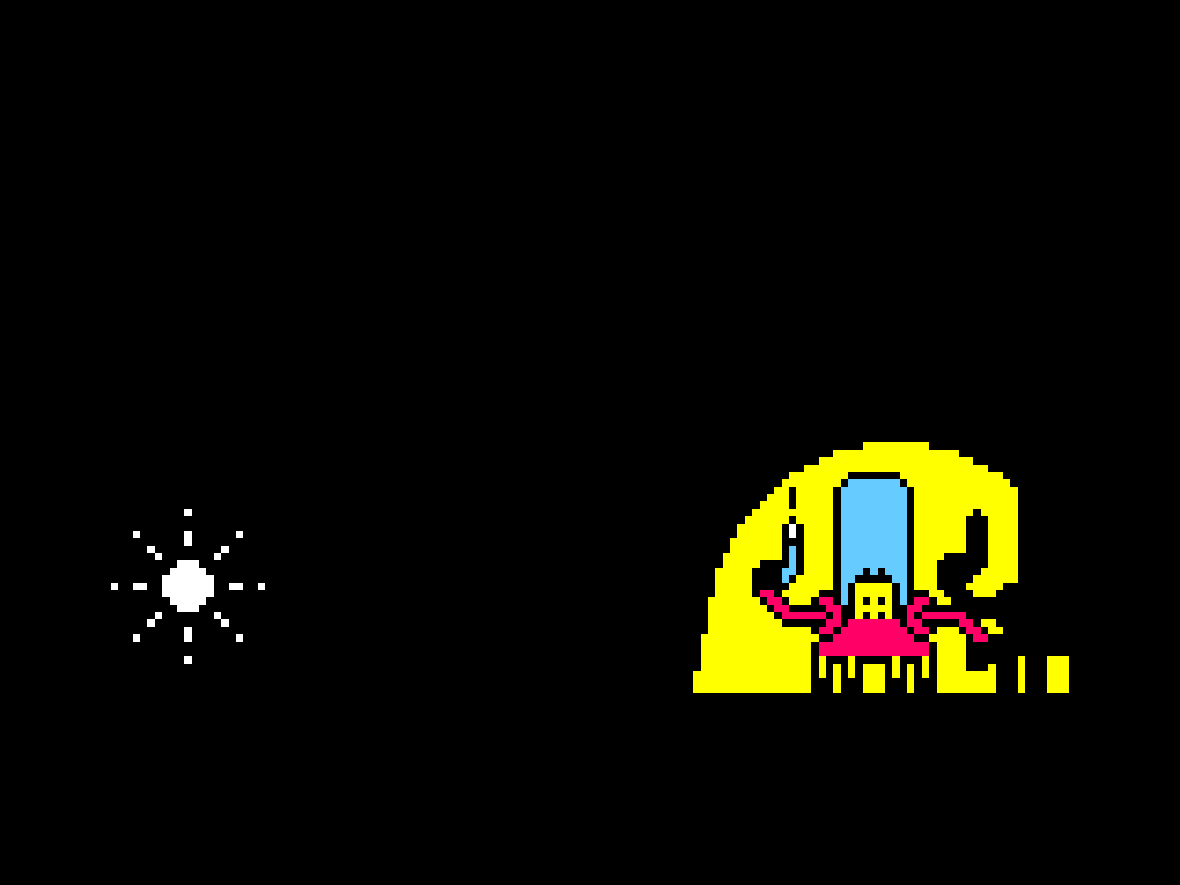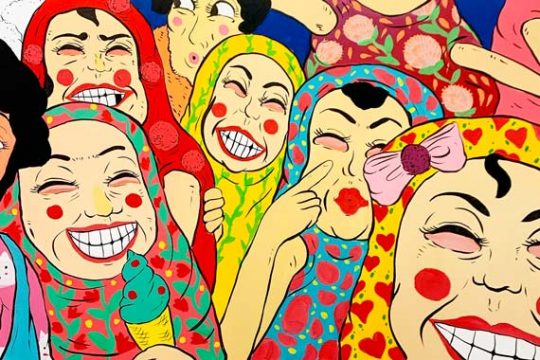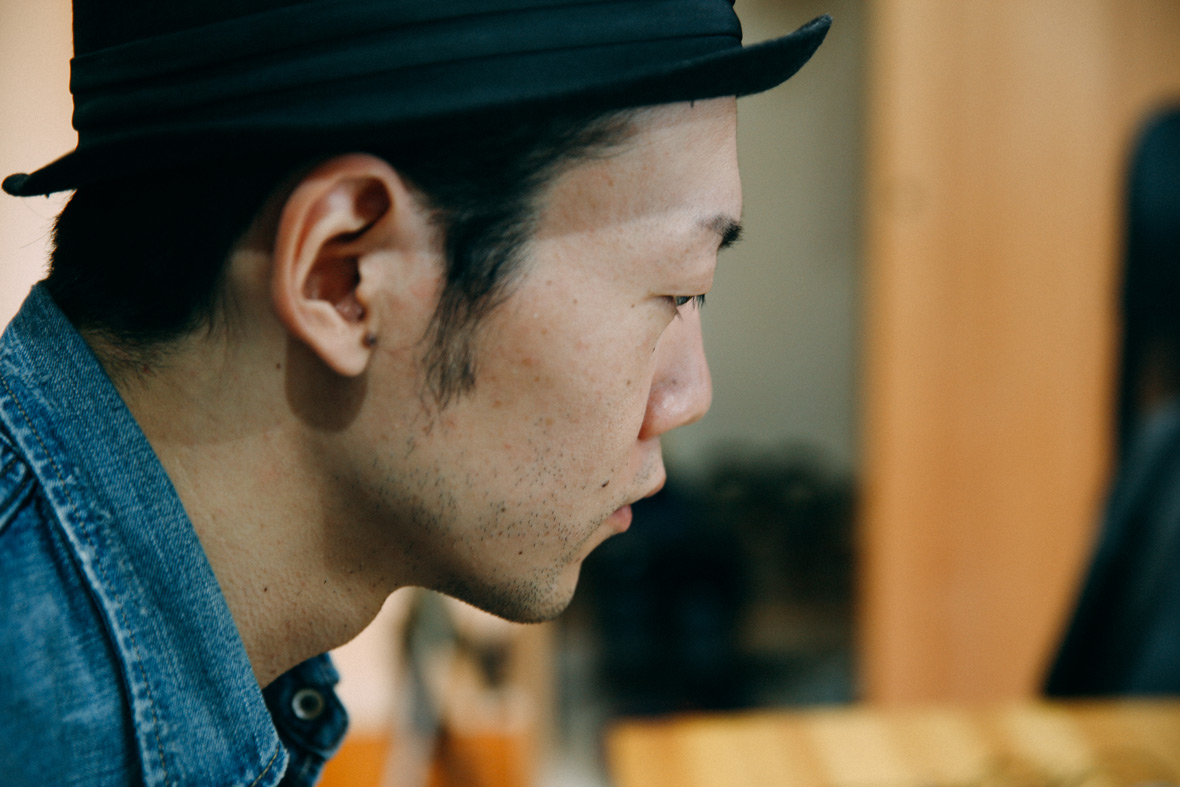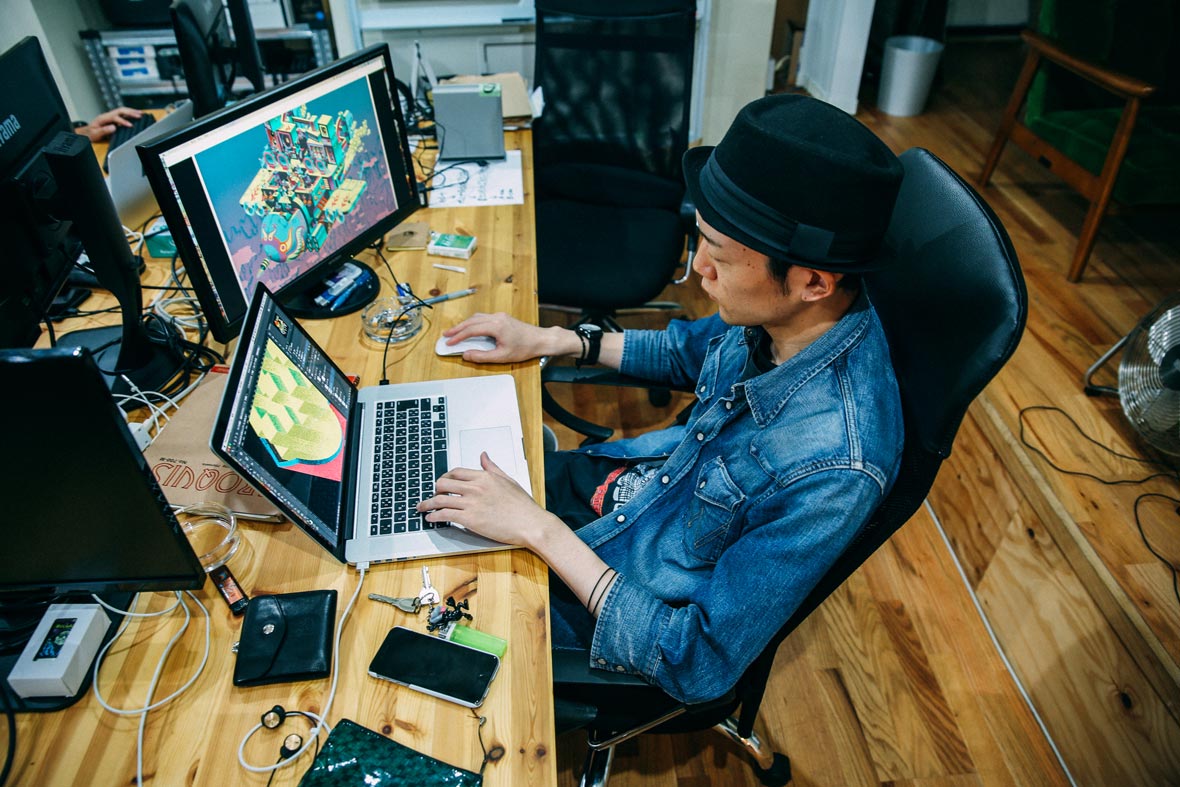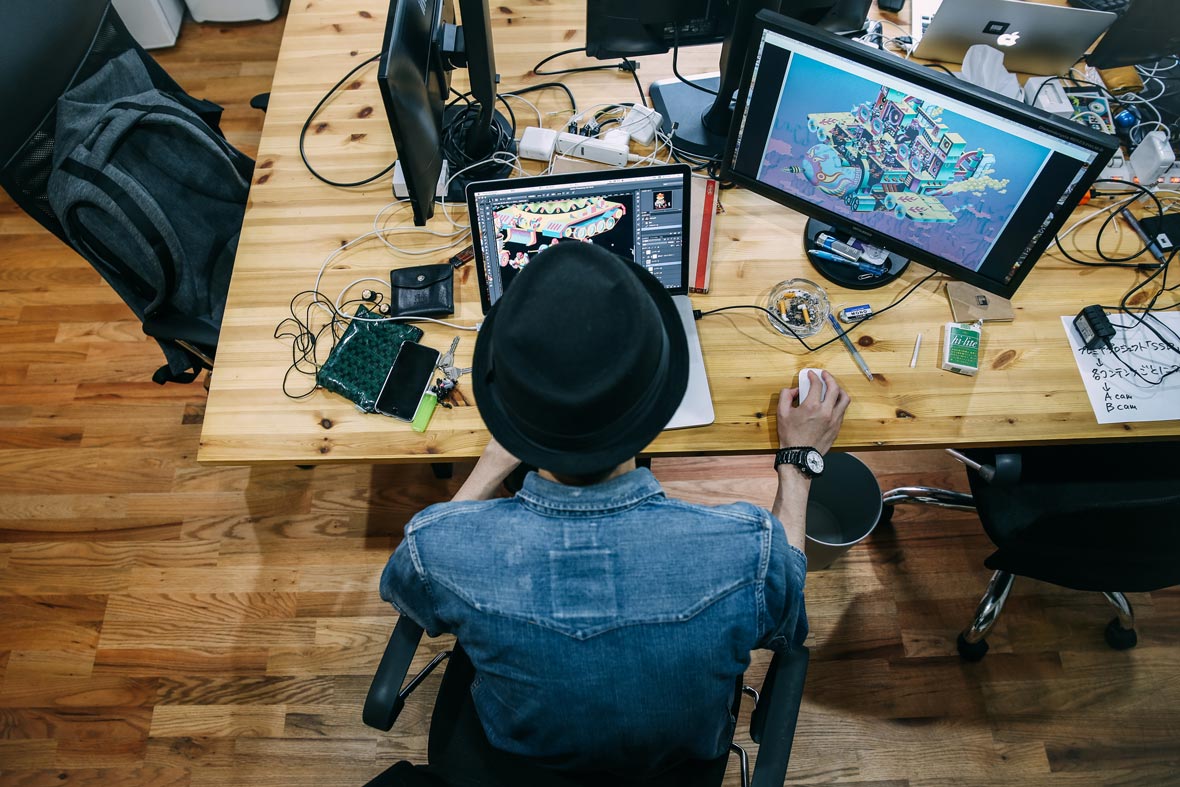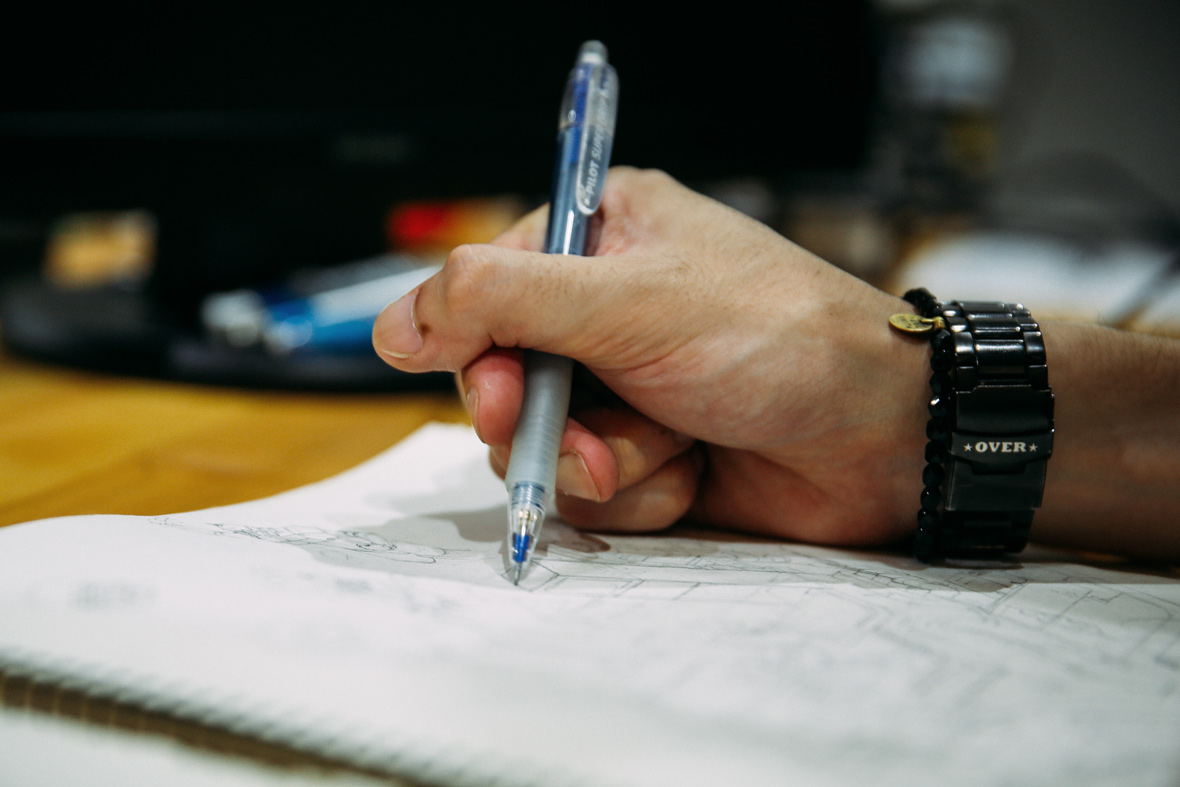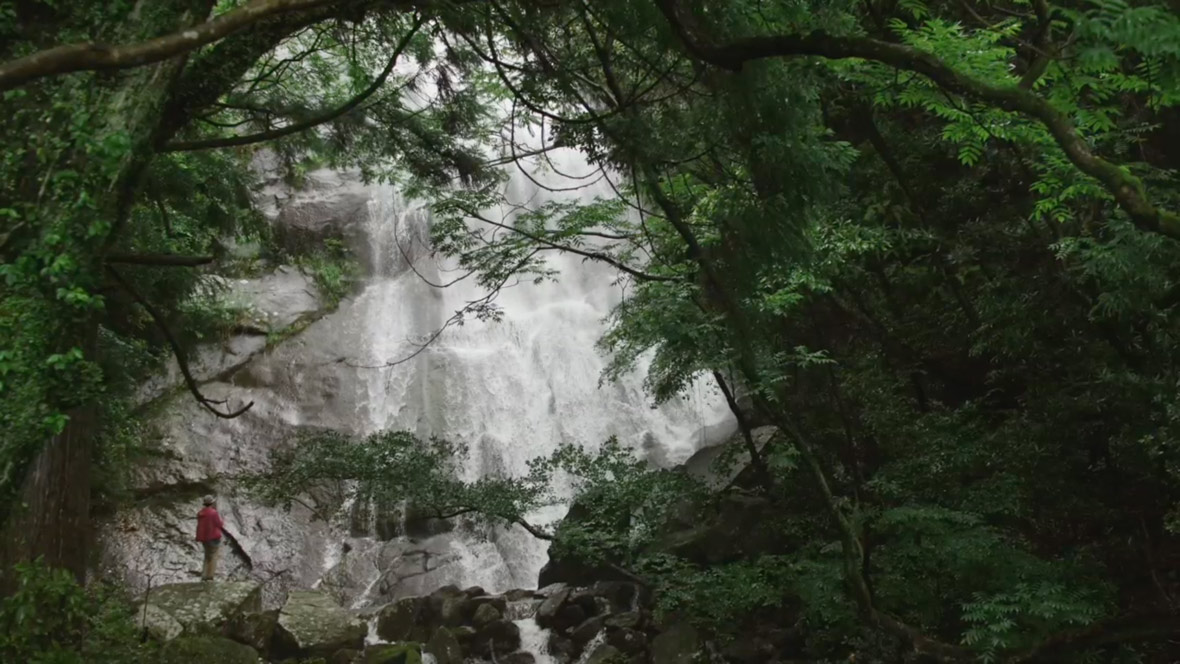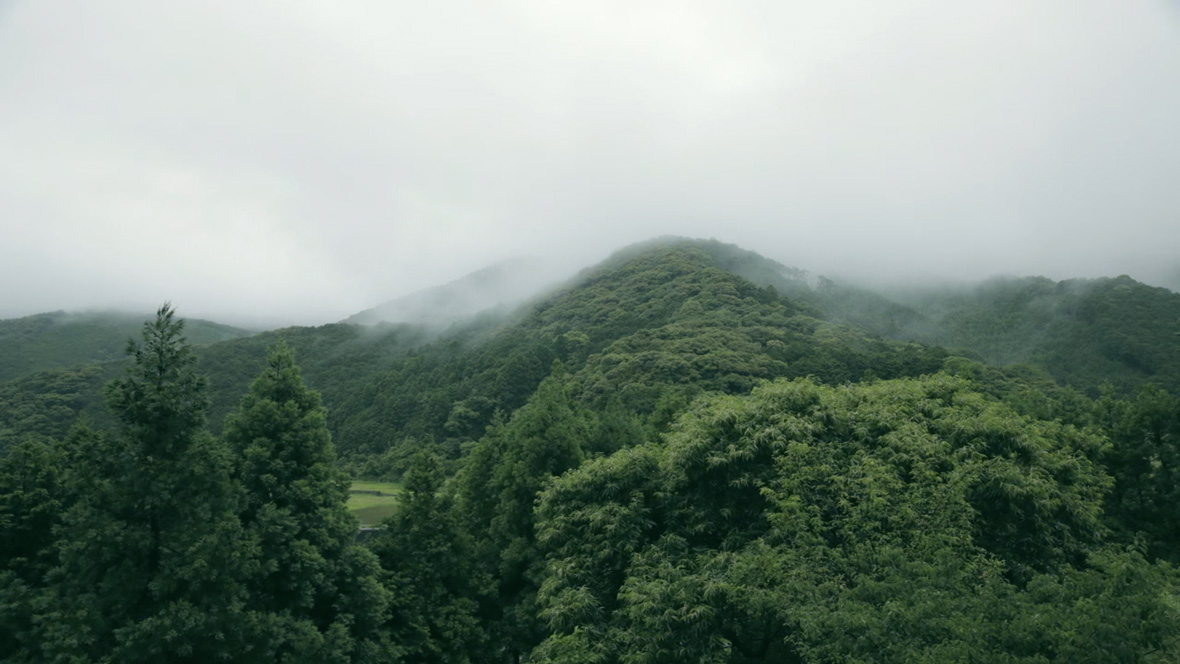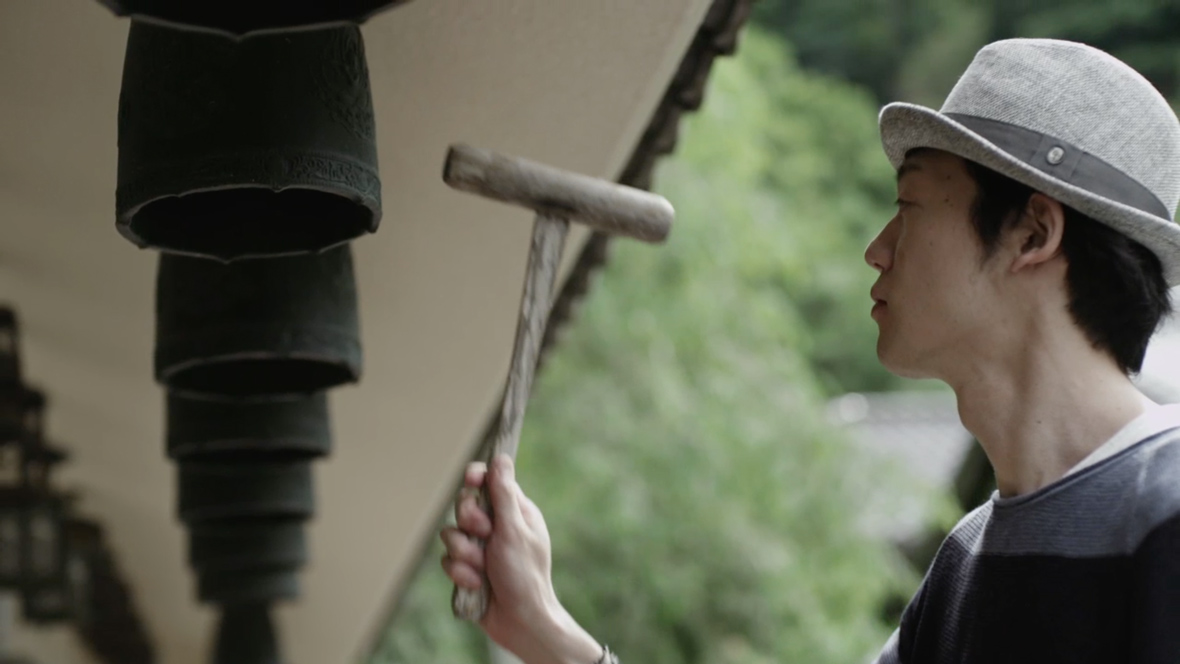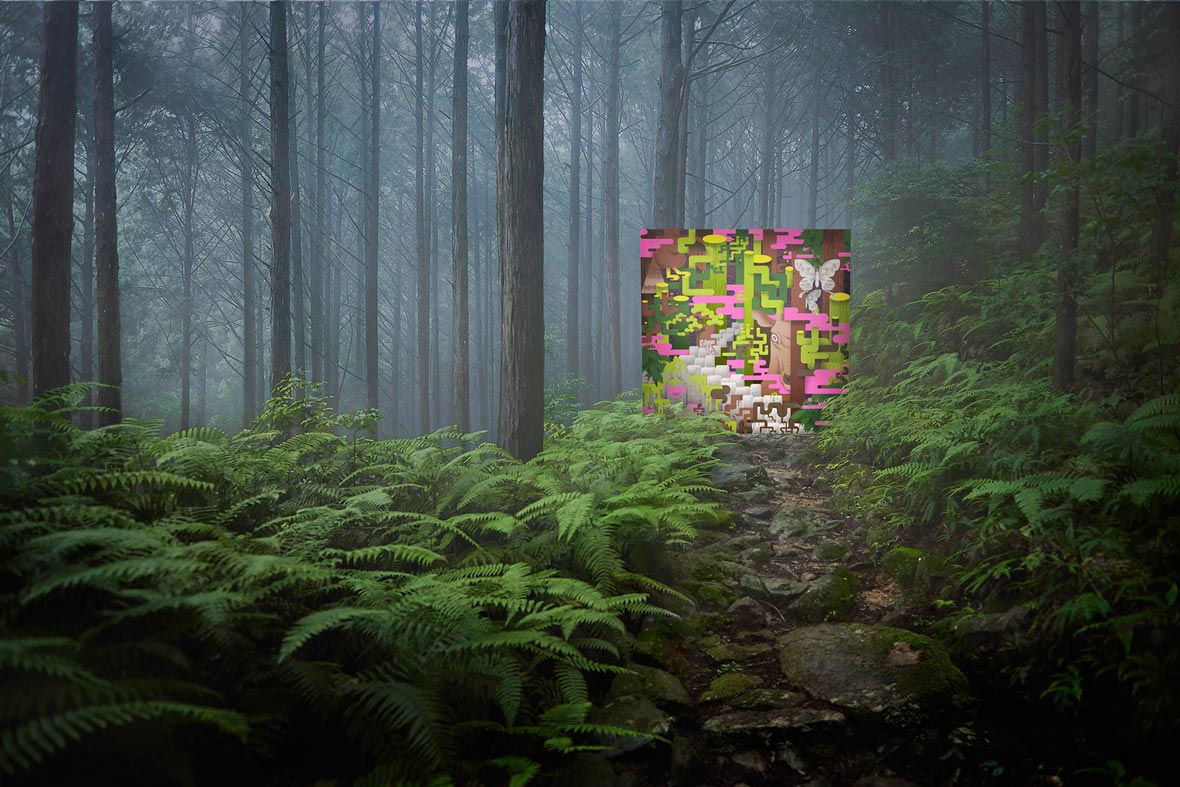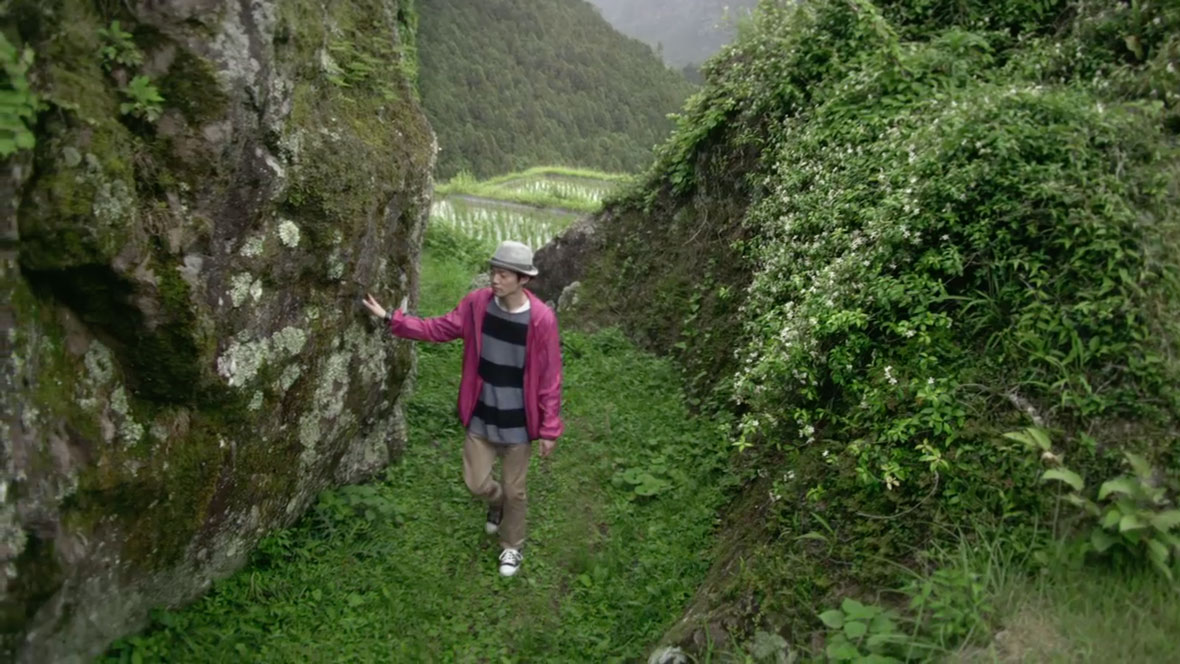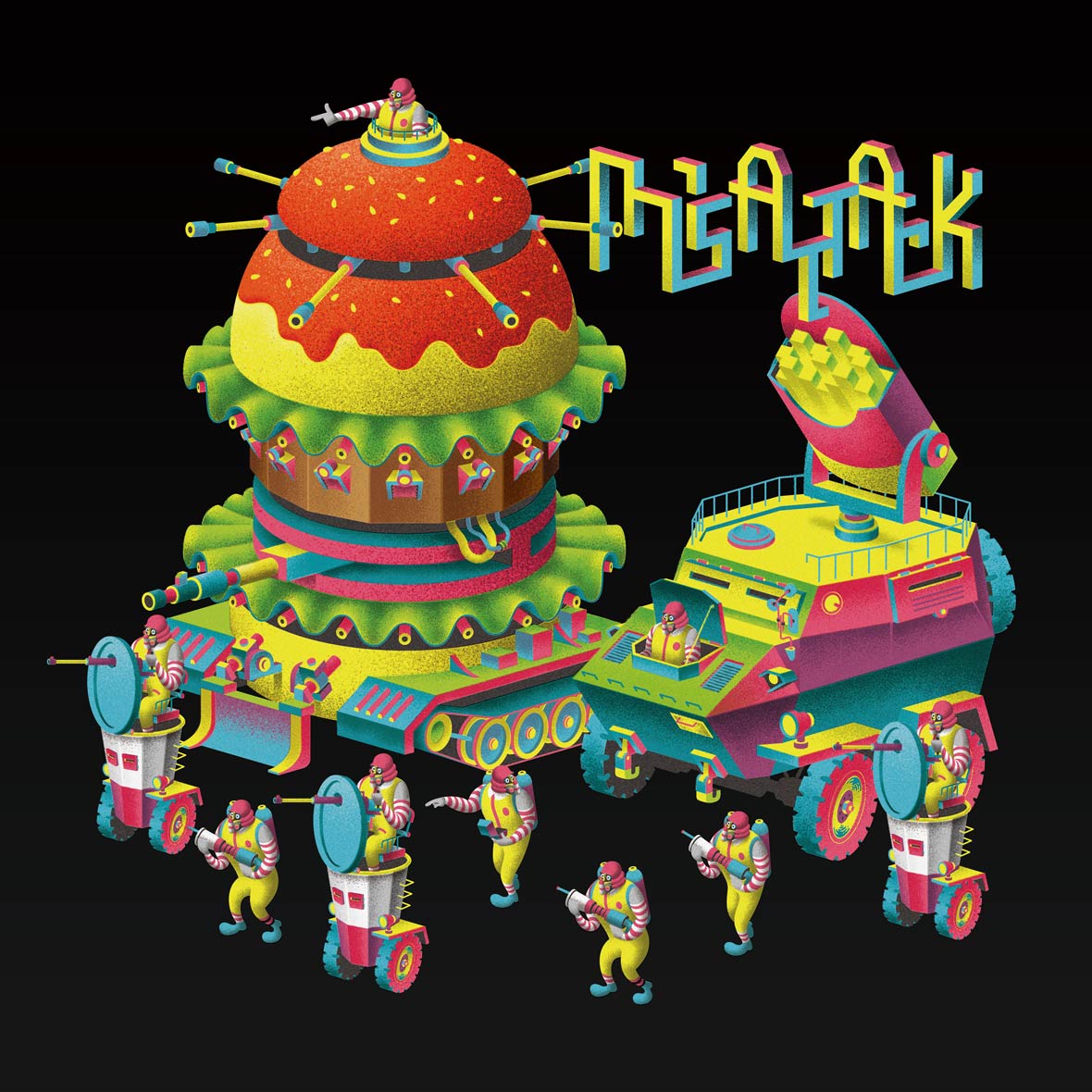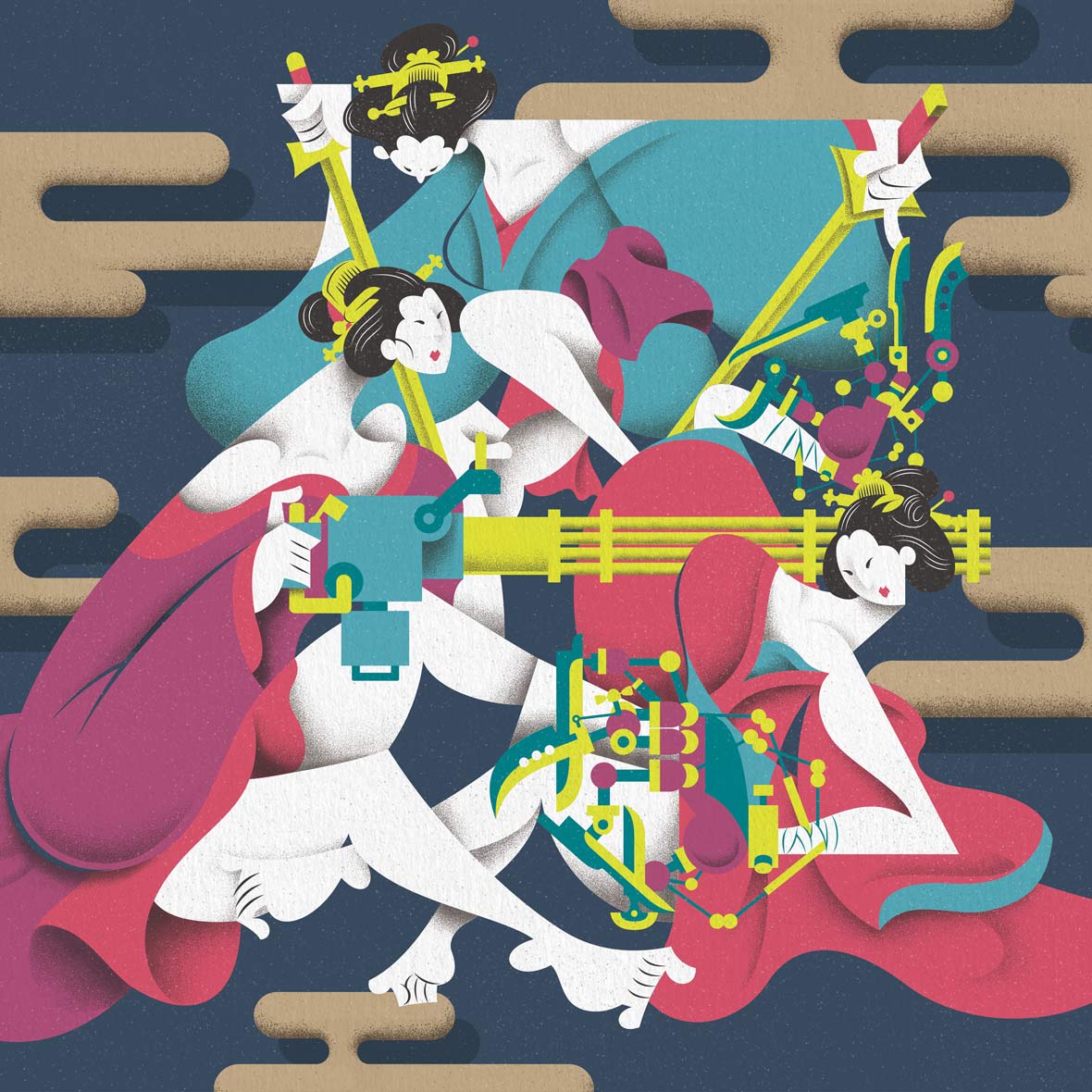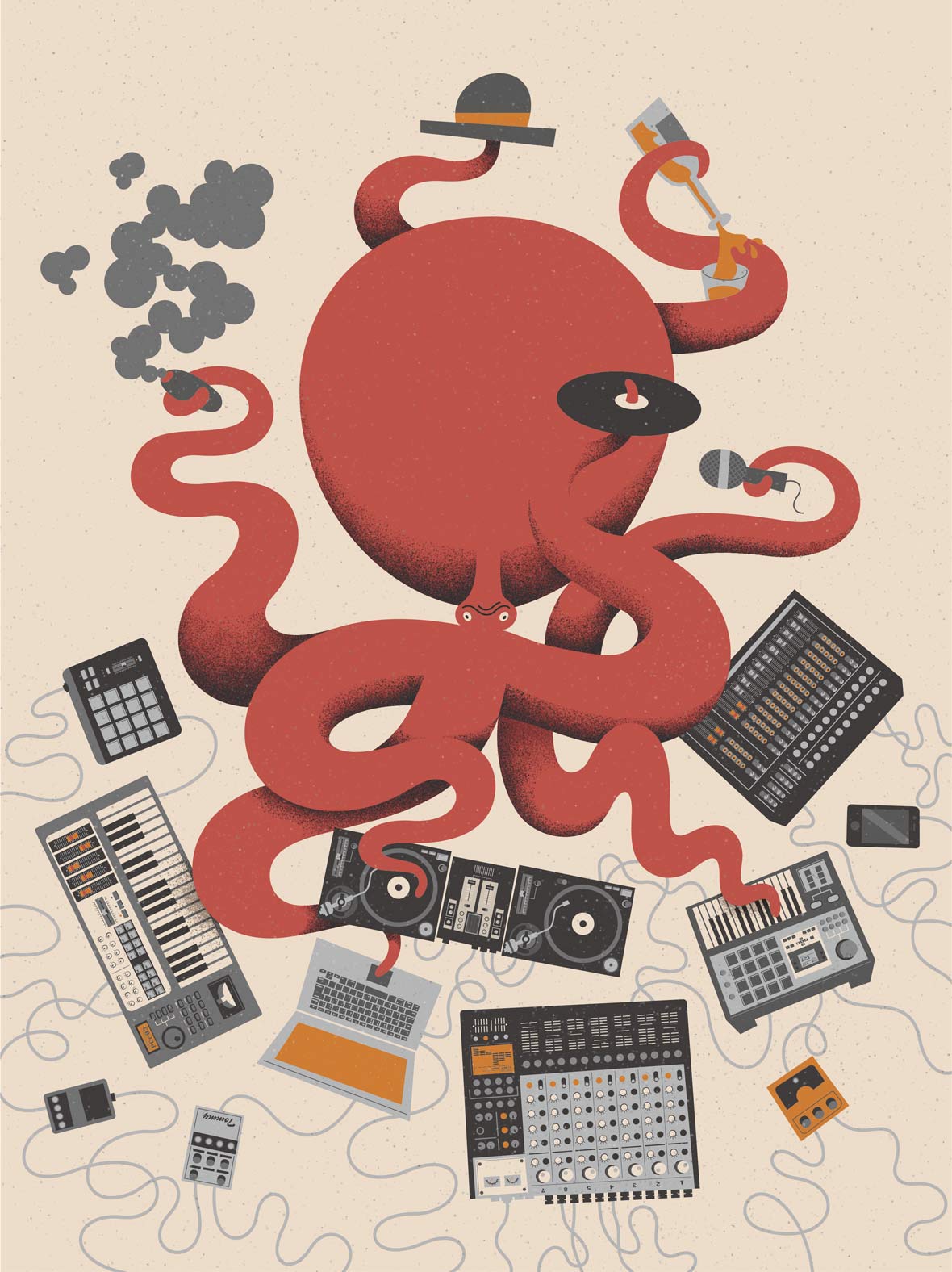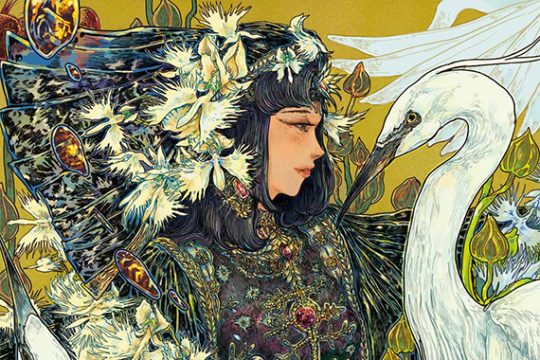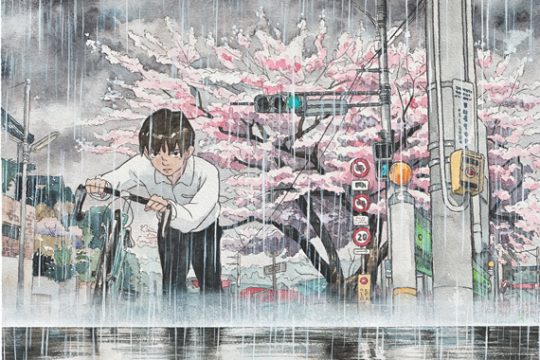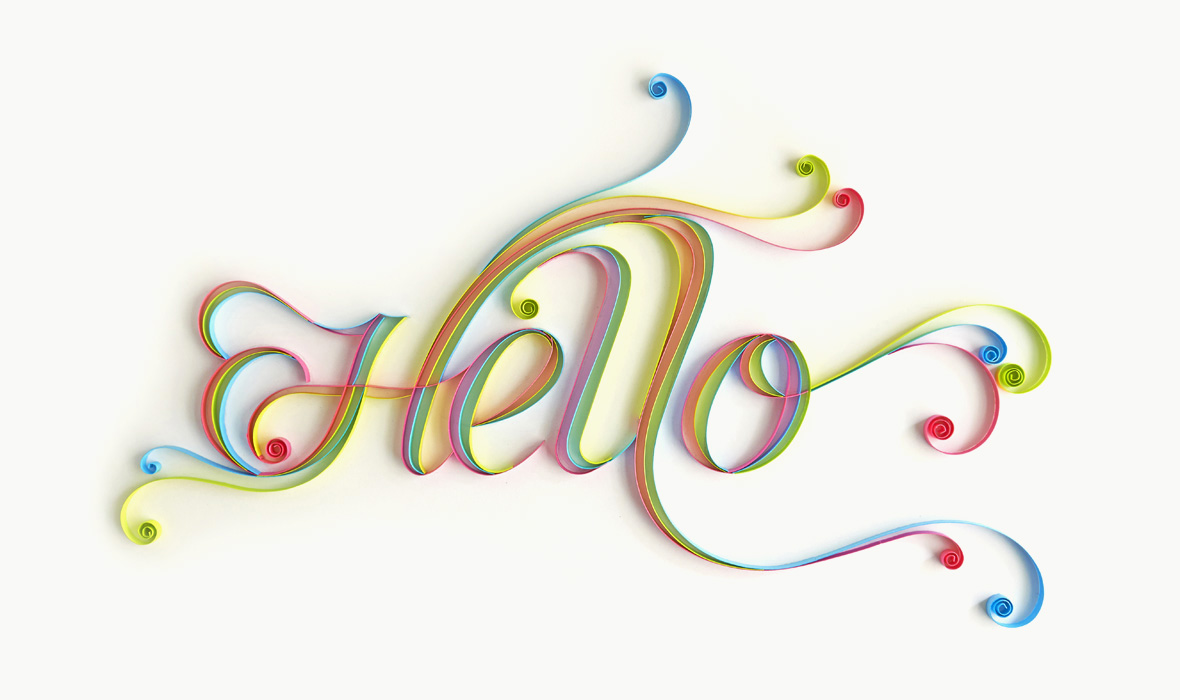
Sabeena Karnik is a graphic designer and illustrator from Mumbai, who specializes mainly in paper typography. That is to say, she creates type and letters by hand using only paper, which is the primary thing that sets her work apart from other typographers. She says that this “evokes many reactions from the viewer, especially because it is all handcrafted by me and nothing is done digitally”.
Basically Sabeena creates the visual elements by combining typography and illustration made with paper strips, which she then attaches onto a base. She uses the paper to produce different types of effects with lighting and shadows. It is quite a long process which first starts with a sketch and many days of careful work manipulating the paper by hand. The drawing serves as a guideline for sticking on 5mm or 10mm wide strips of paper. She explains, “The strips are curled, curved, folded, rounded, beautified and then glued on the edges for pasting on the base.”
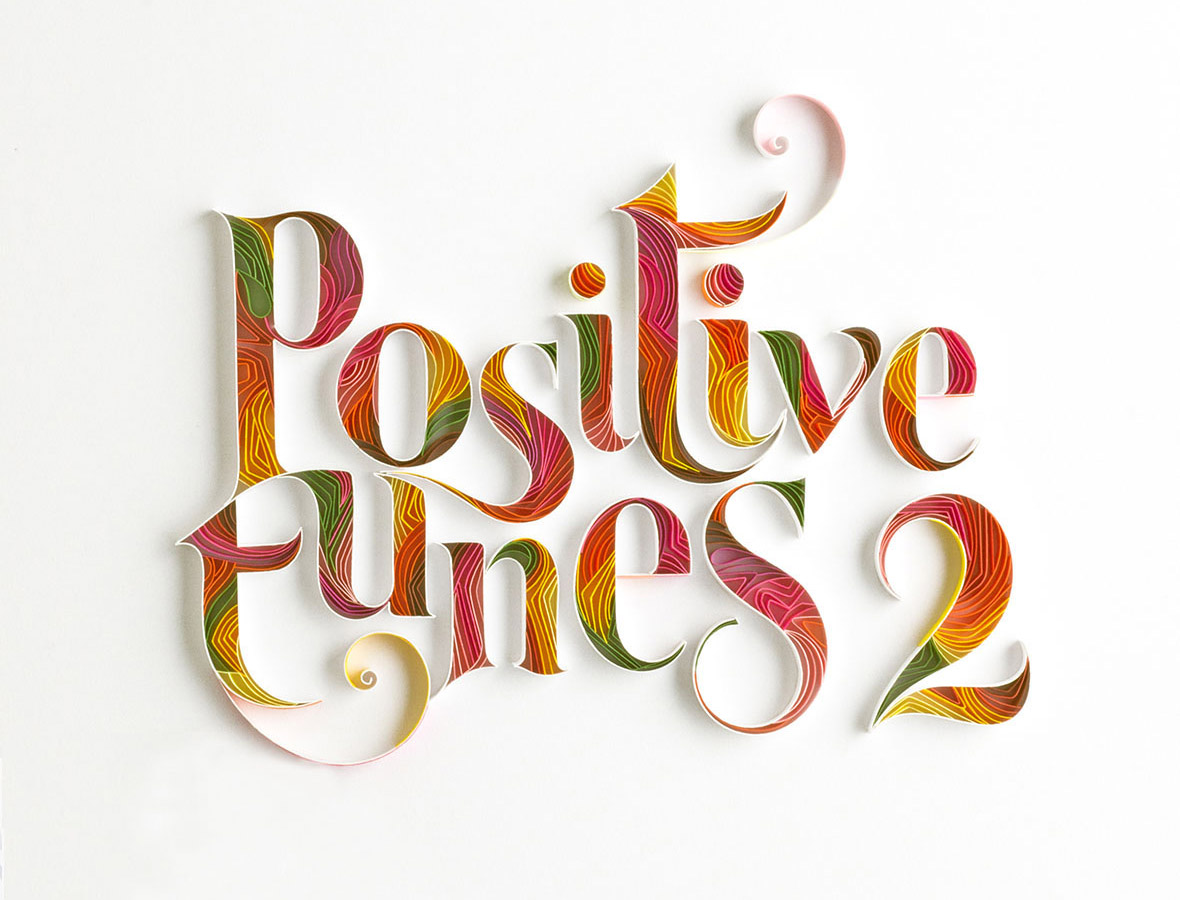
One illustration can take around 7-10 days to finish, with each day generally lasting 12 hours. The process requires a lot of patience, precision and careful handling of the paper, since it is very delicate and easy to crush. Once the art is ready, Sabeena then takes it to the studio to be photographed. She says, “The effect light produces when it falls on the paper art is quite magical and makes the art complete.” Finally in the end, it materializes as a three-dimensional piece of art.
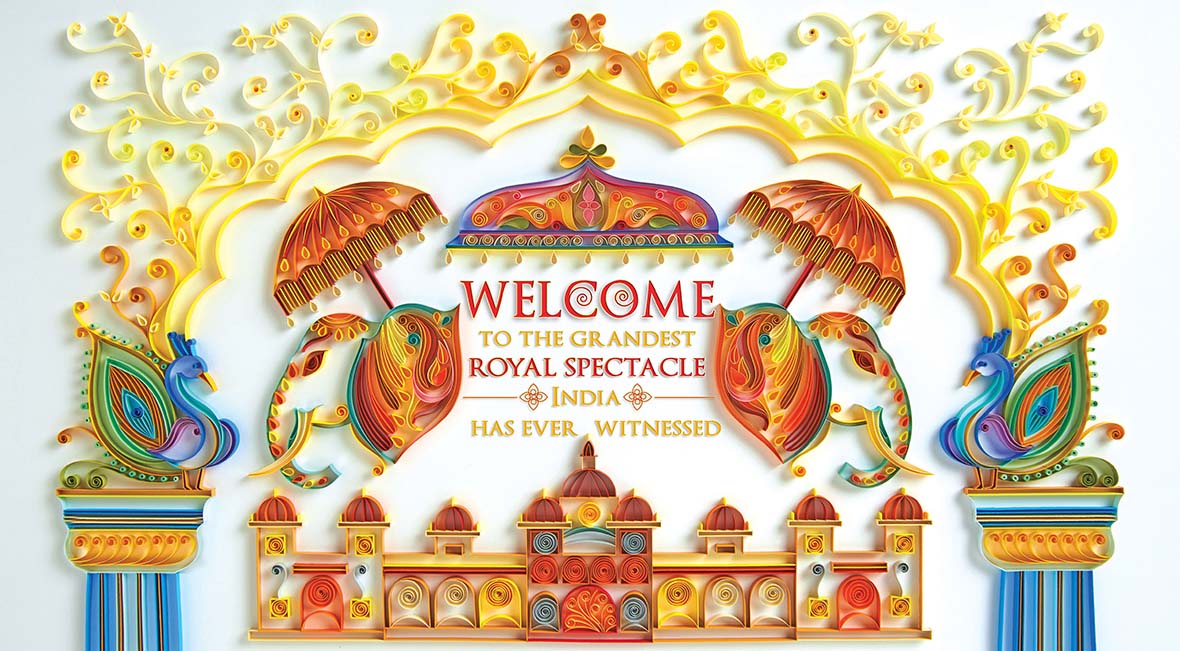
Her interest in paper typography started three years ago when she started doing an entire series on the alphabet one afternoon. Initially there was no intention to make it a career. While in university, Sabeena studied graphic design with a special focus on typography. During this time, working with paper and hand lettering was always something that she was passionate about. A simple experiment one day led to her attempt to make the entire alphabet. According to her, this whole process gave her immense joy and the outcome was overwhelming. Soon after this, Sabeena started getting assignments and jobs from overseas which all involved paper typography.
She says that her creative inspiration comes from everywhere: “A lot of it is from nature, handicrafts, and impressionist paintings when it comes to usage of colours, architecture, people.” It’s very hard for her to pick a favorite piece of work that she’s made, but one project that has given her immense pride and a great sense of fulfillment was a promotional campaign she did for the Mysore Palace in India for Karnataka tourism. “For that, I had to create a miniature version of the palace with a lot of detailing in my own way using paper,” she says, “It had some typography but the focus was on the illustration. The advertisement was published across billboards and magazines in India and overseas. It still makes me emotional when I reminisce about it.”
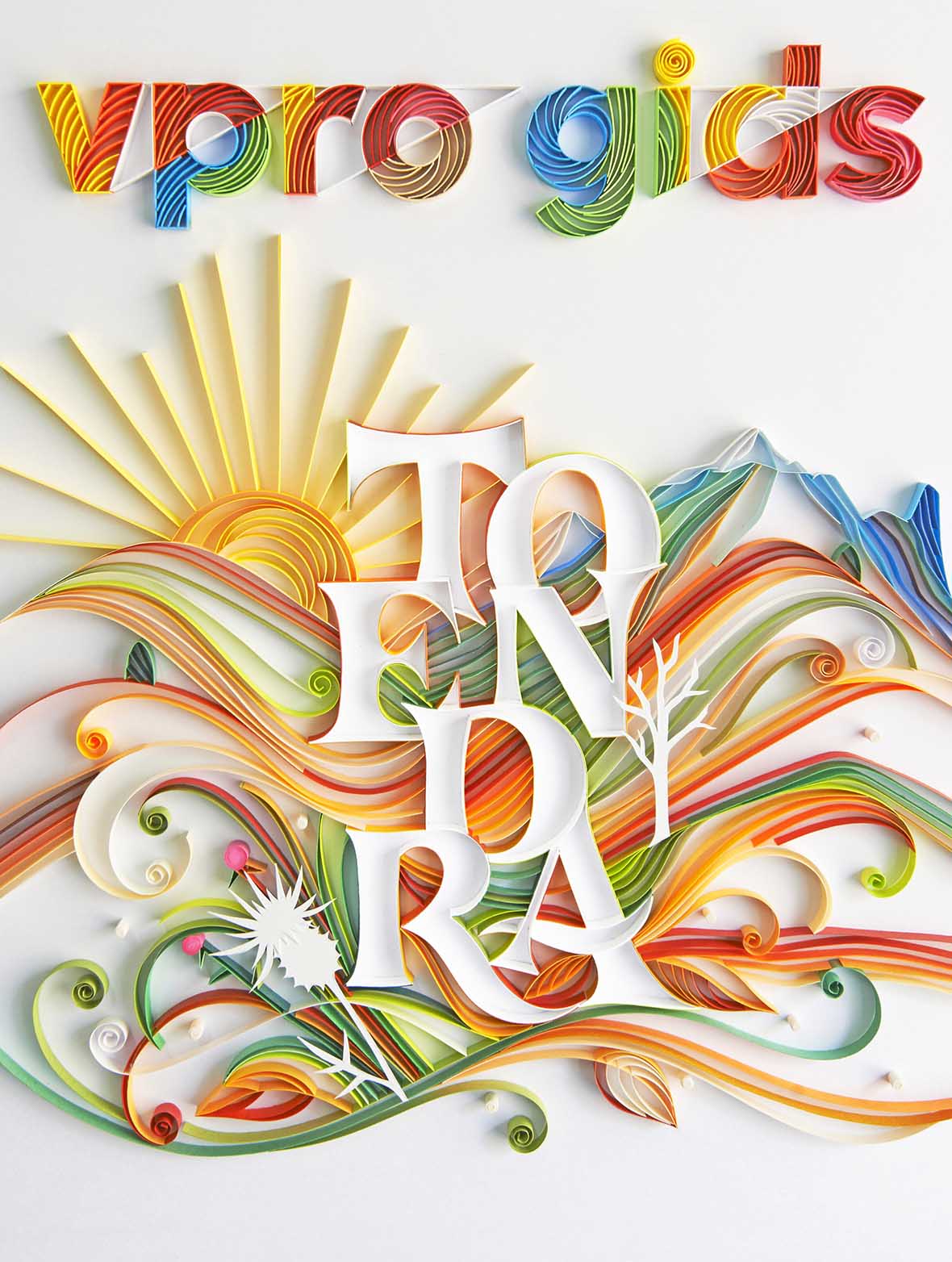
Sabeena admits that, to a large extent, her work really reflects who she is as a person. She likes things to be precise and neat when it comes to what she creates, and this applies to her life as well. “Experimentation and taking risks is essential in work and in life,” she says, “There shouldn’t be any restrictions. There are days when I consider myself to be as delicate and fragile as the papers I work with.” After her paper creations are photographed, they are kept, cared for like babies, and stored away in boxes that she also makes herself. Sabeena says, “Someday I hope to exhibit them all under one venue.”
